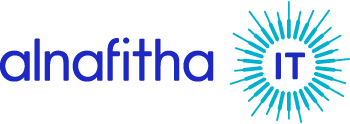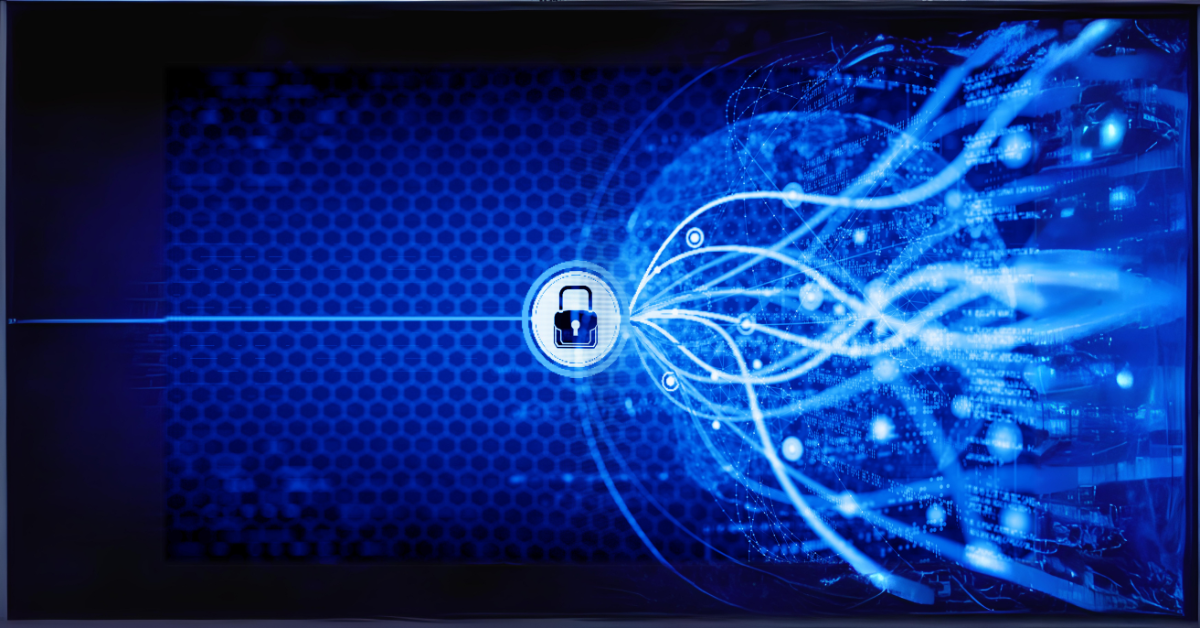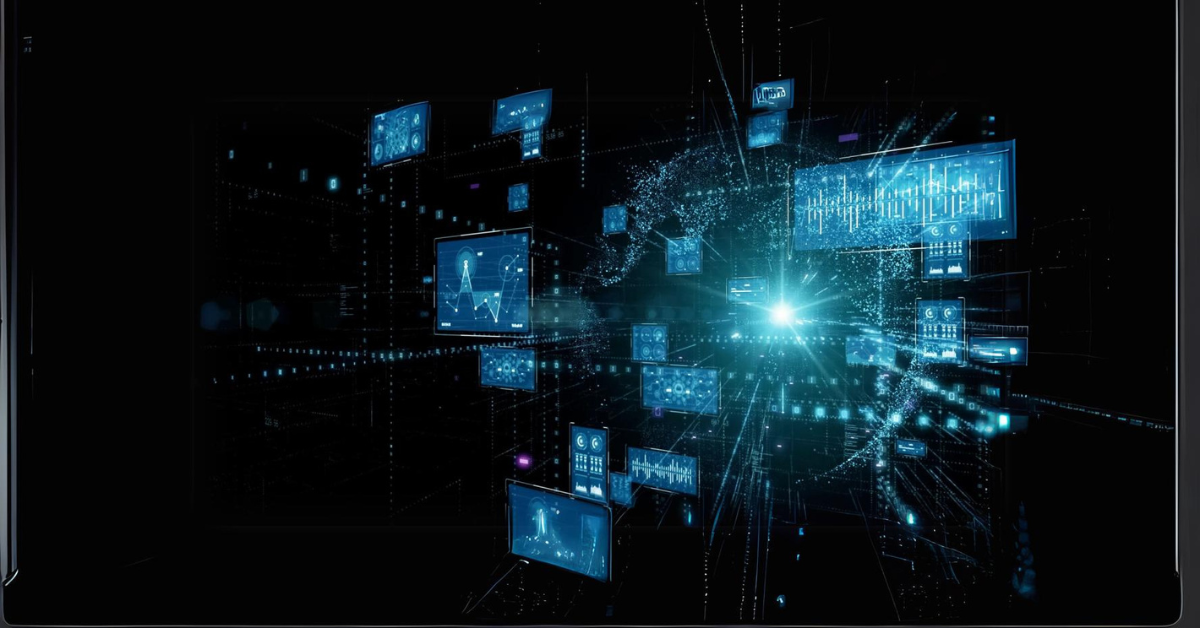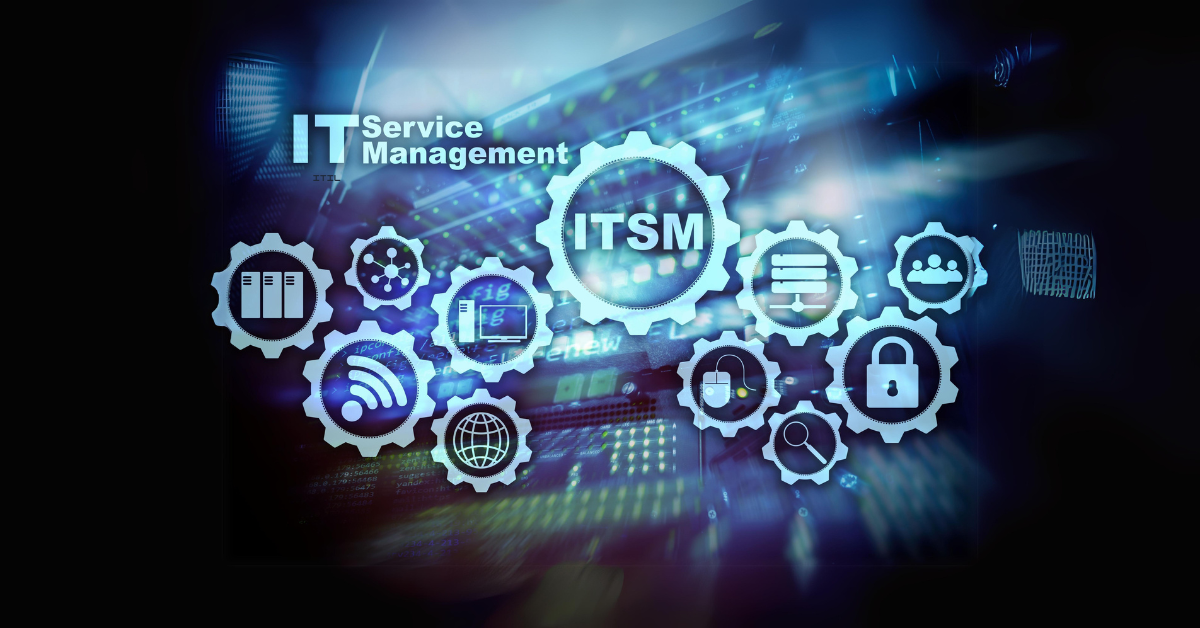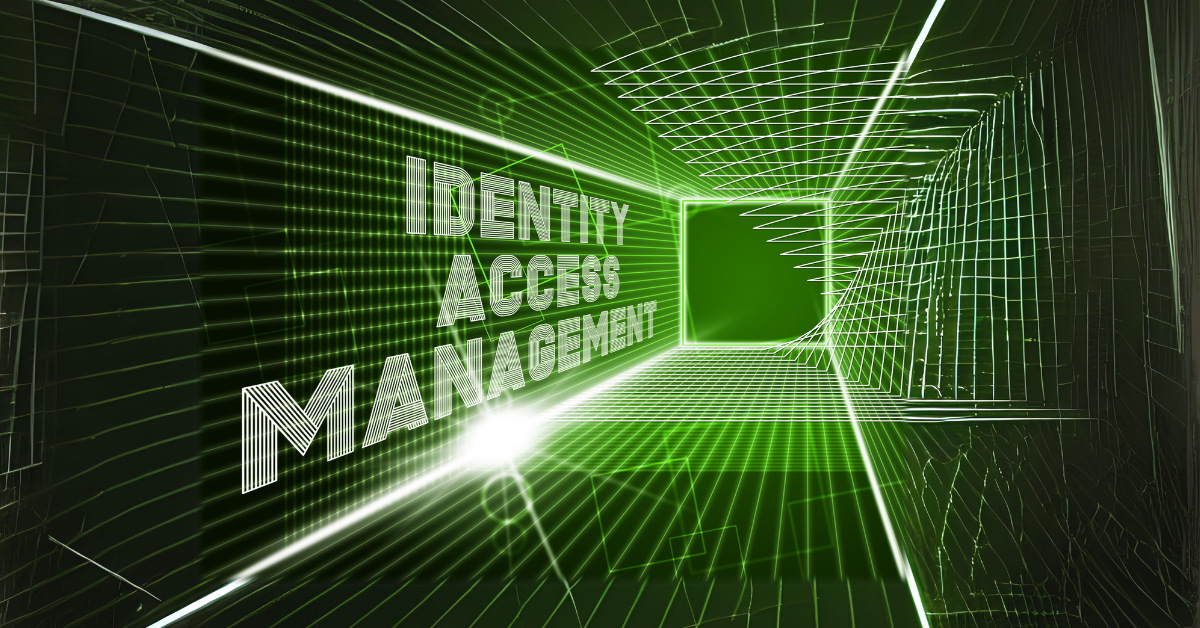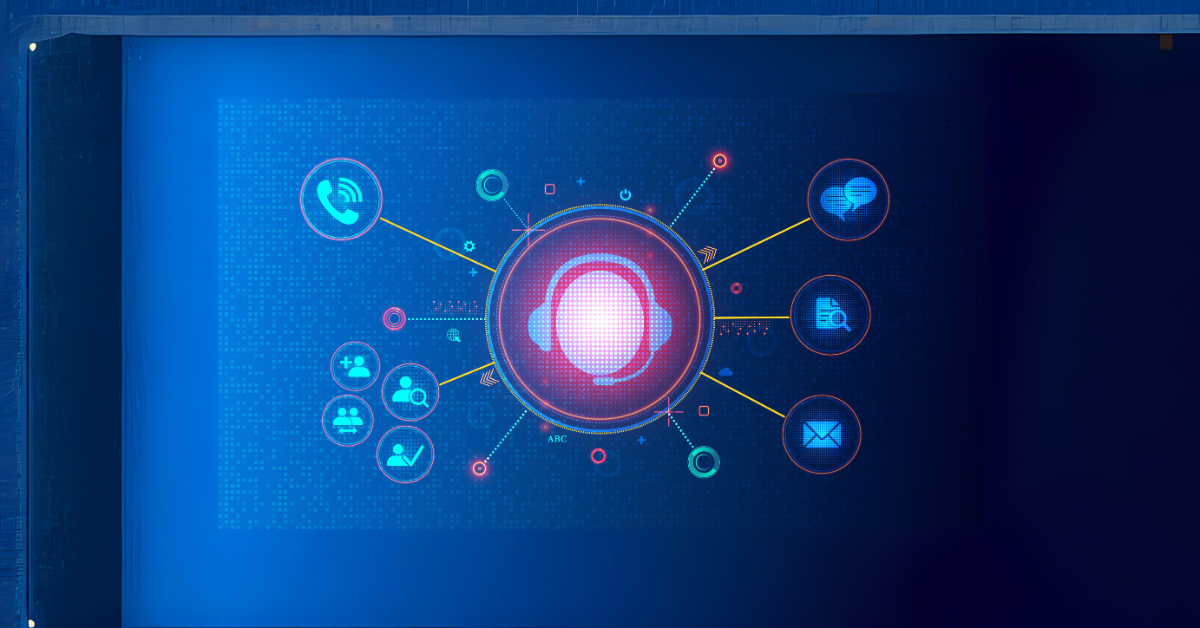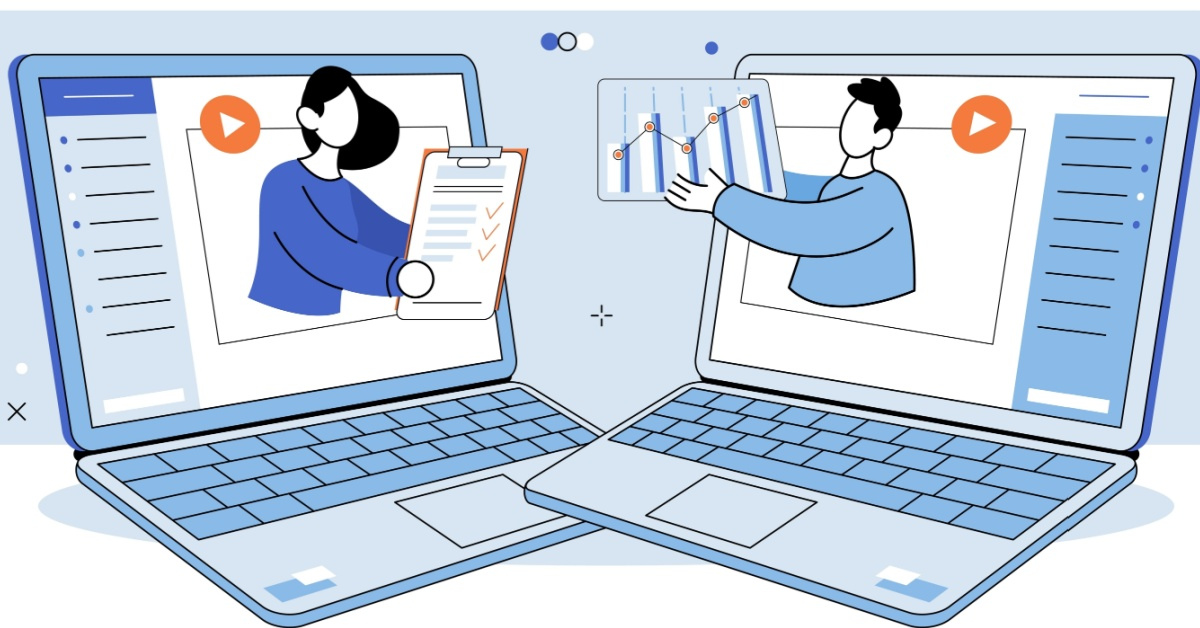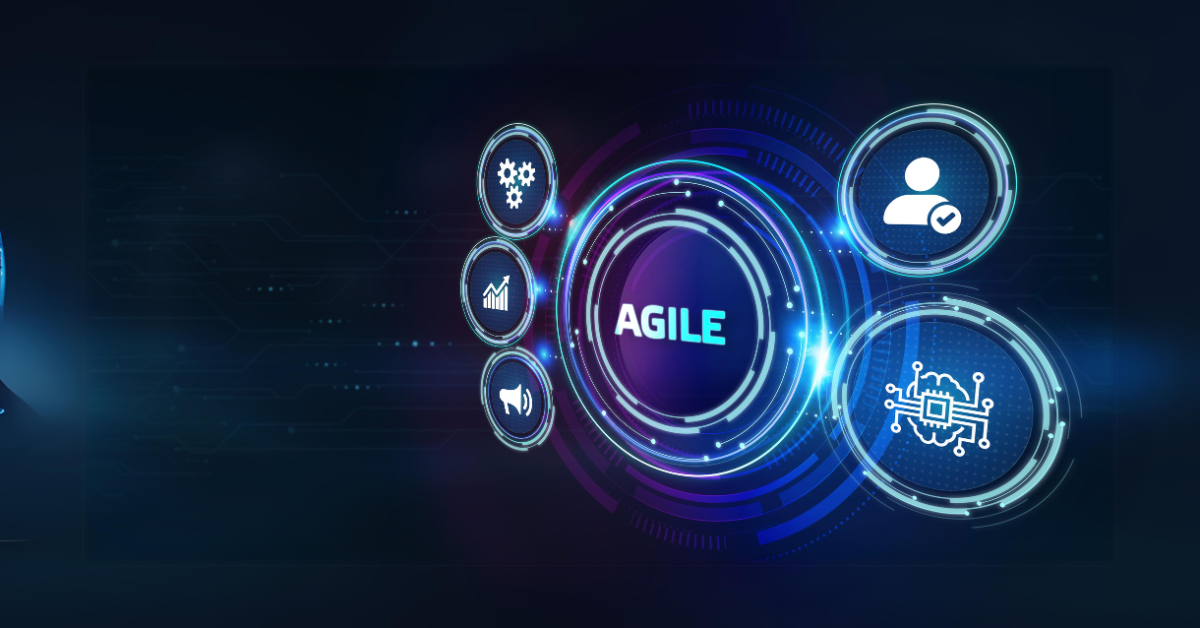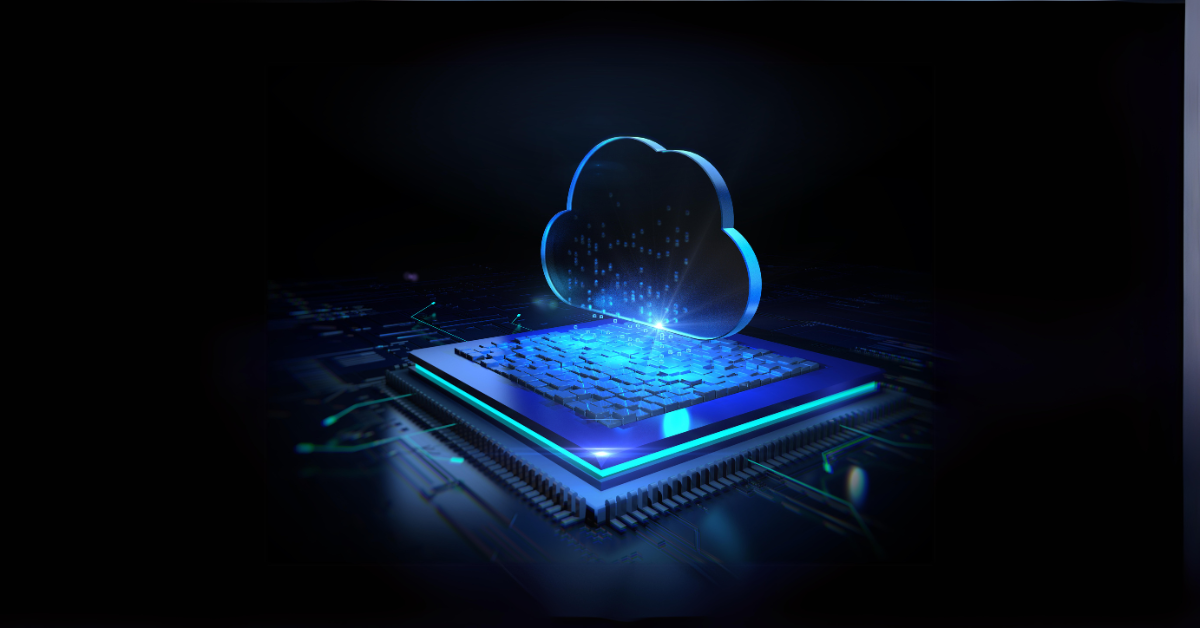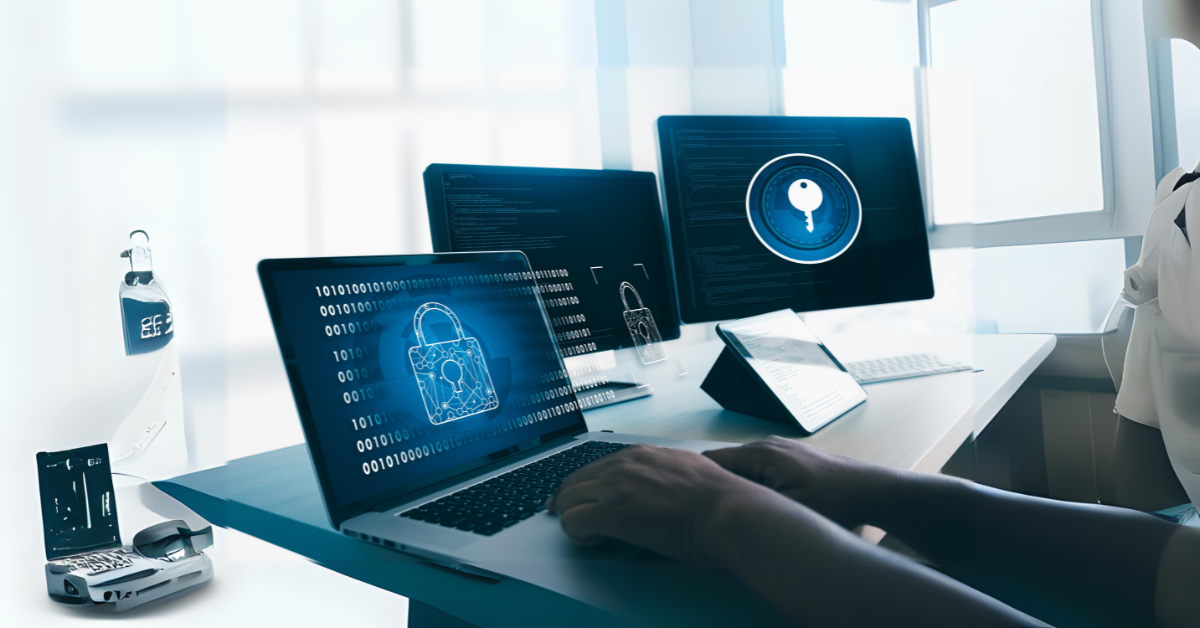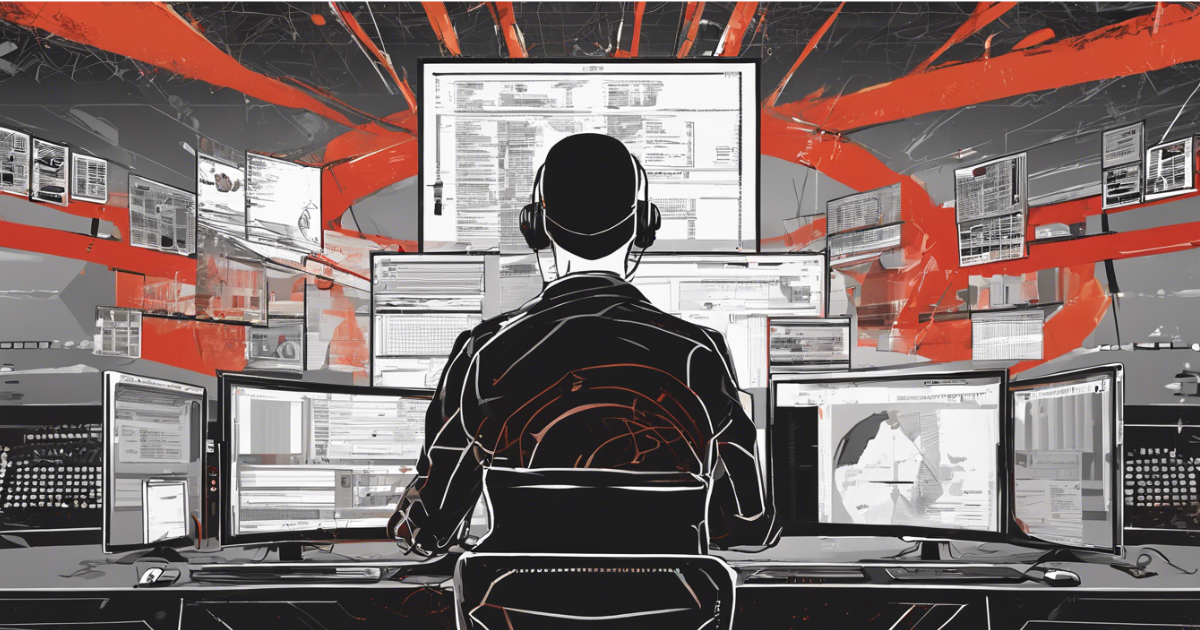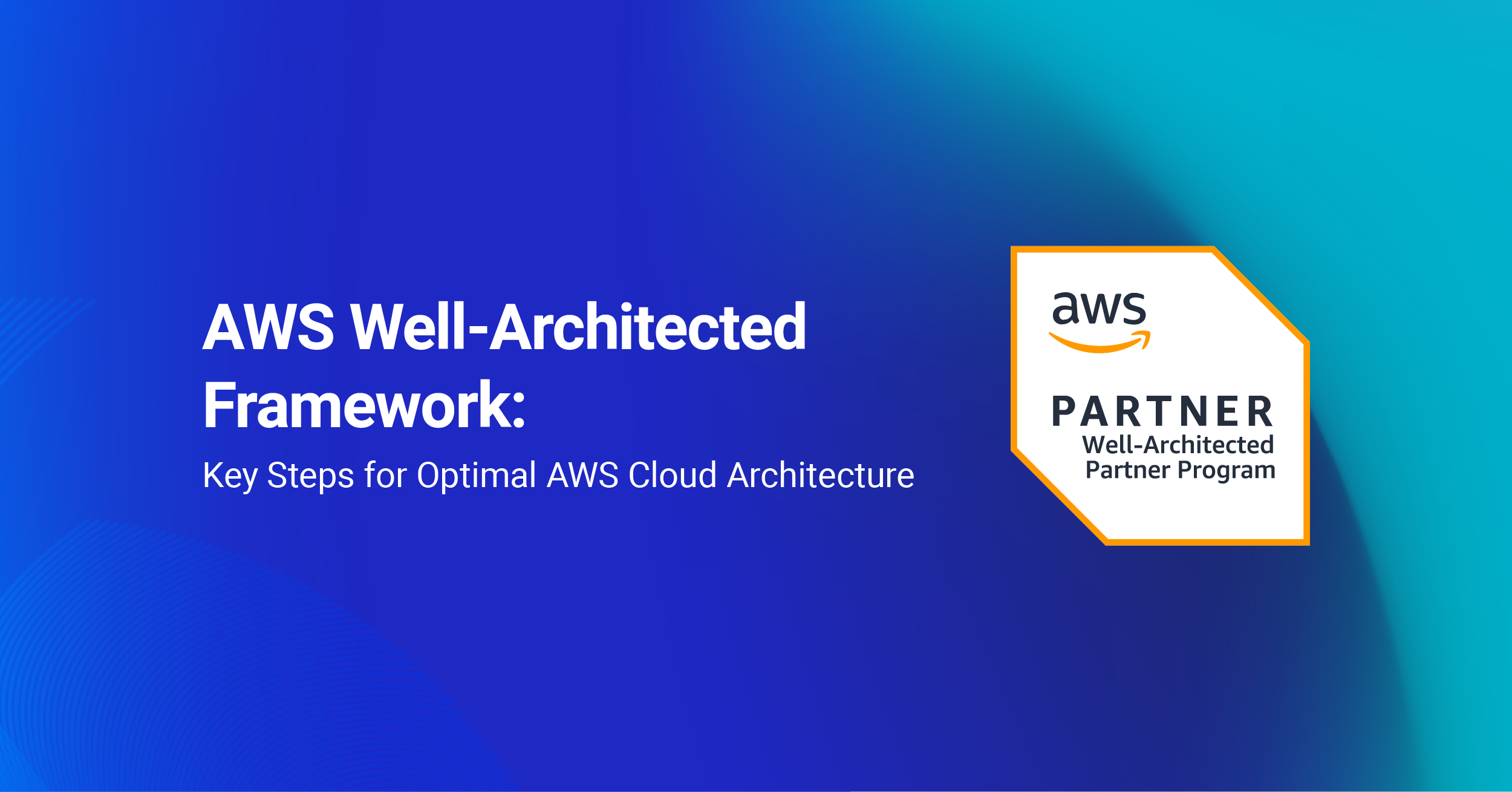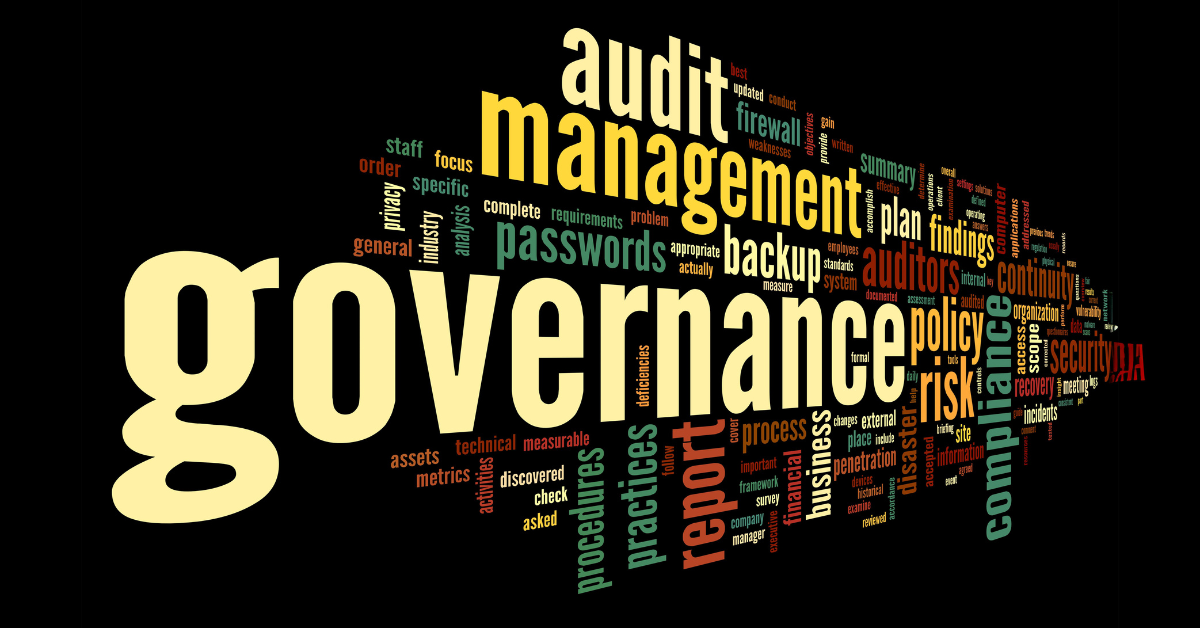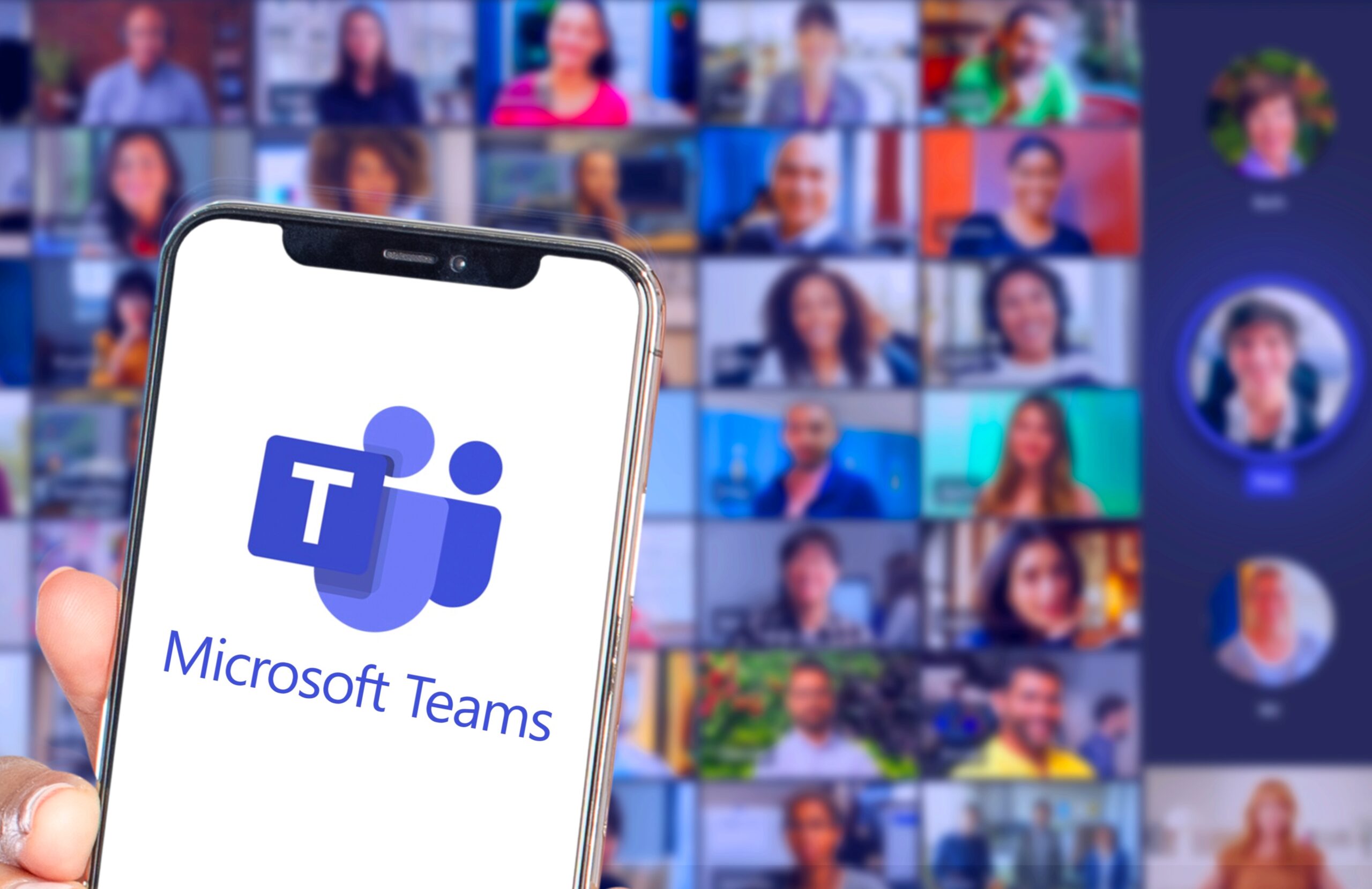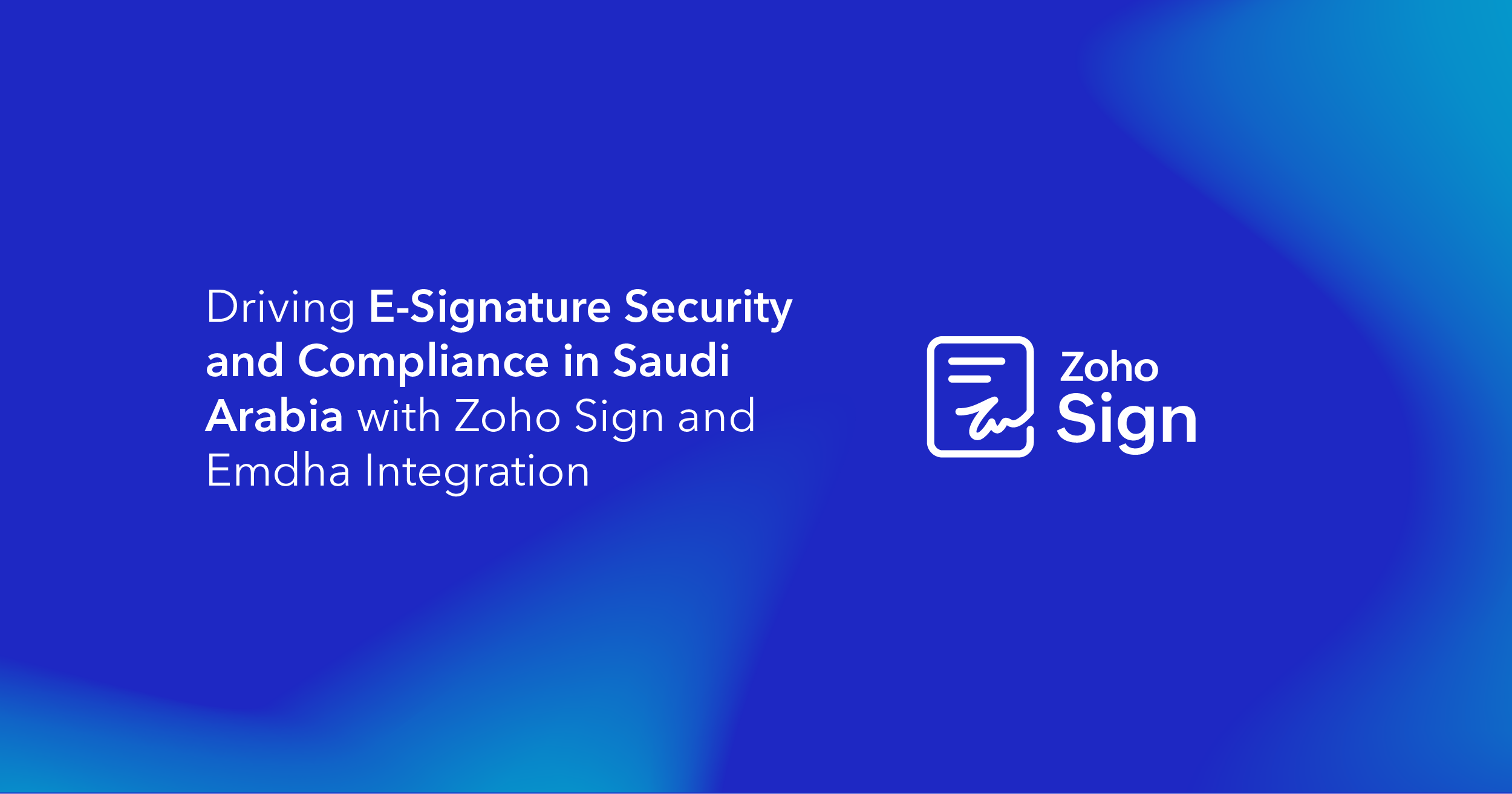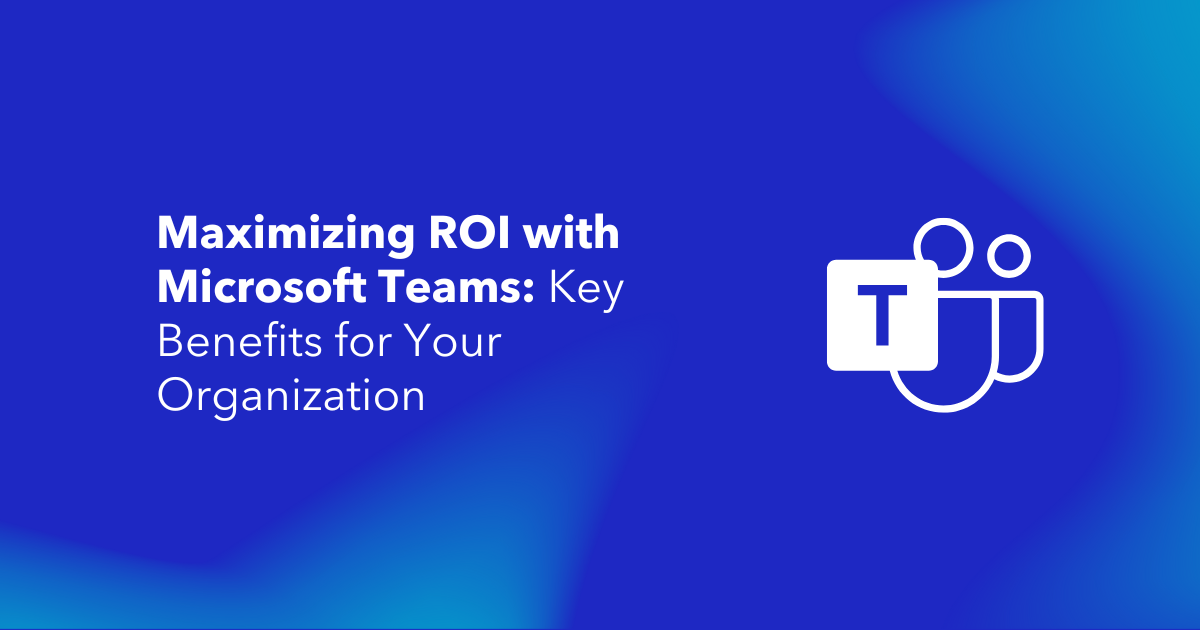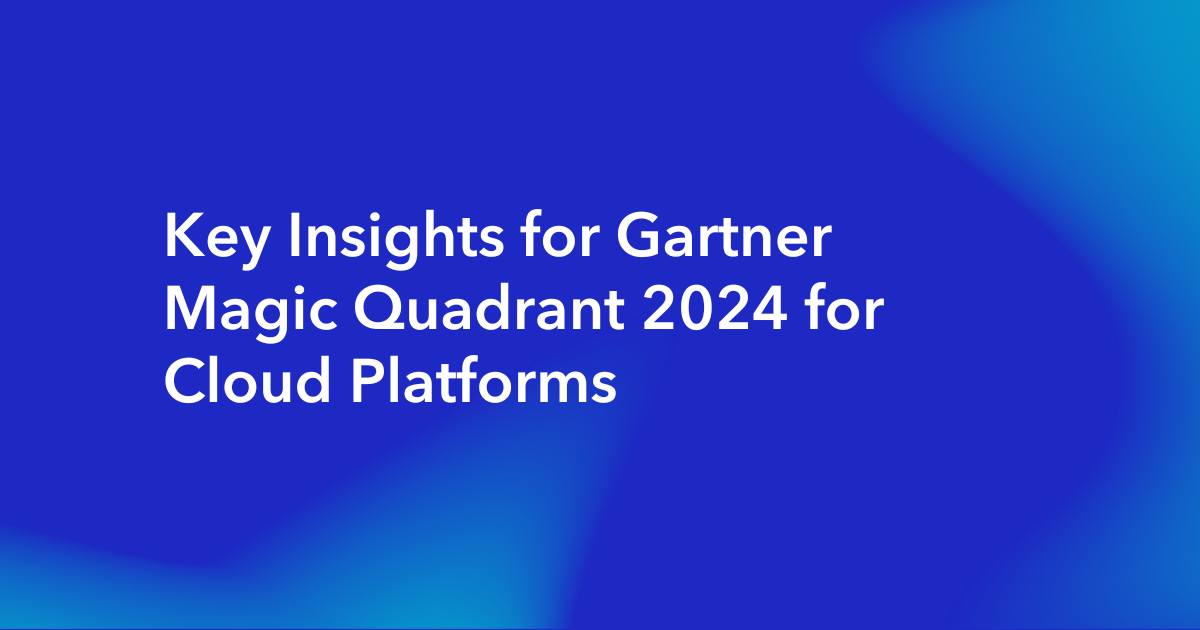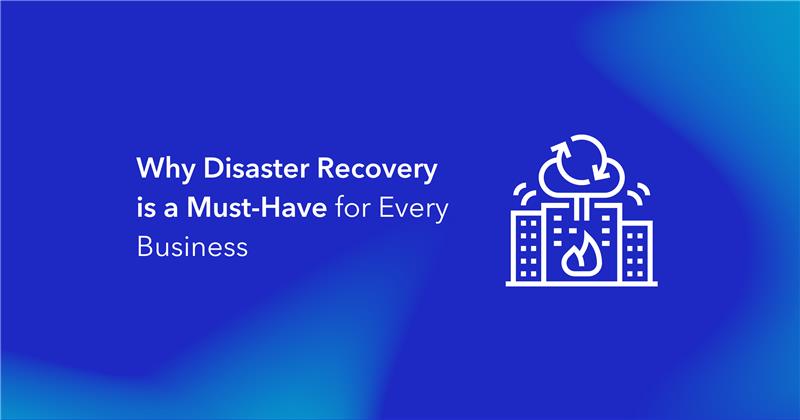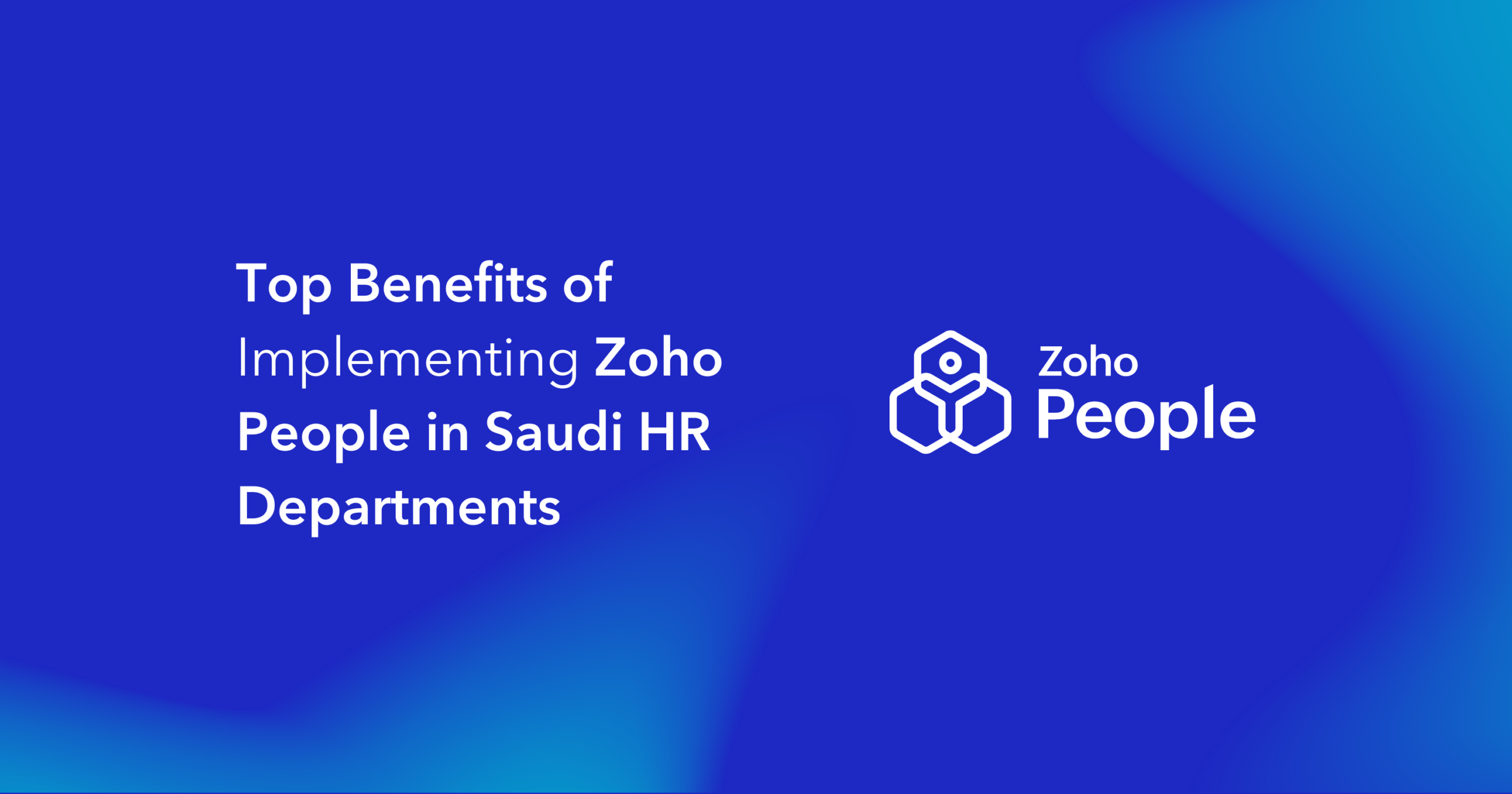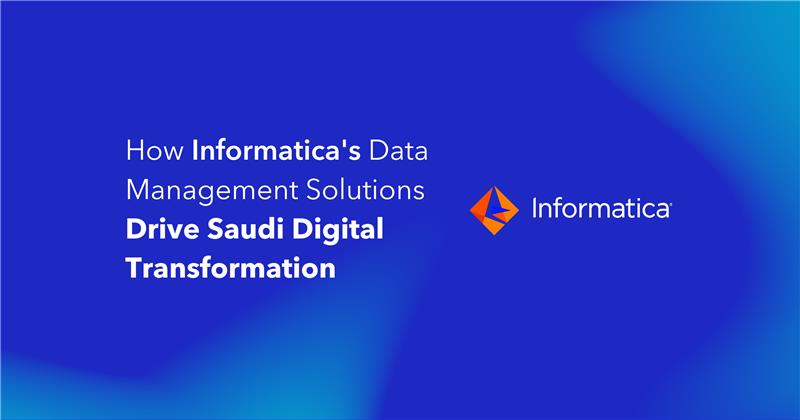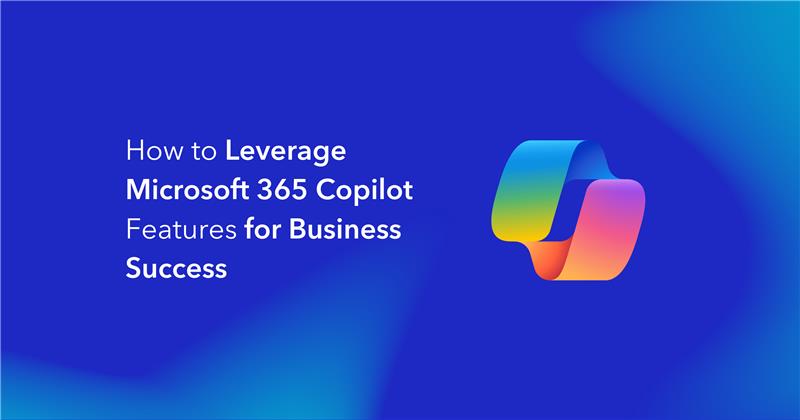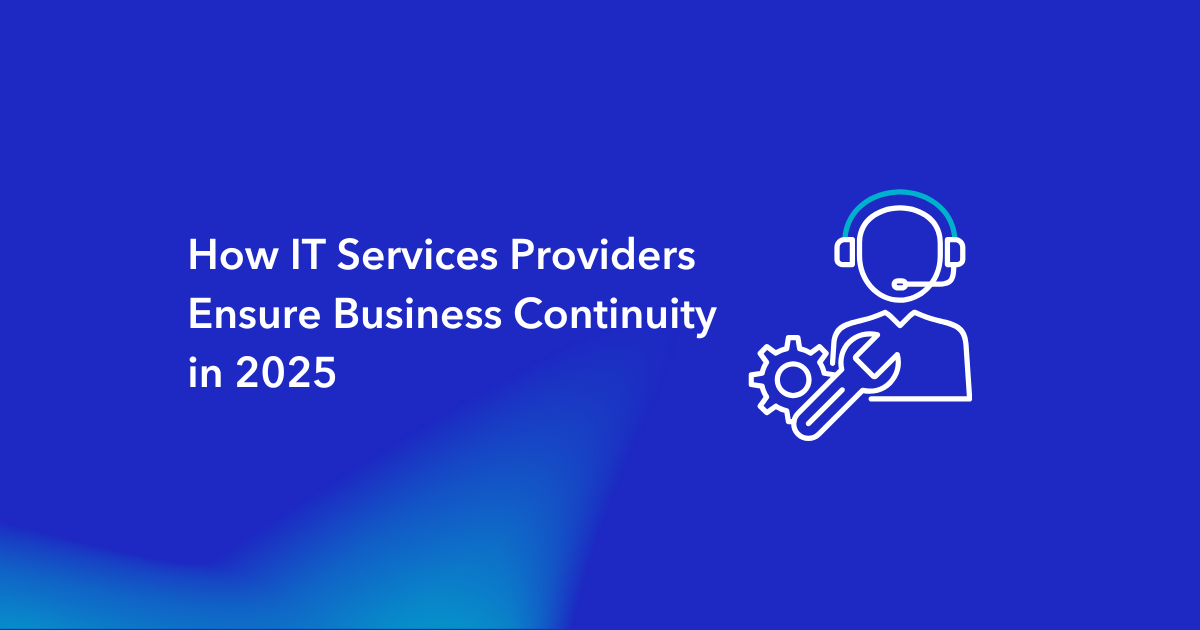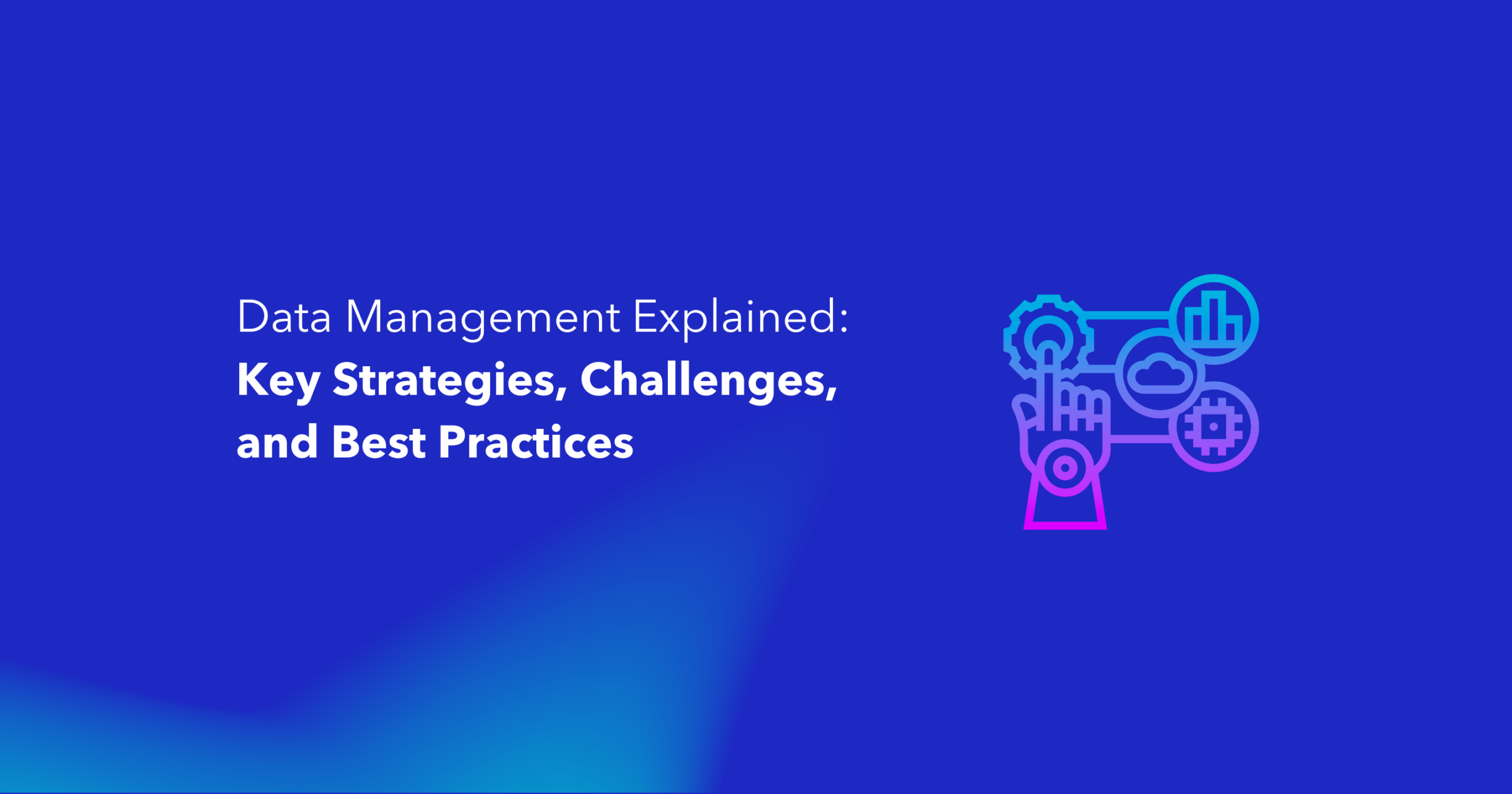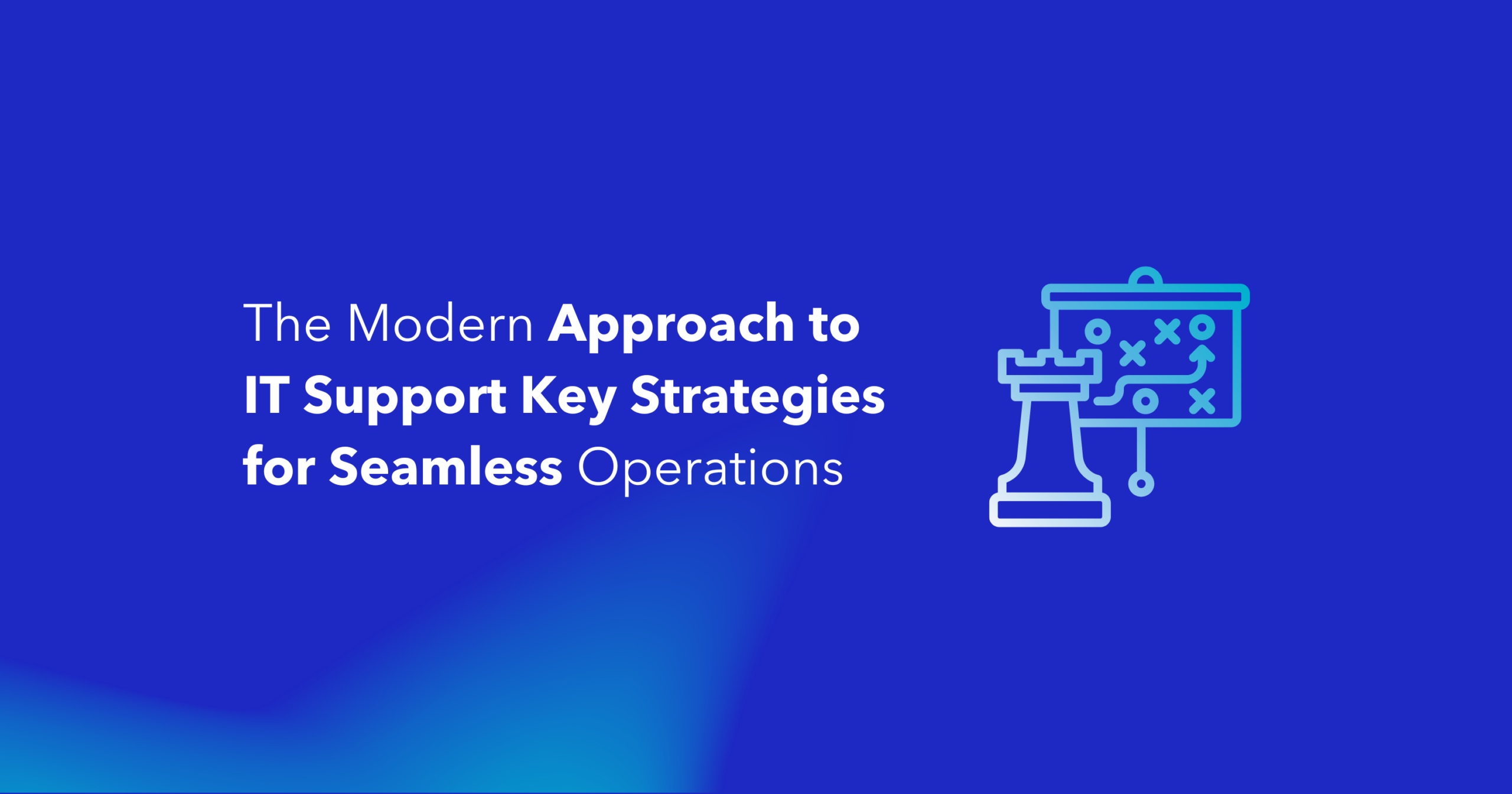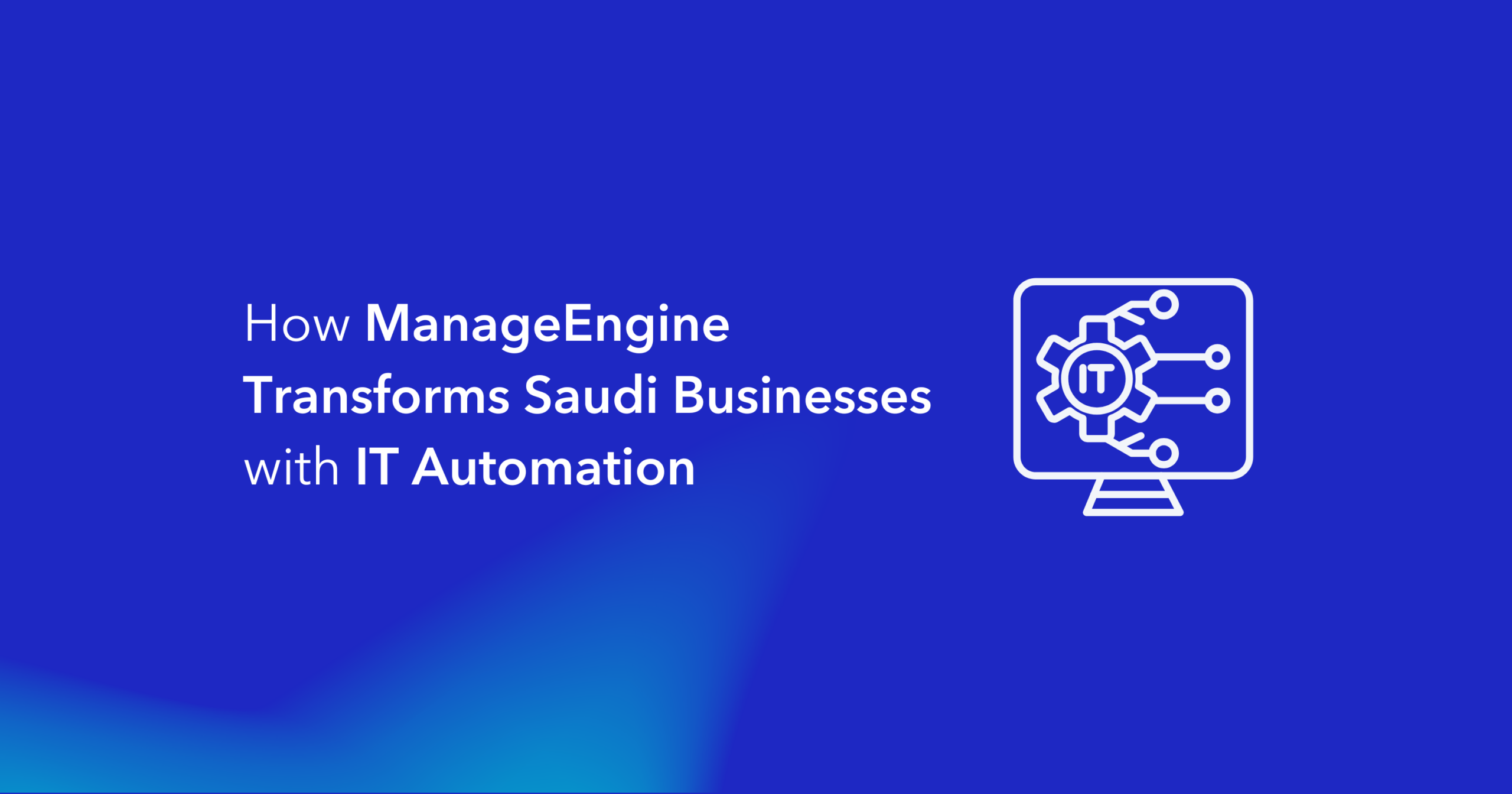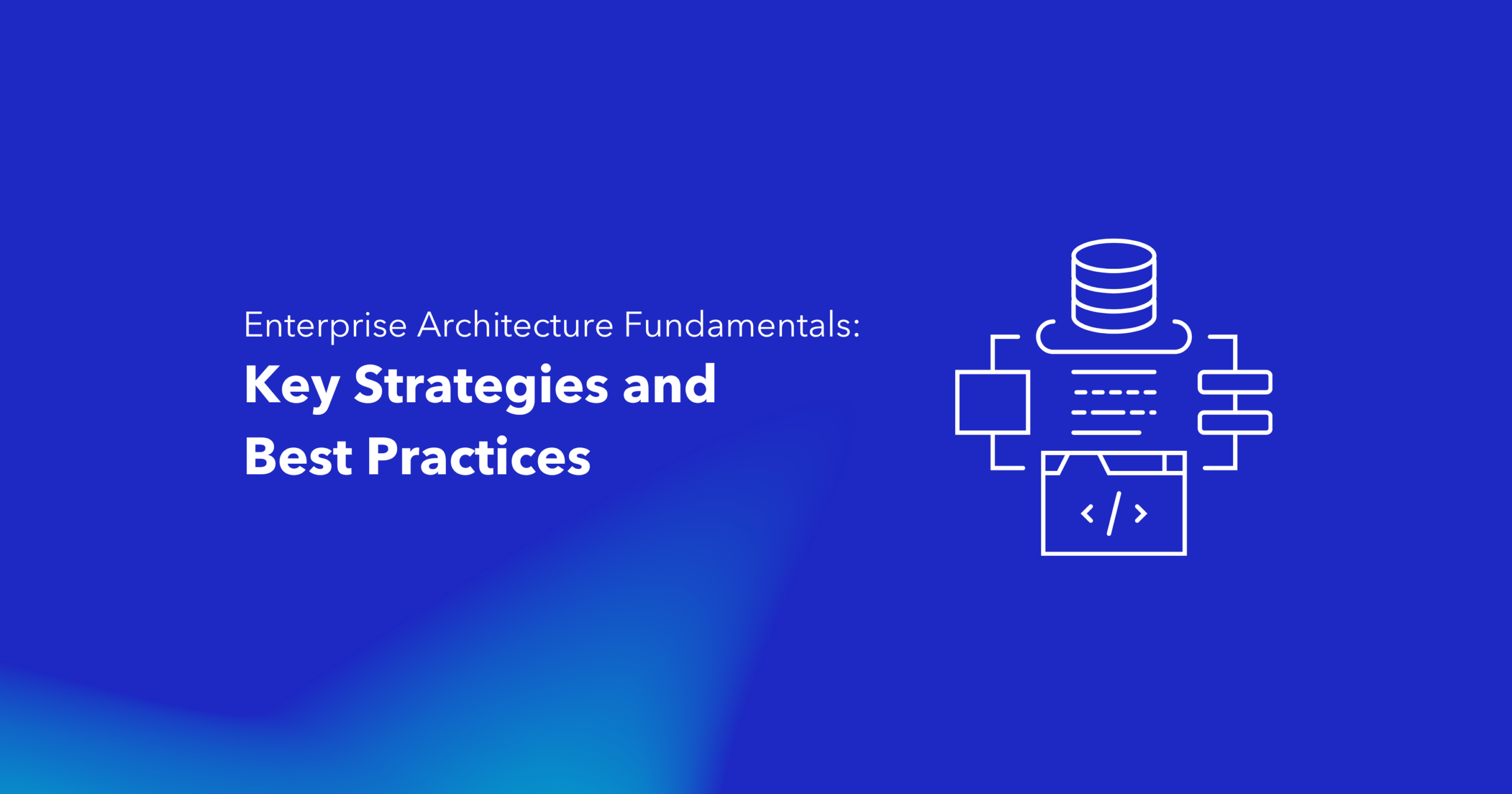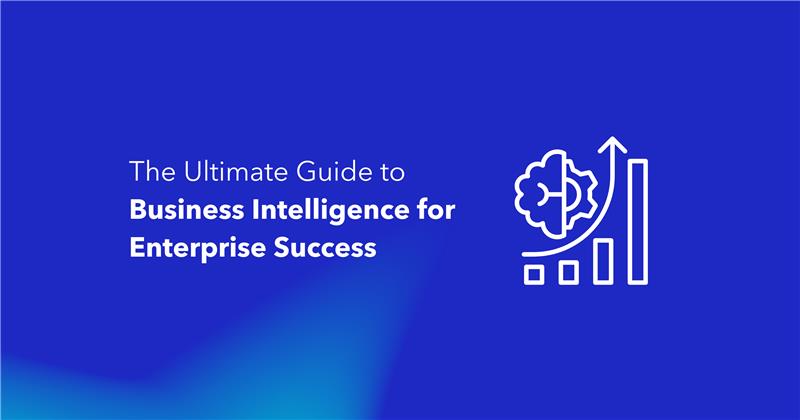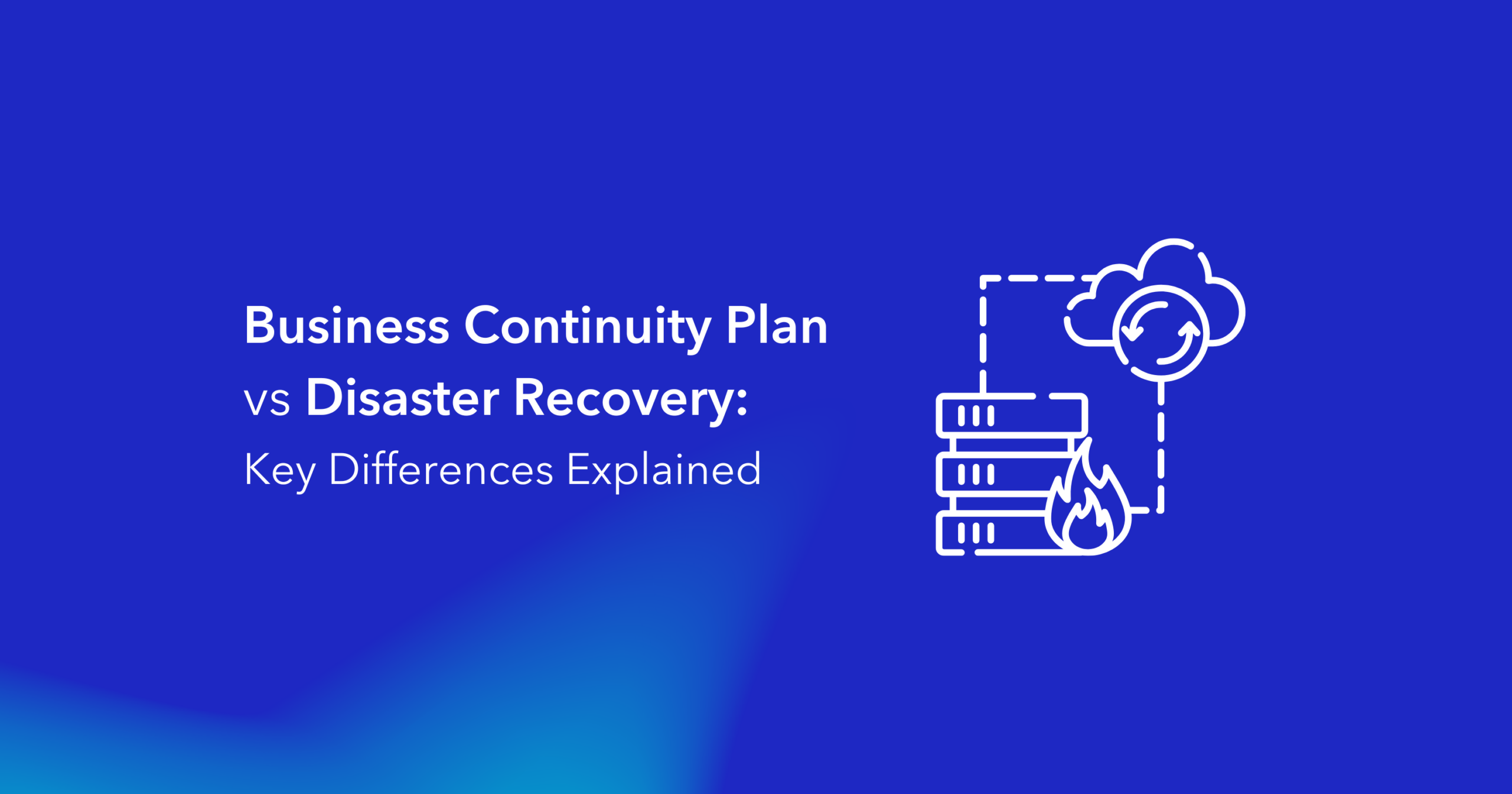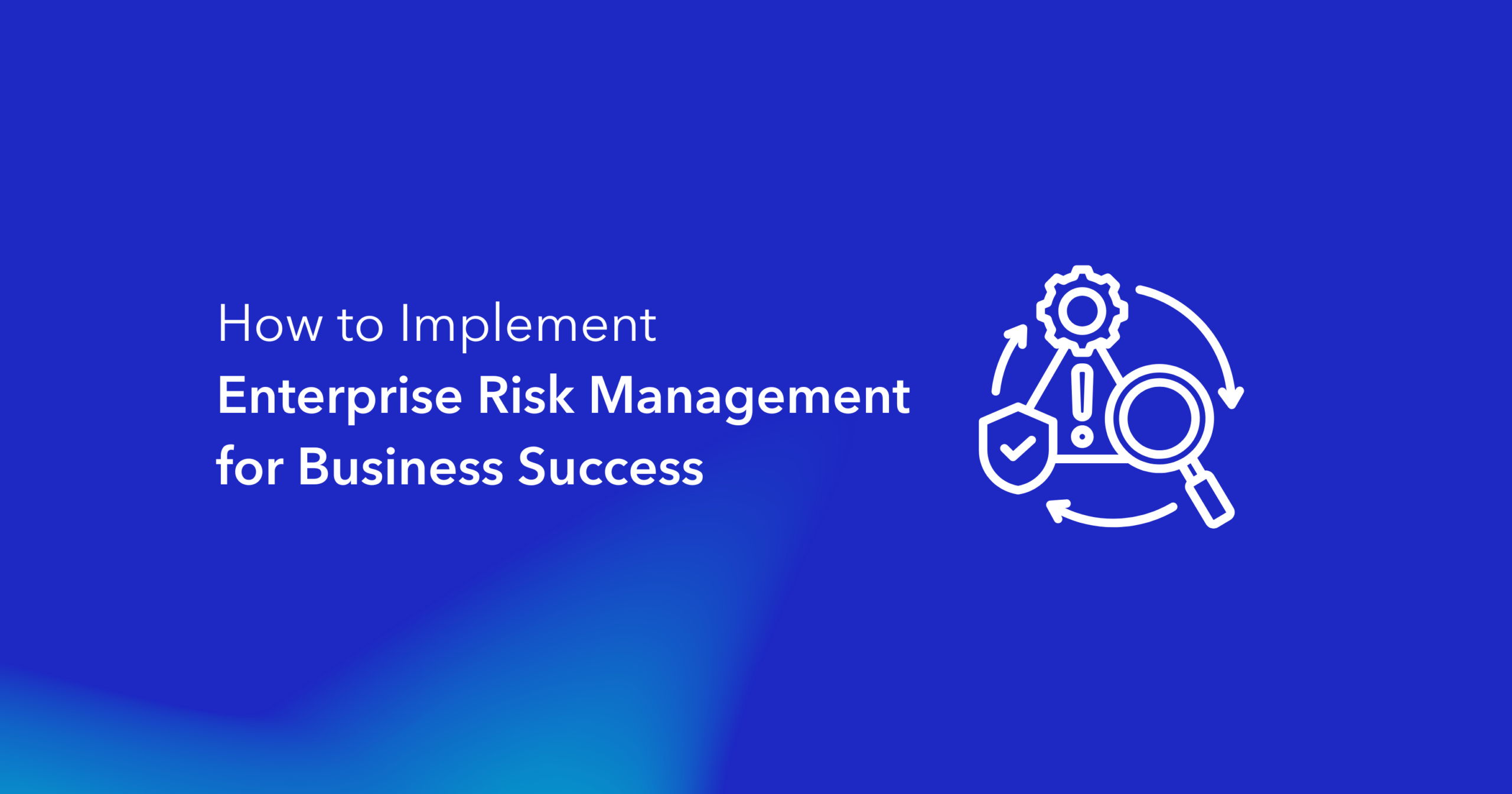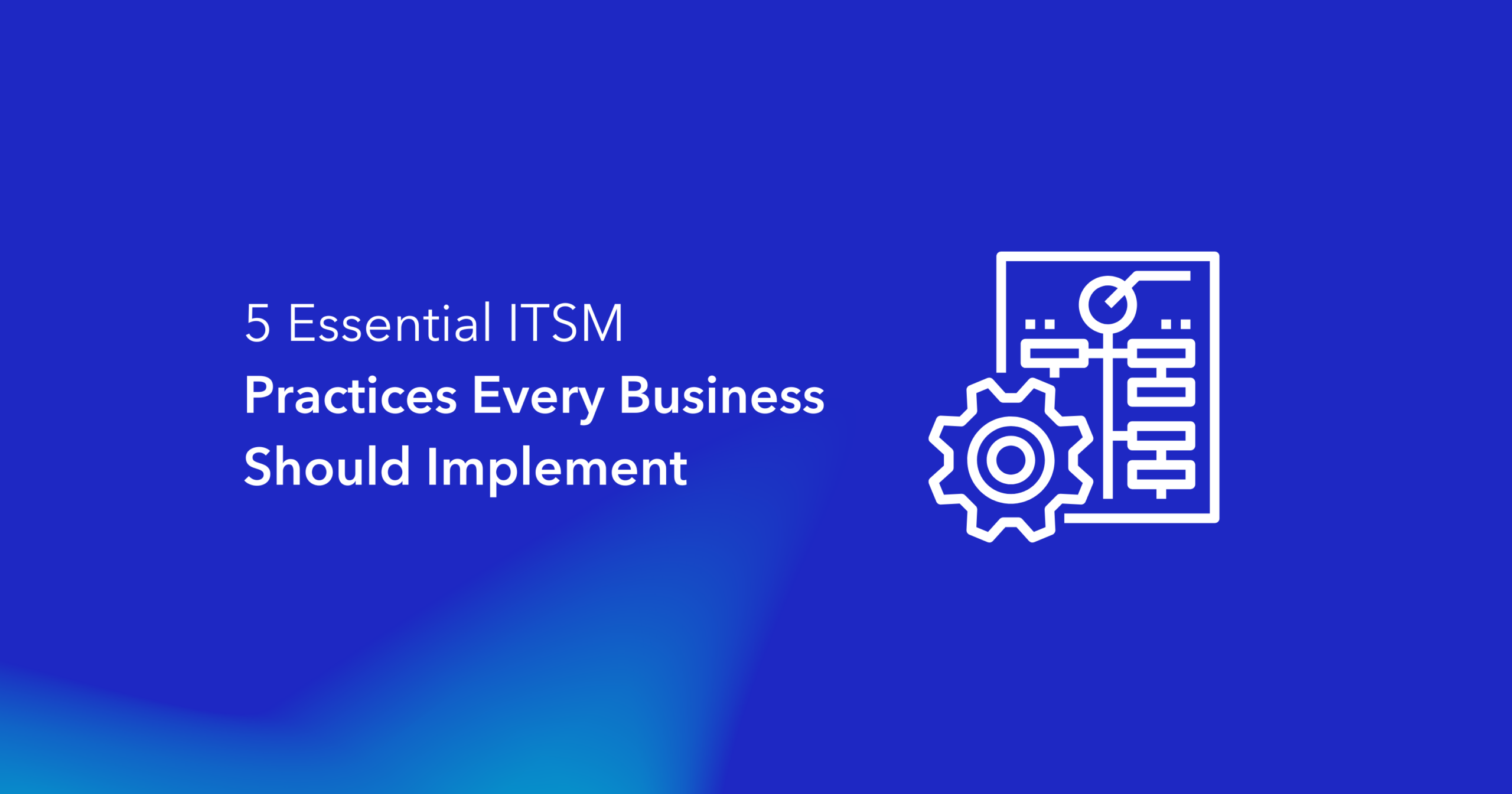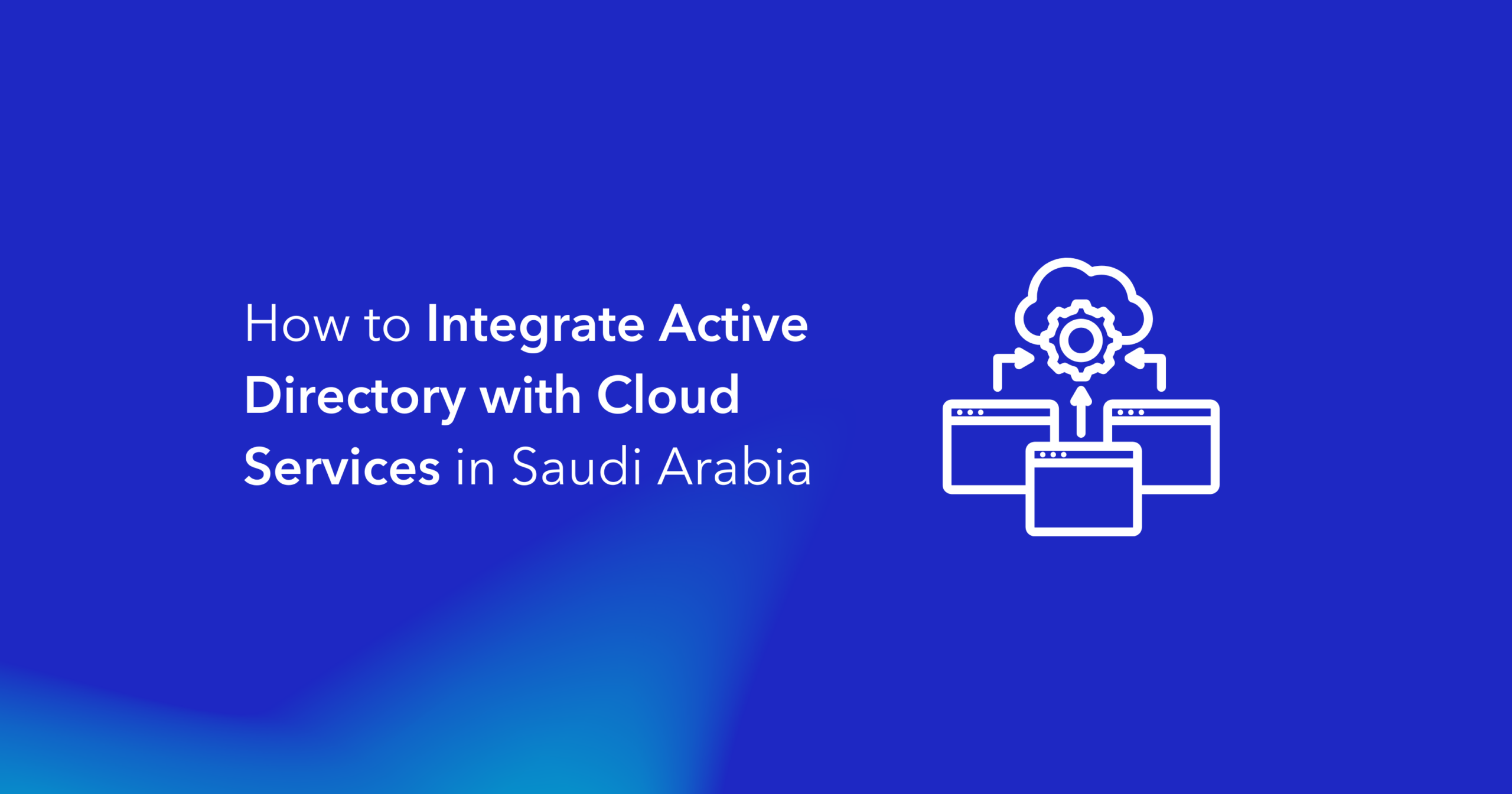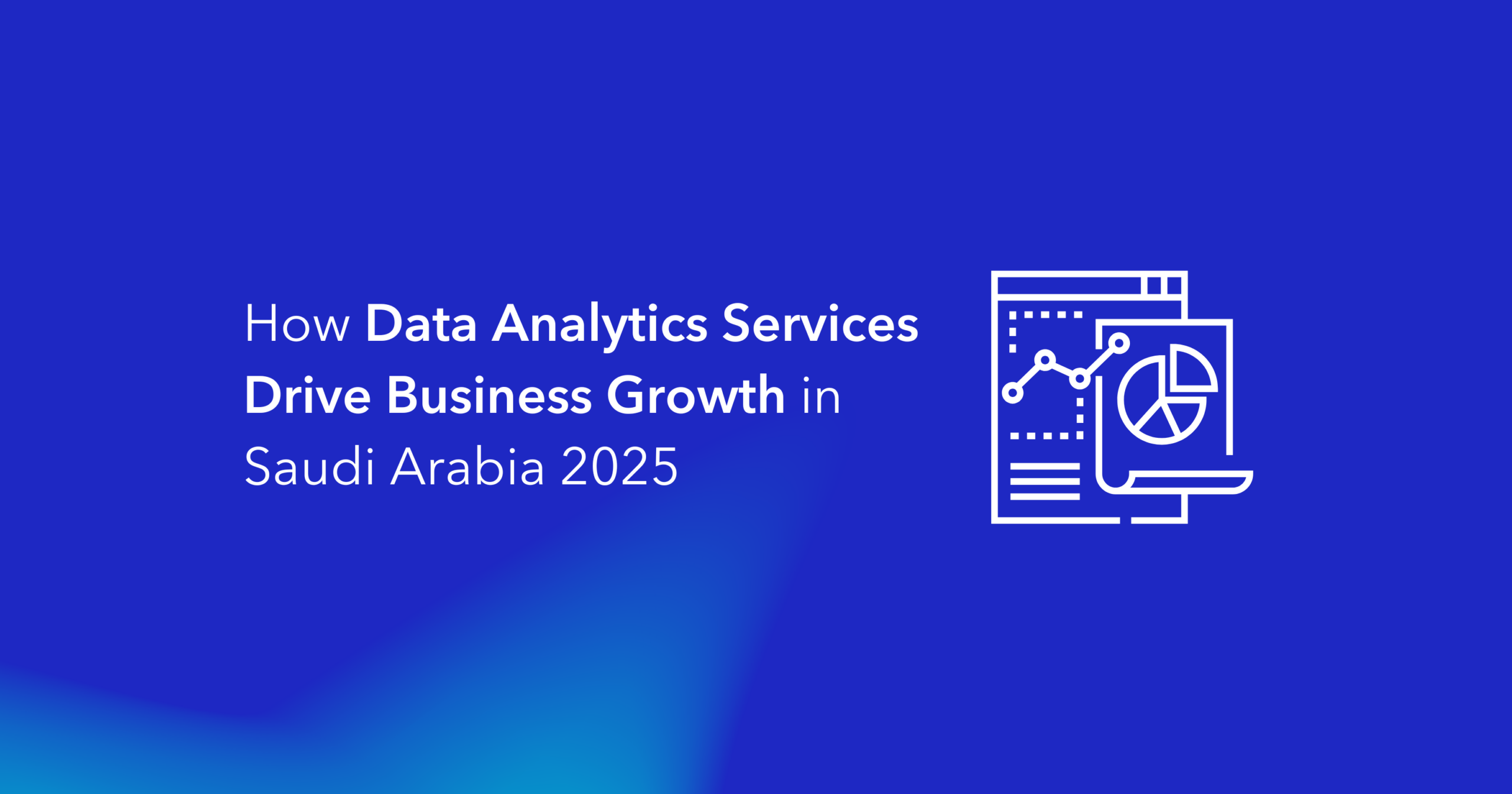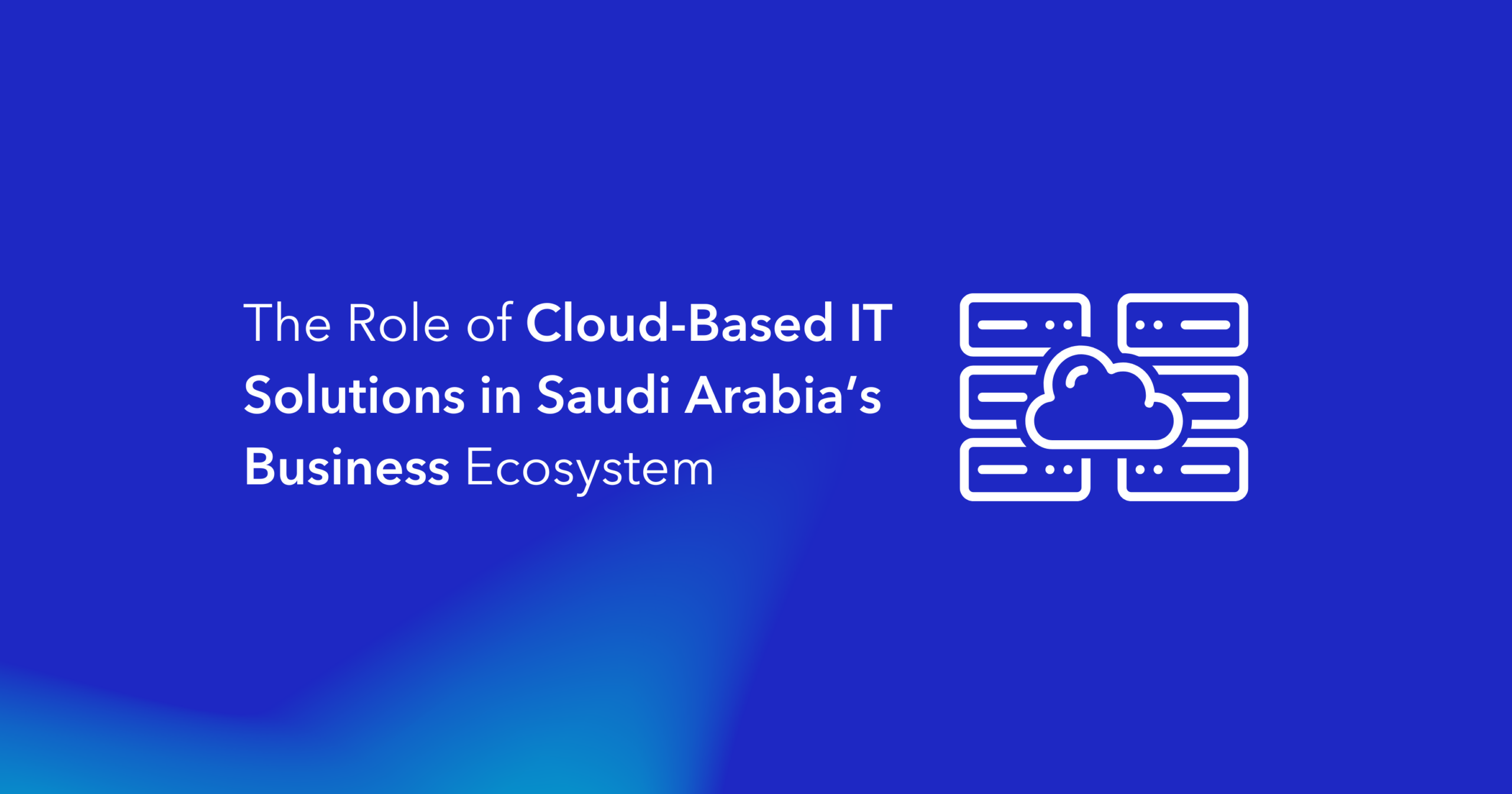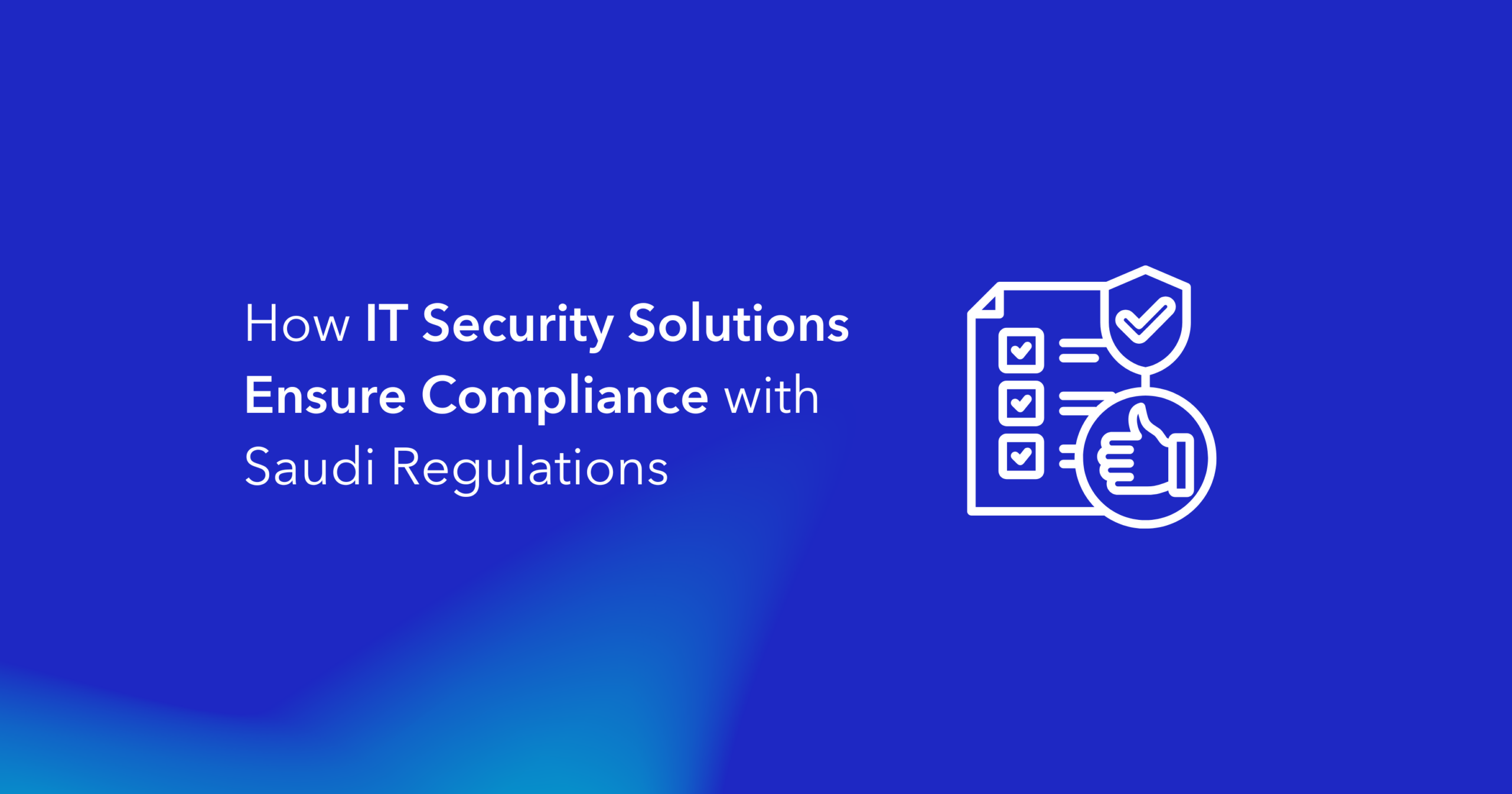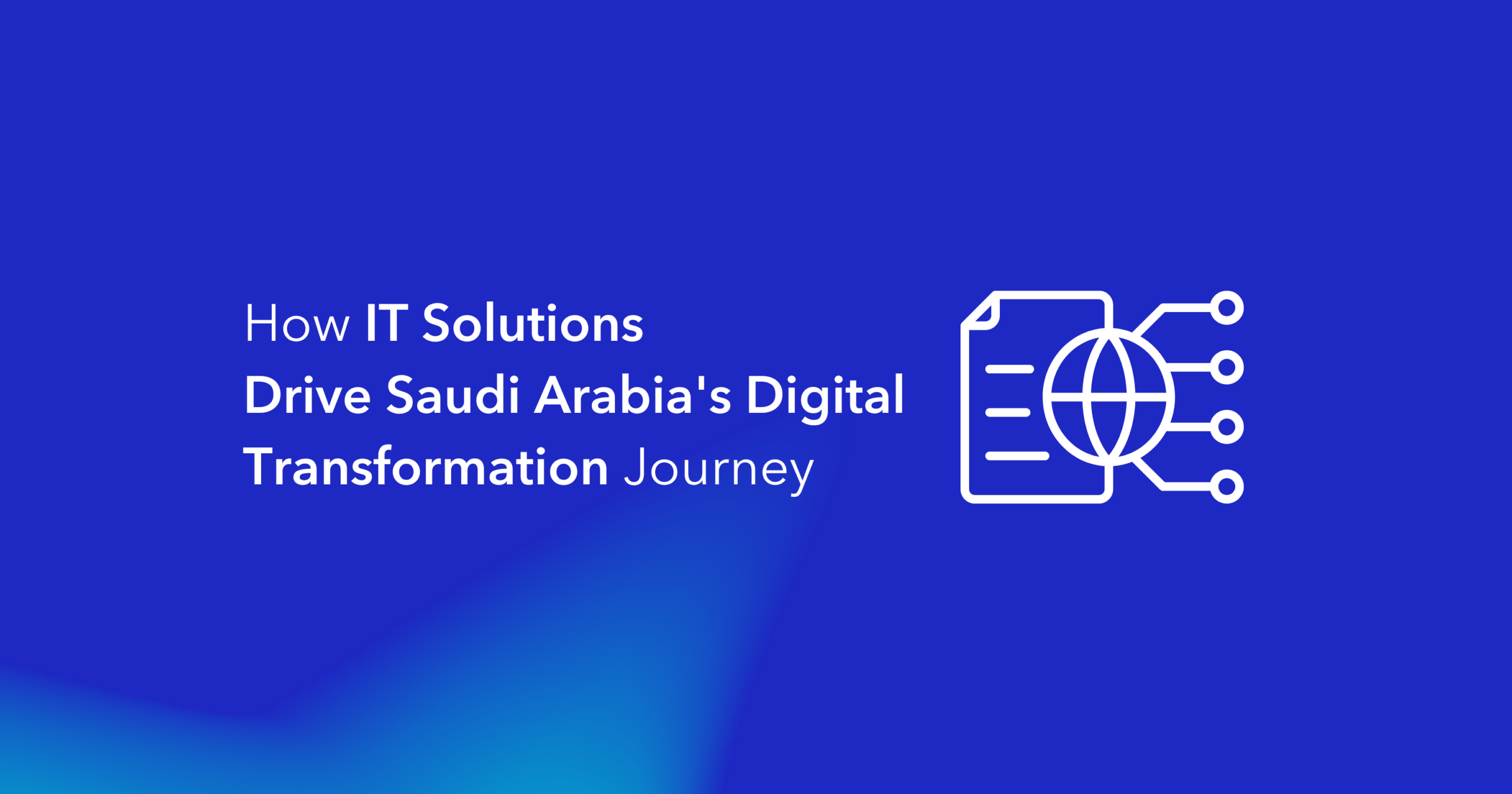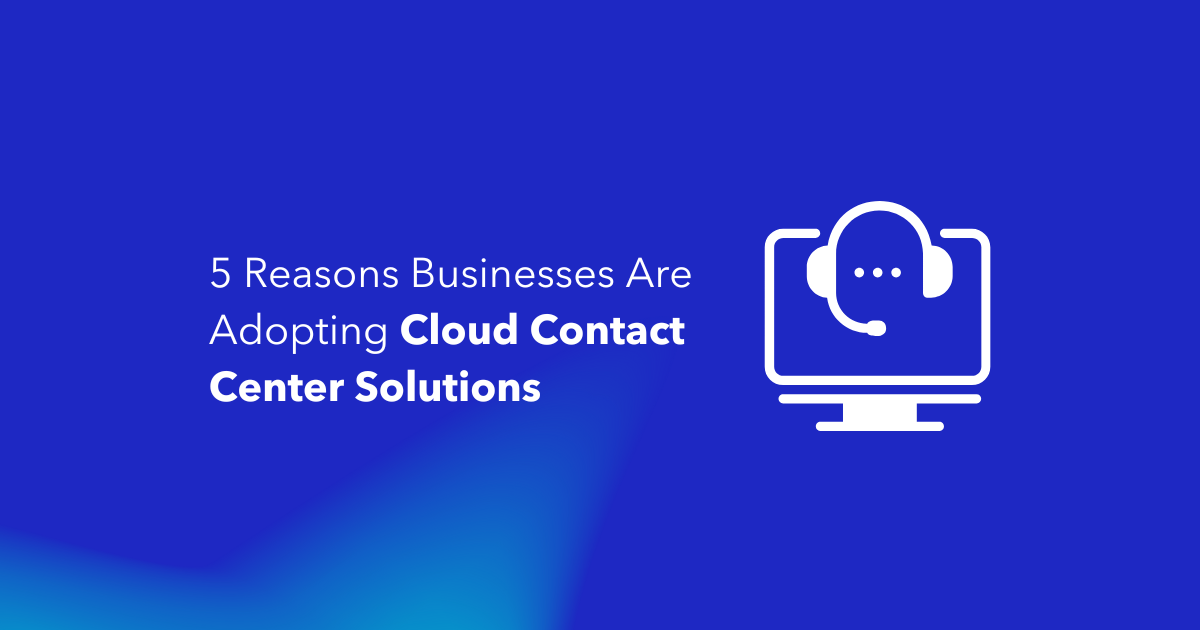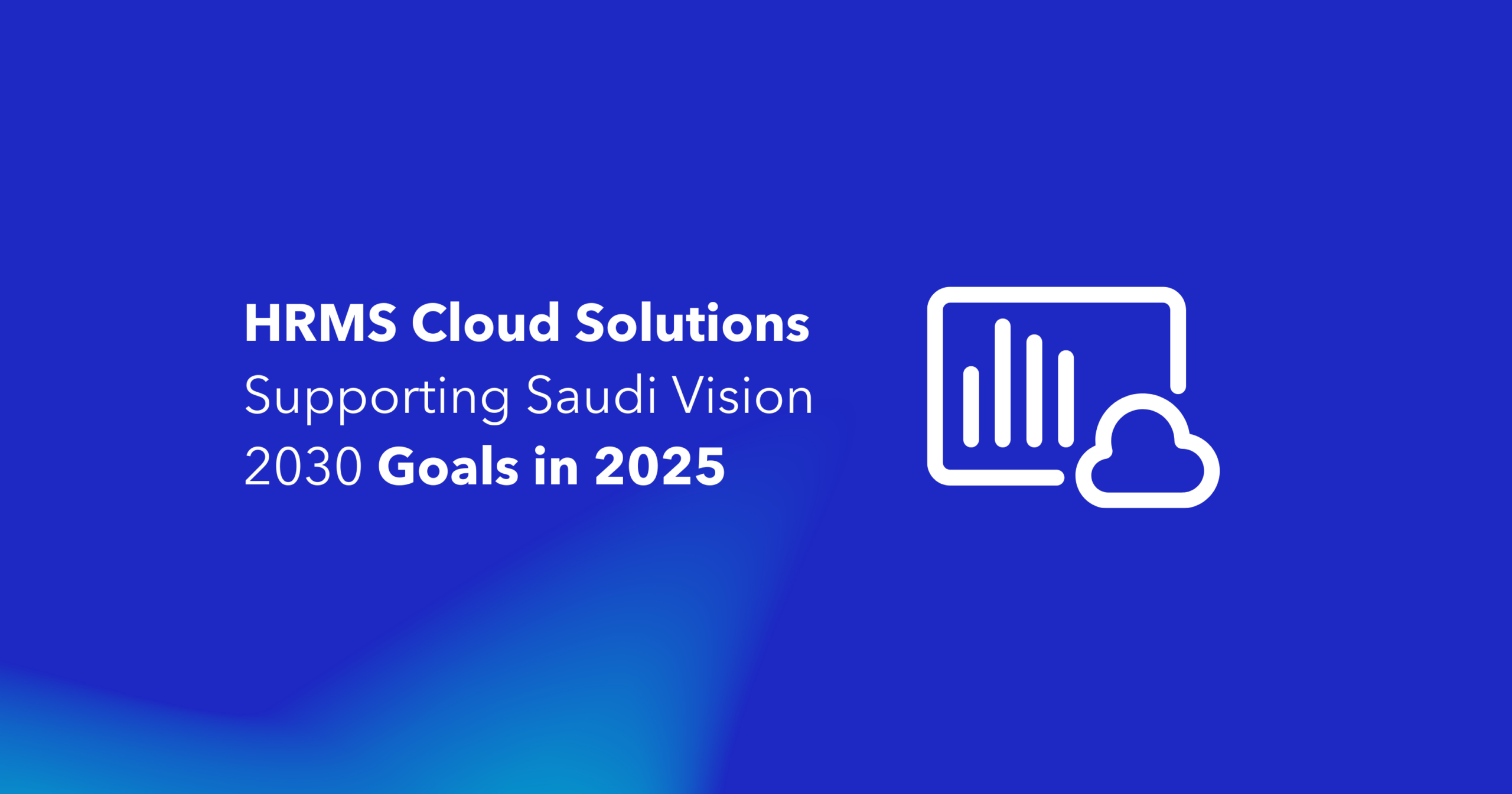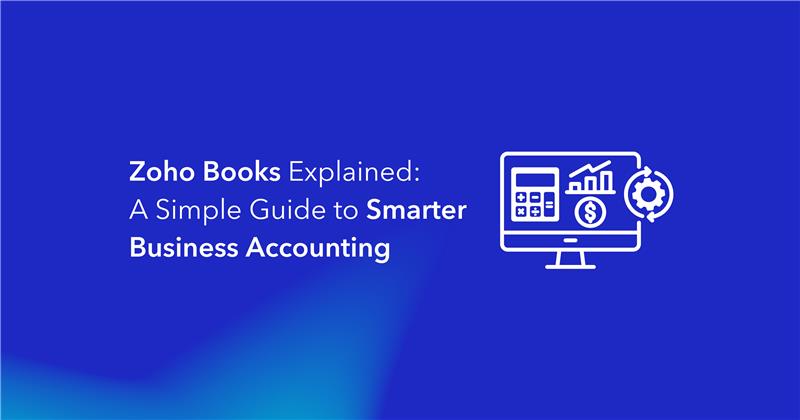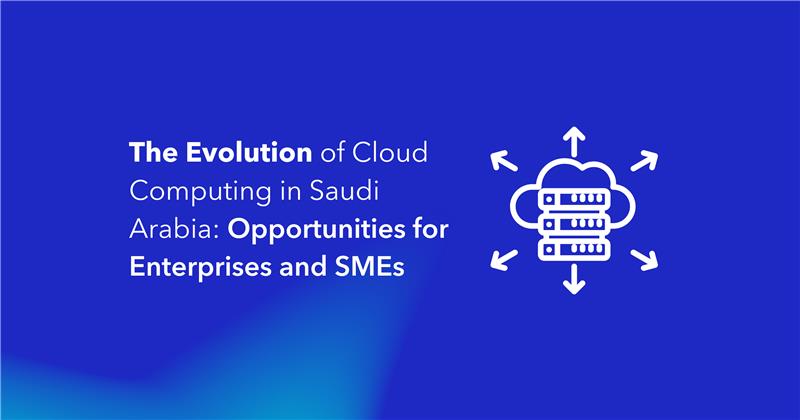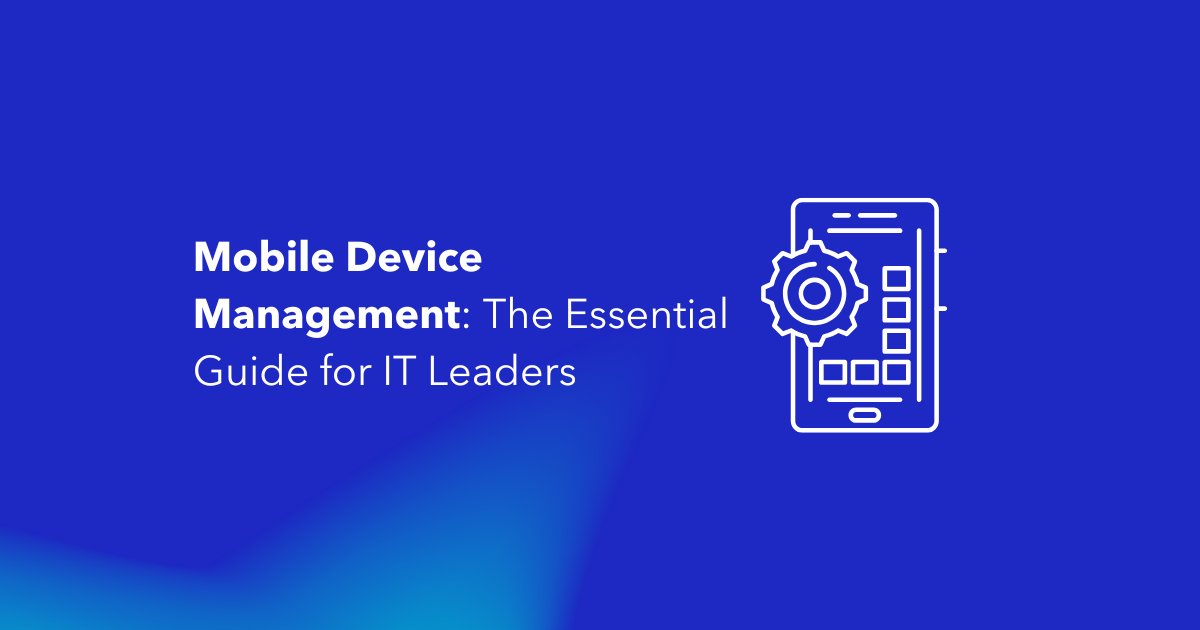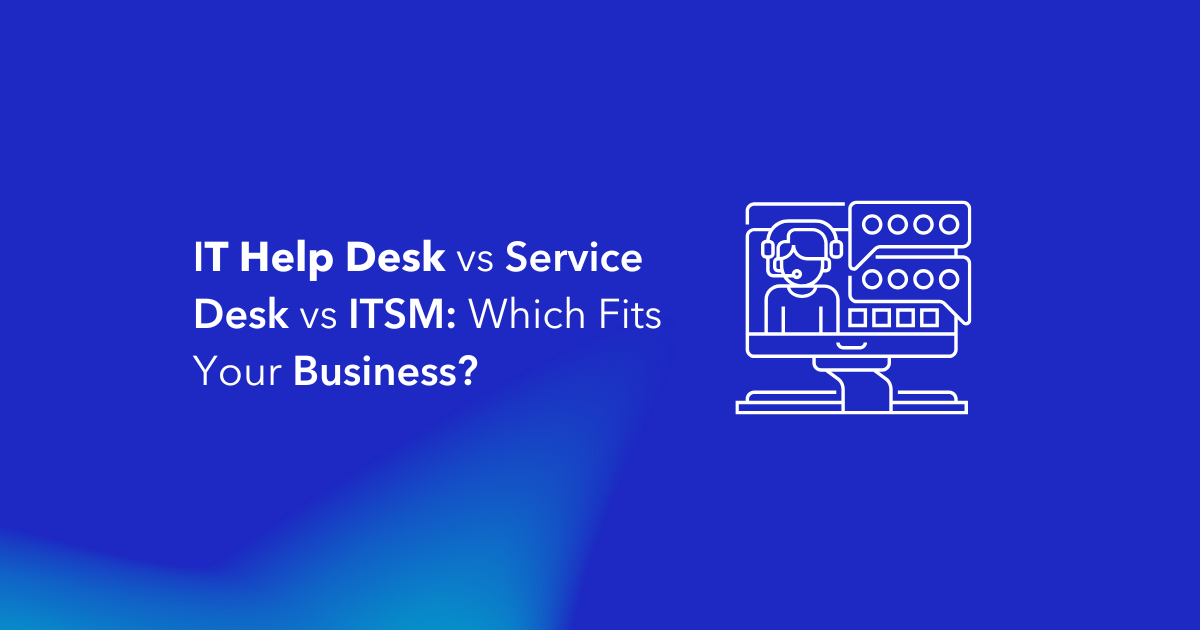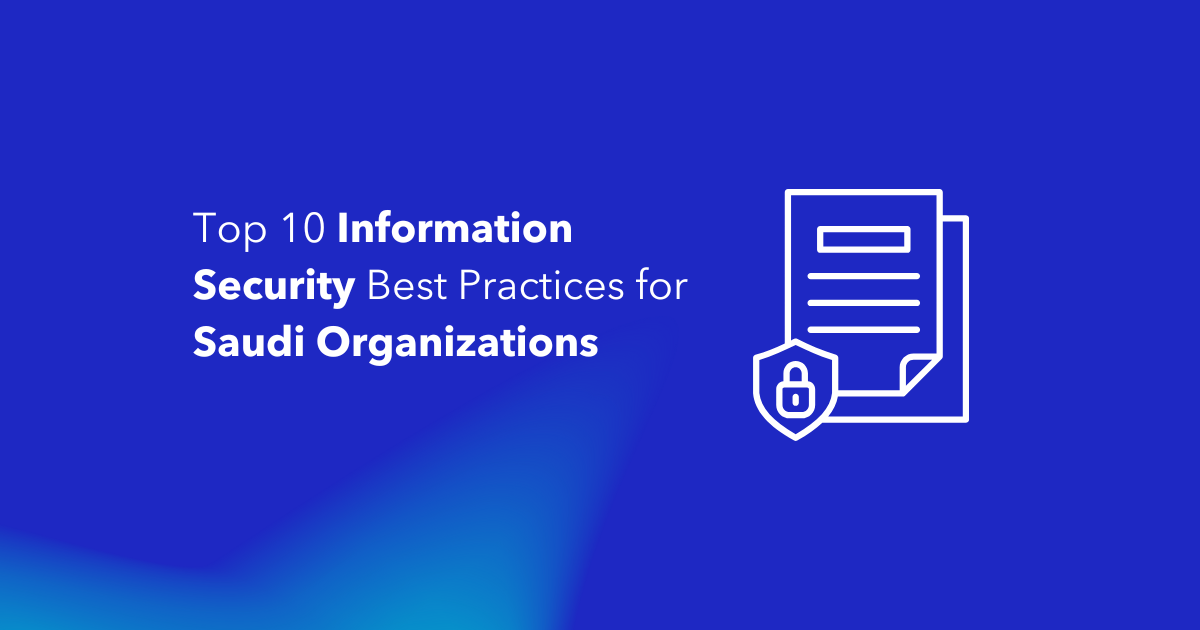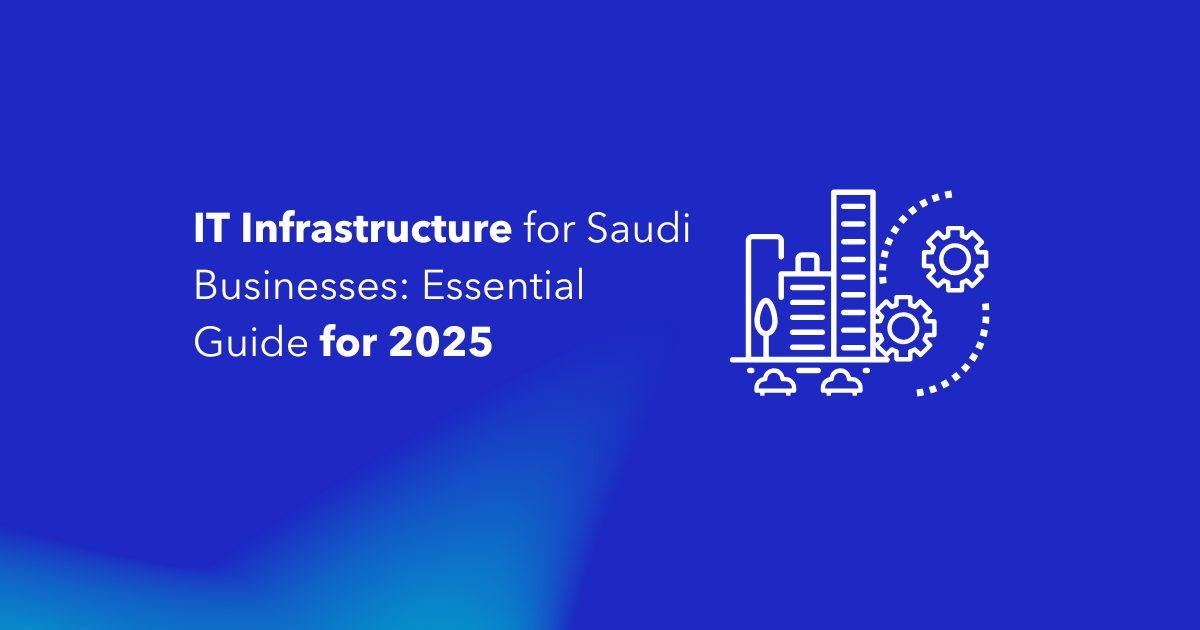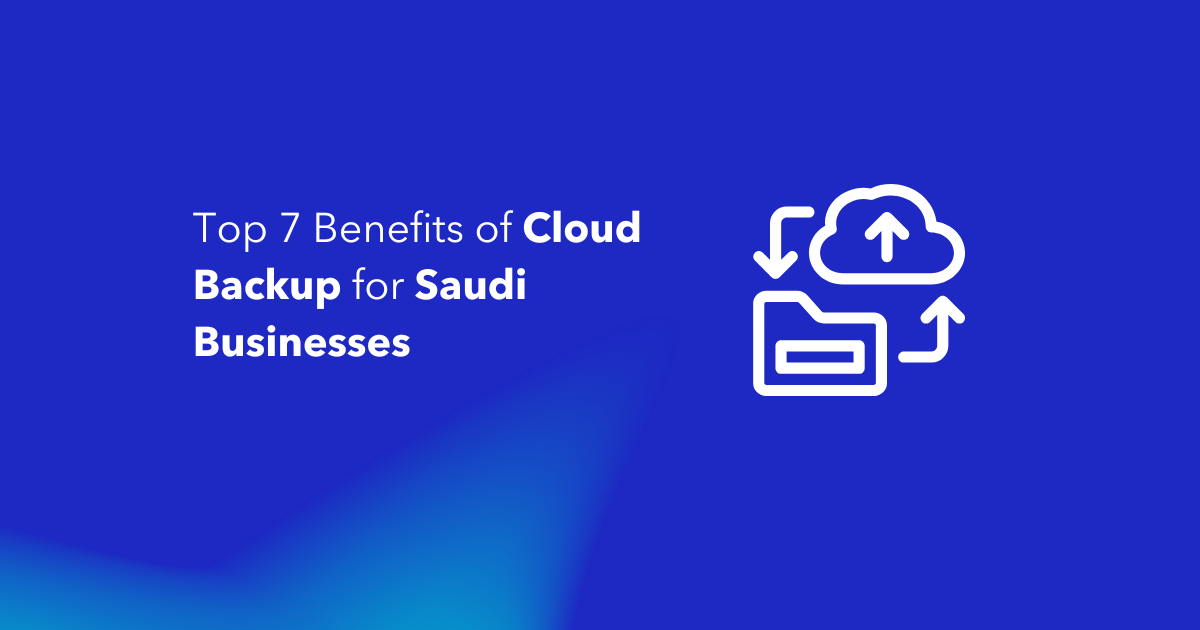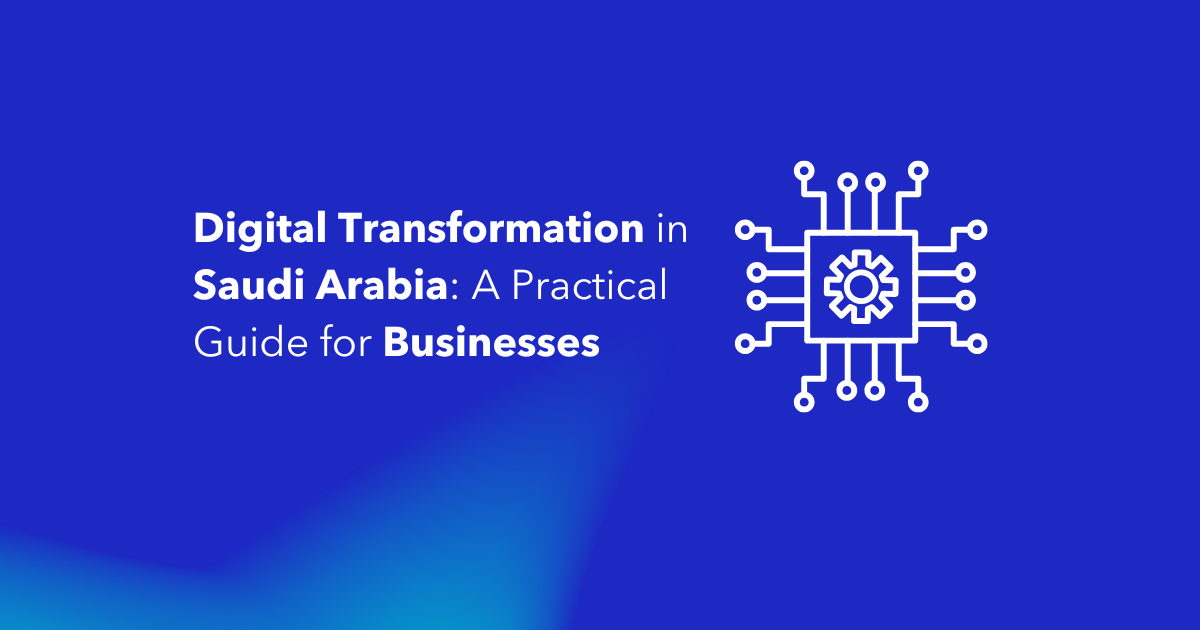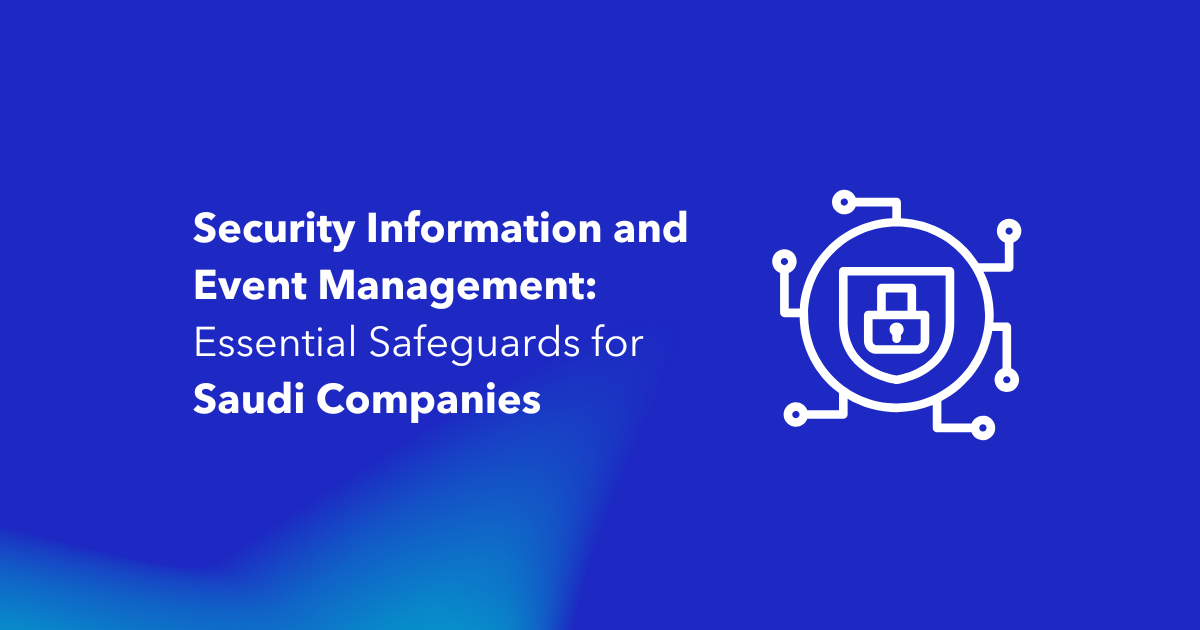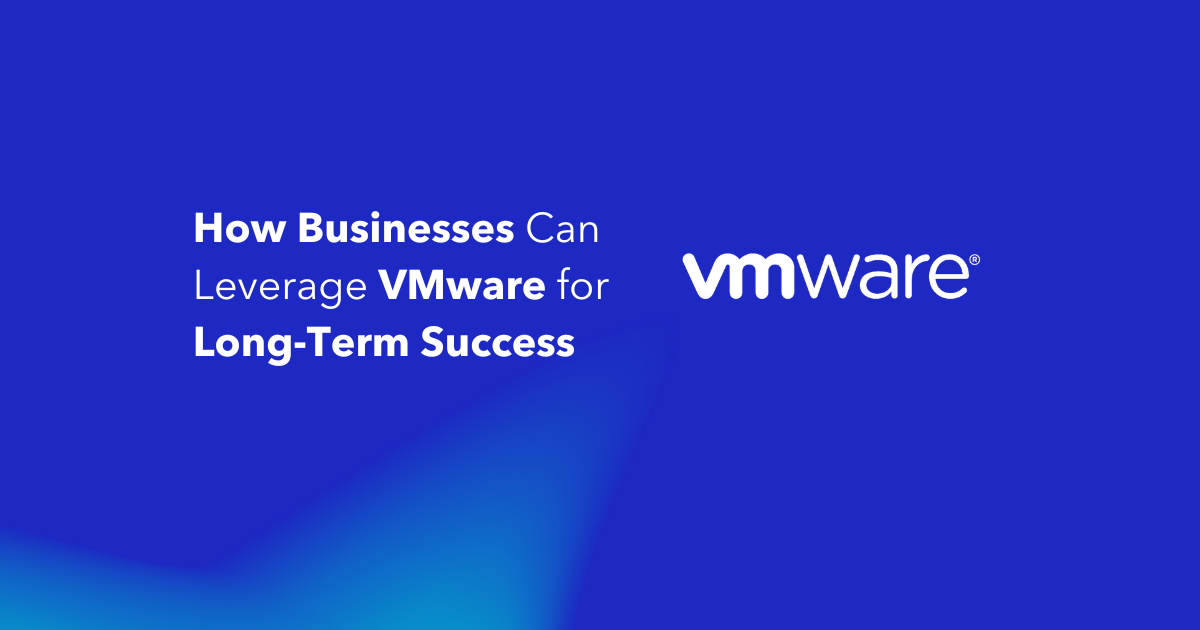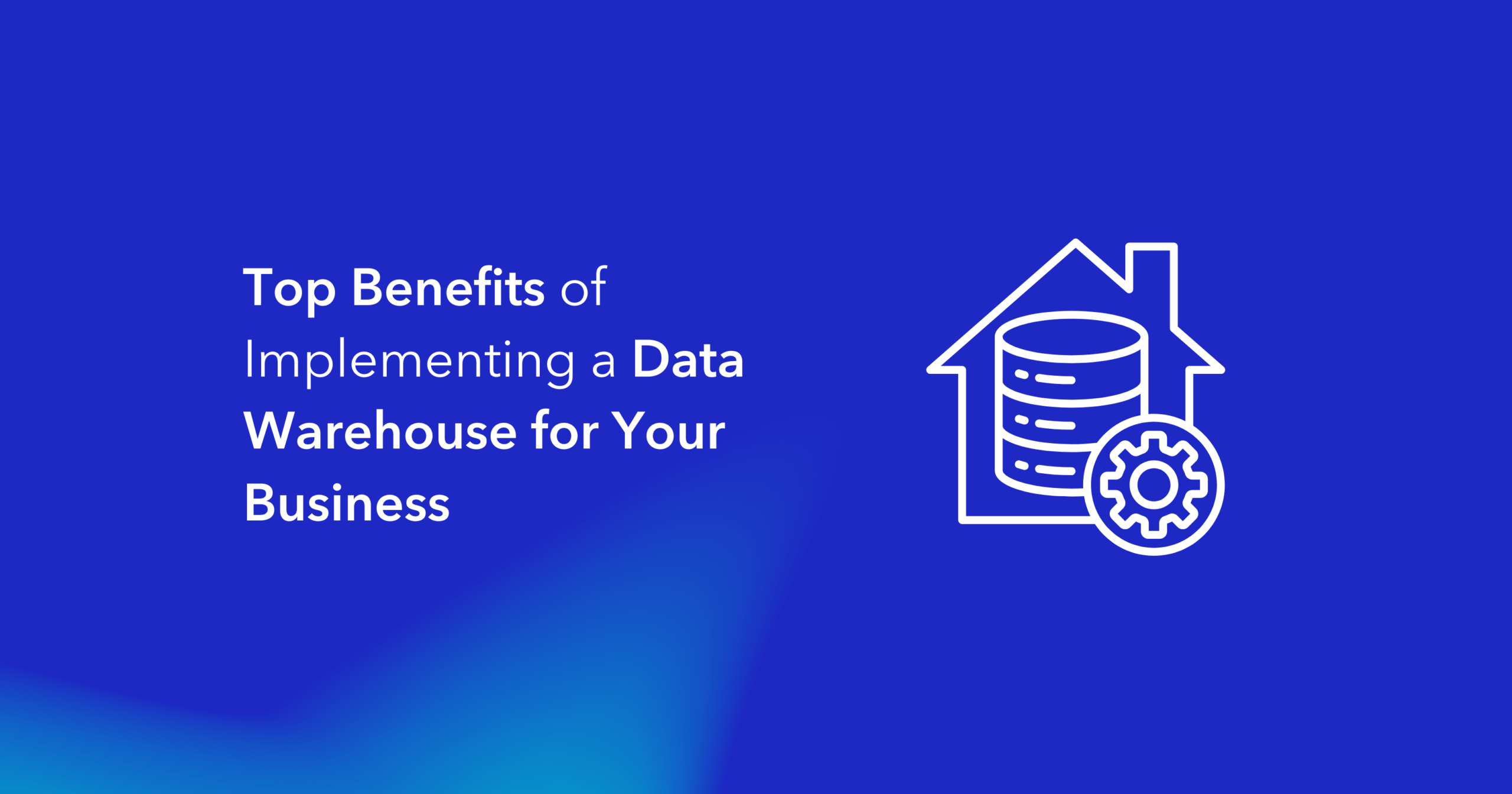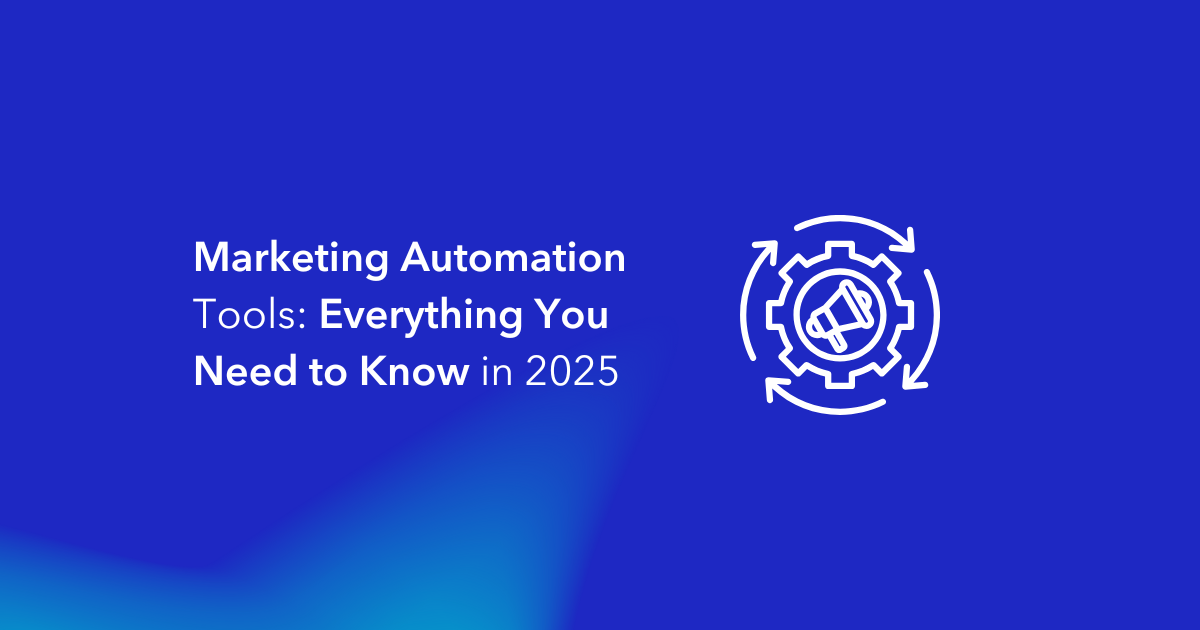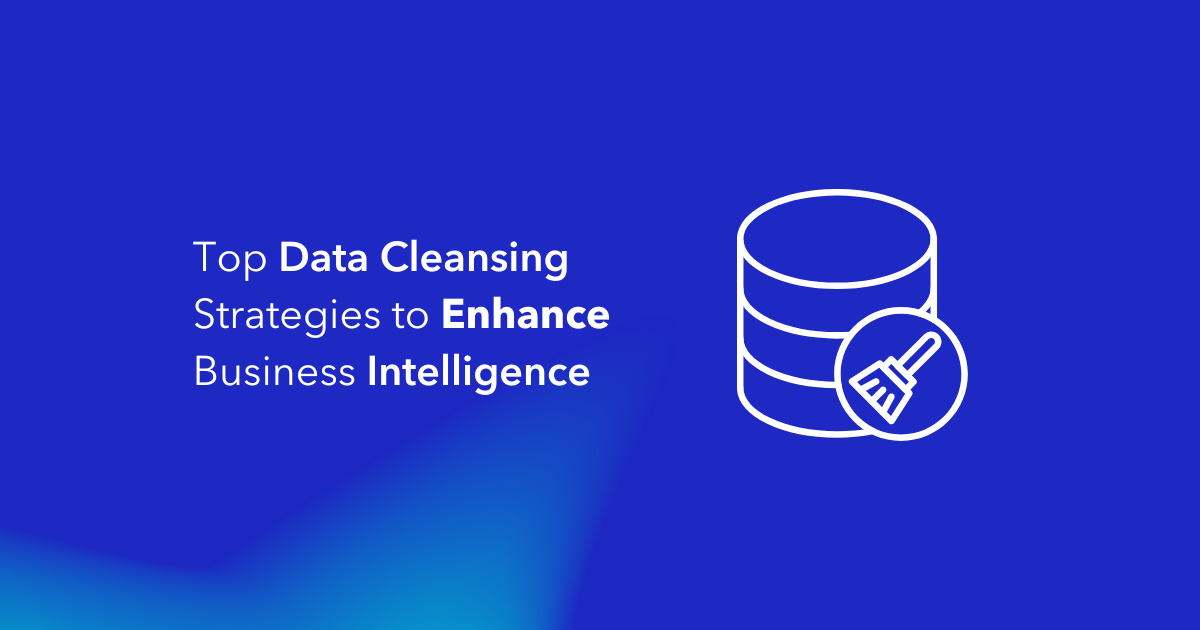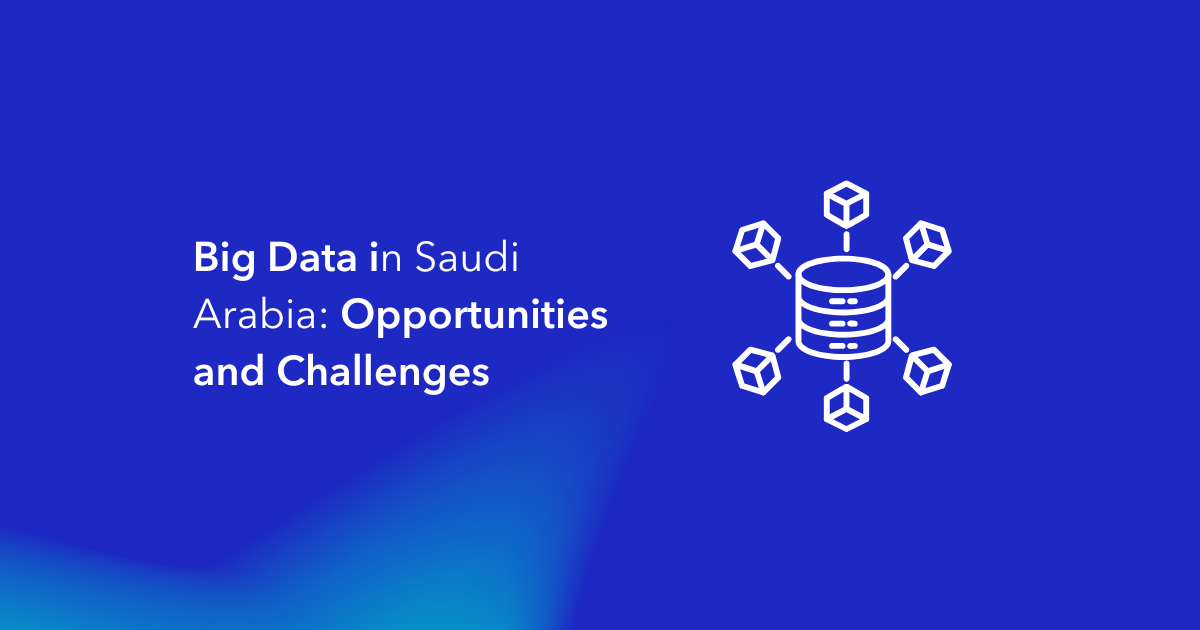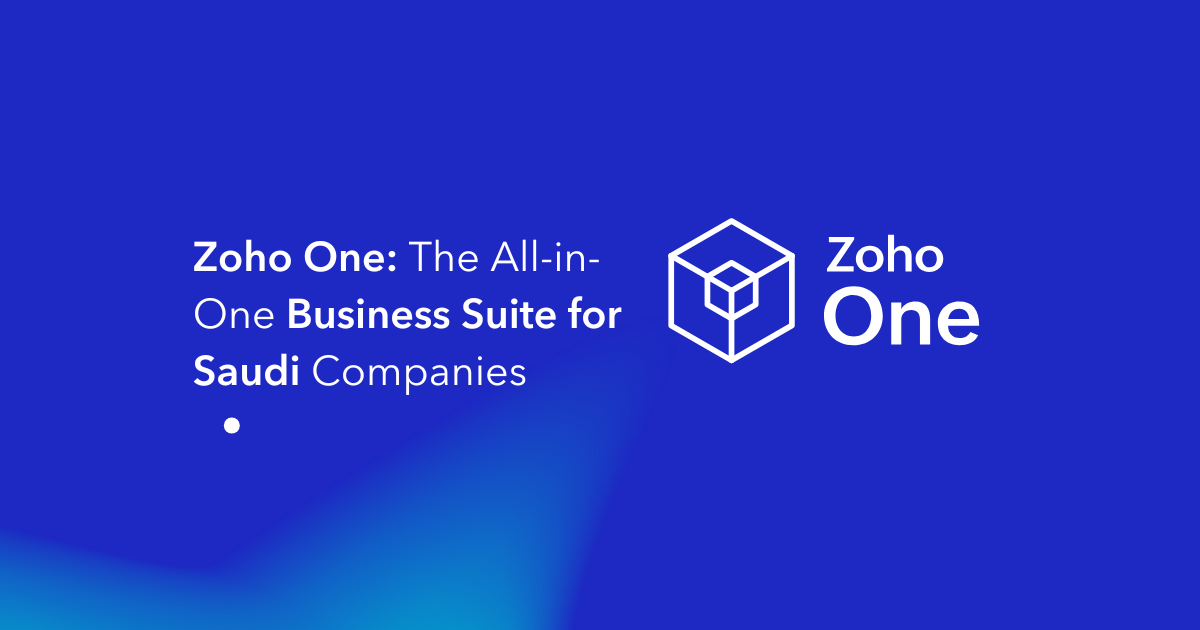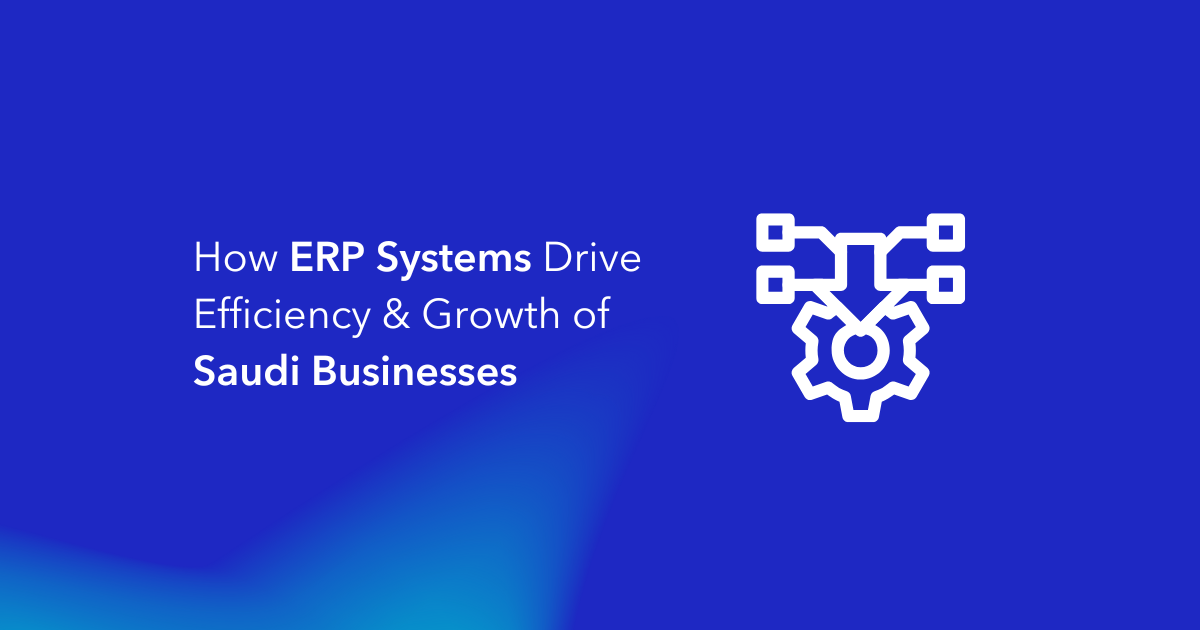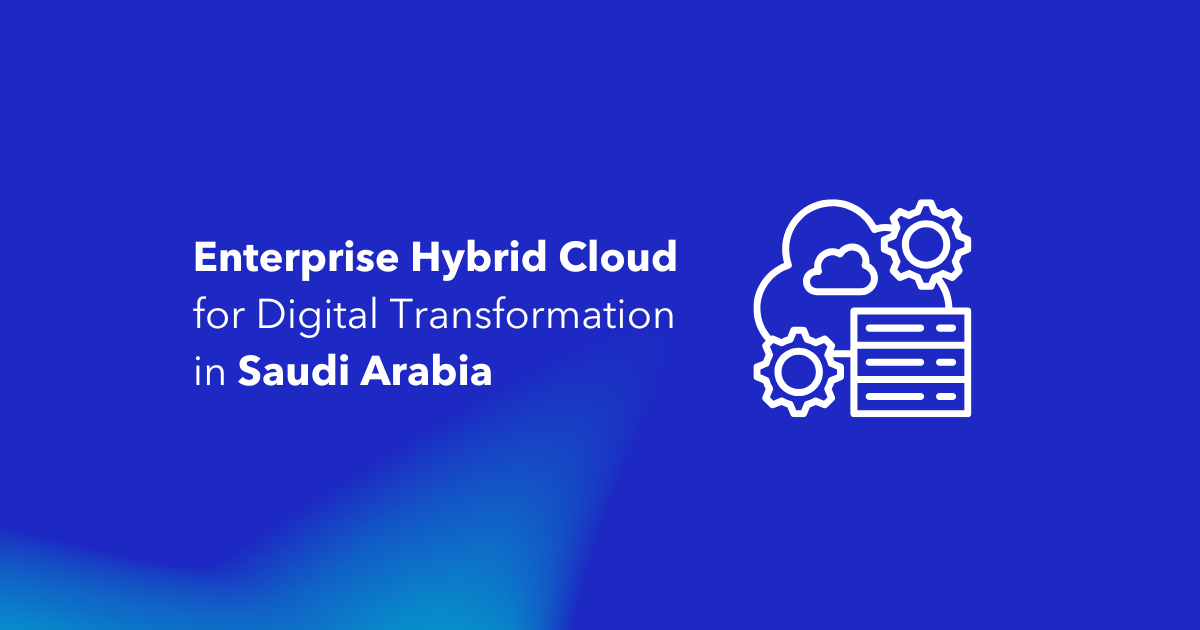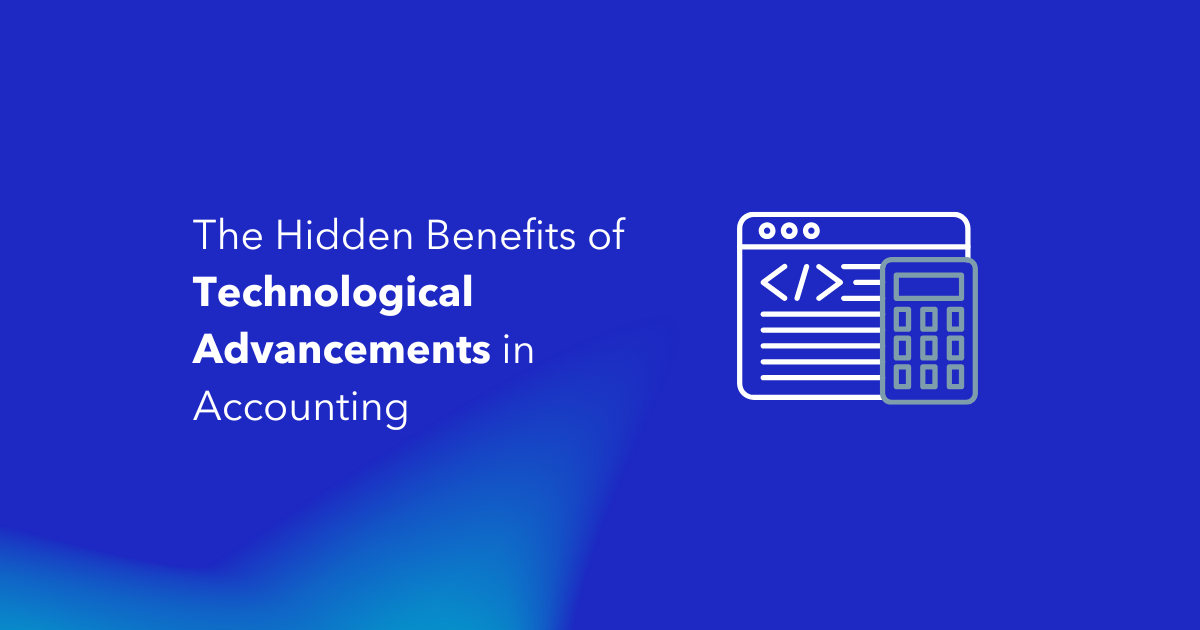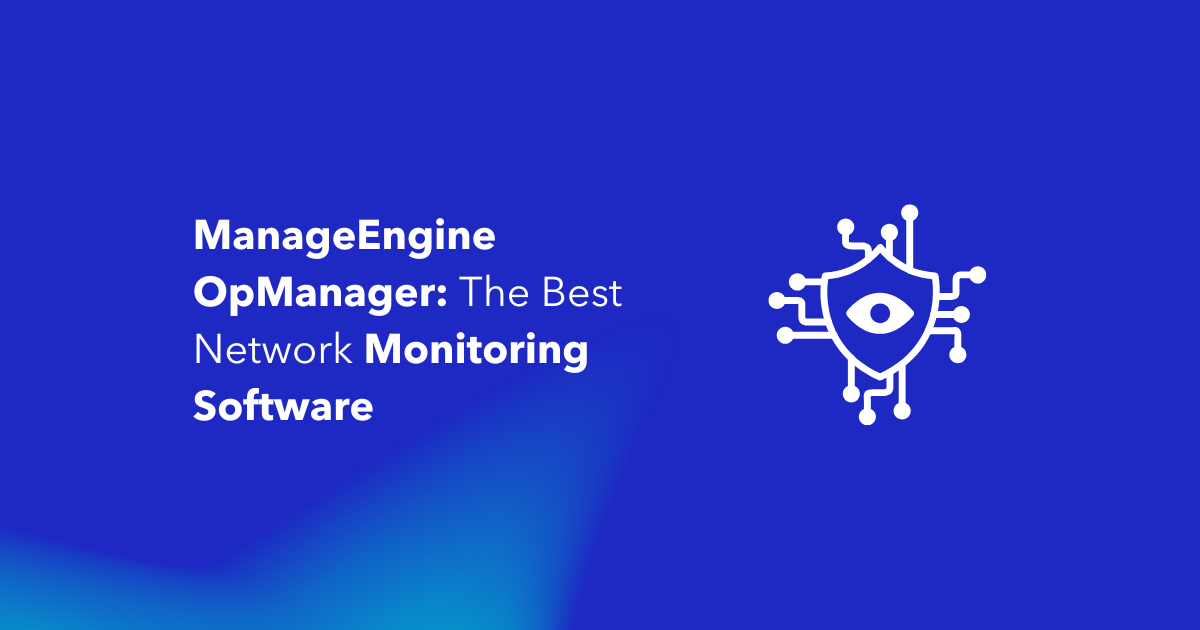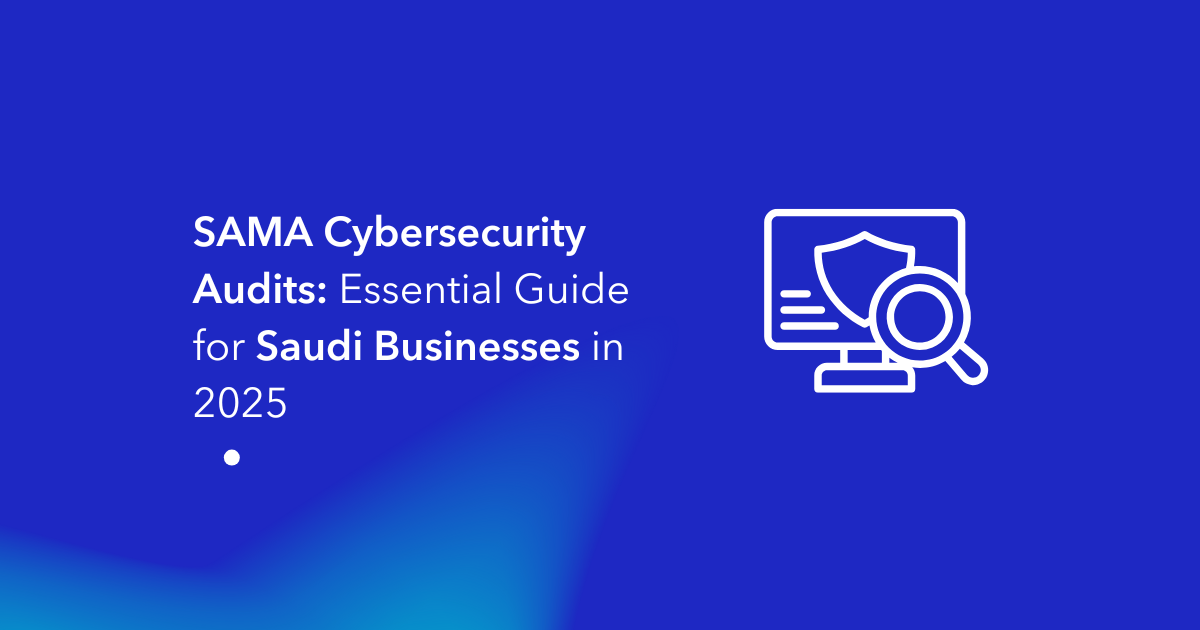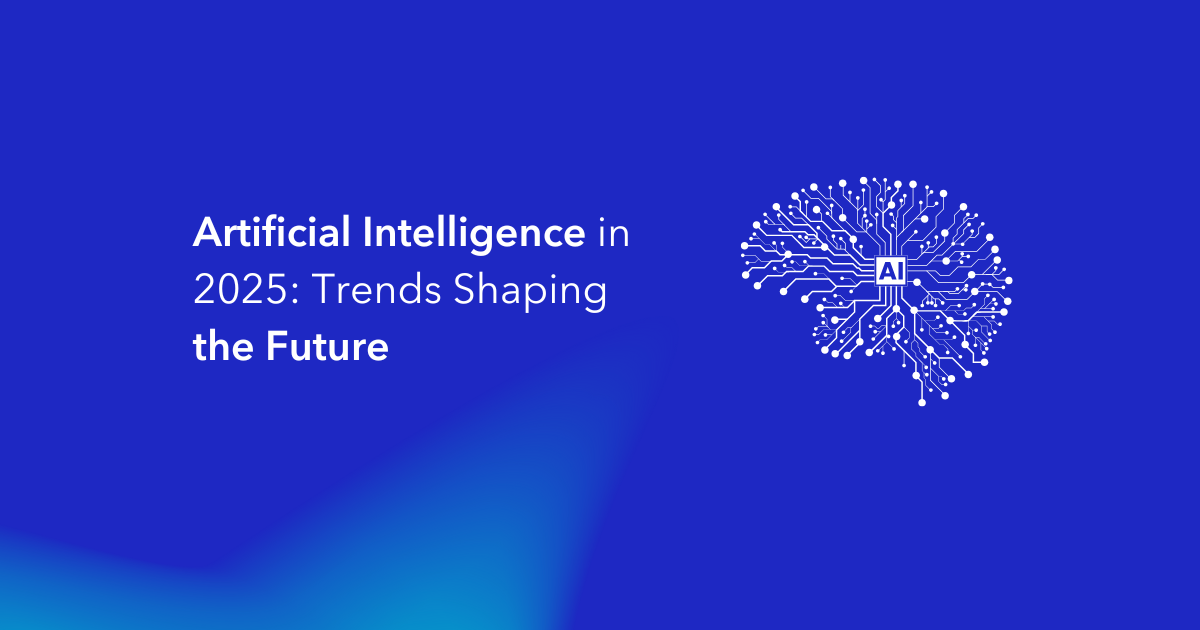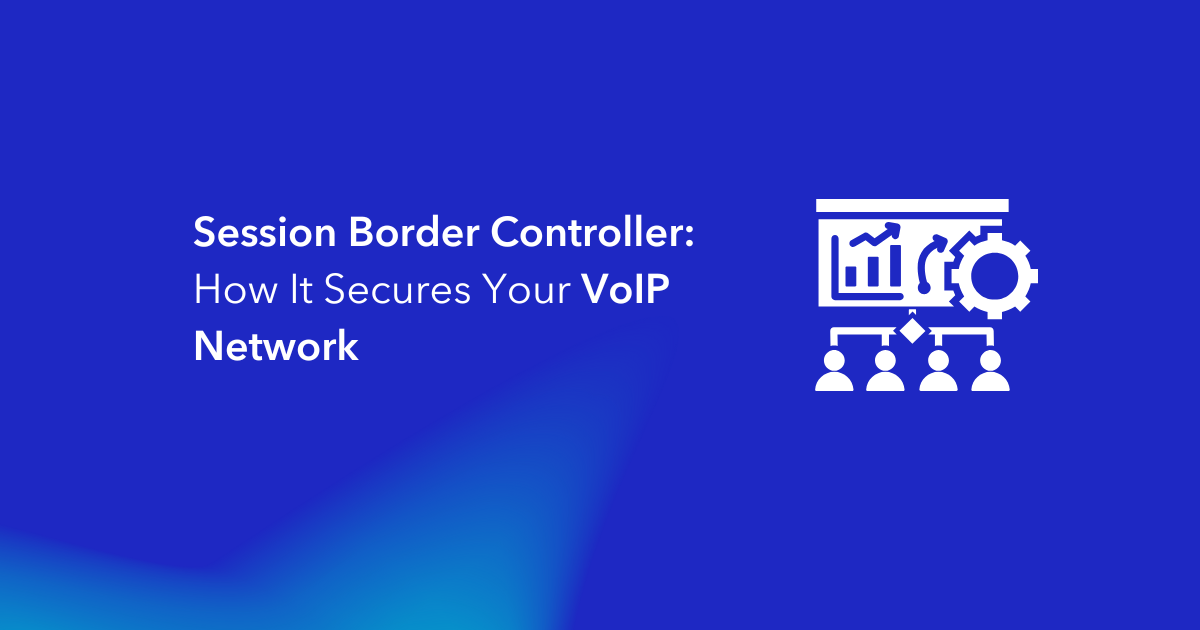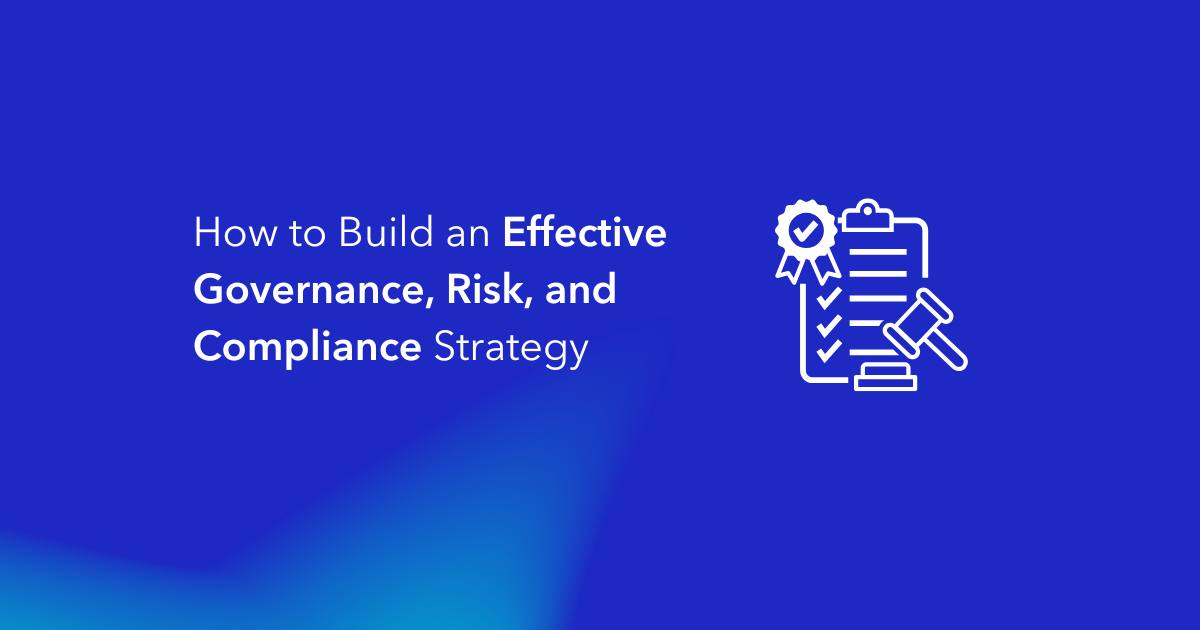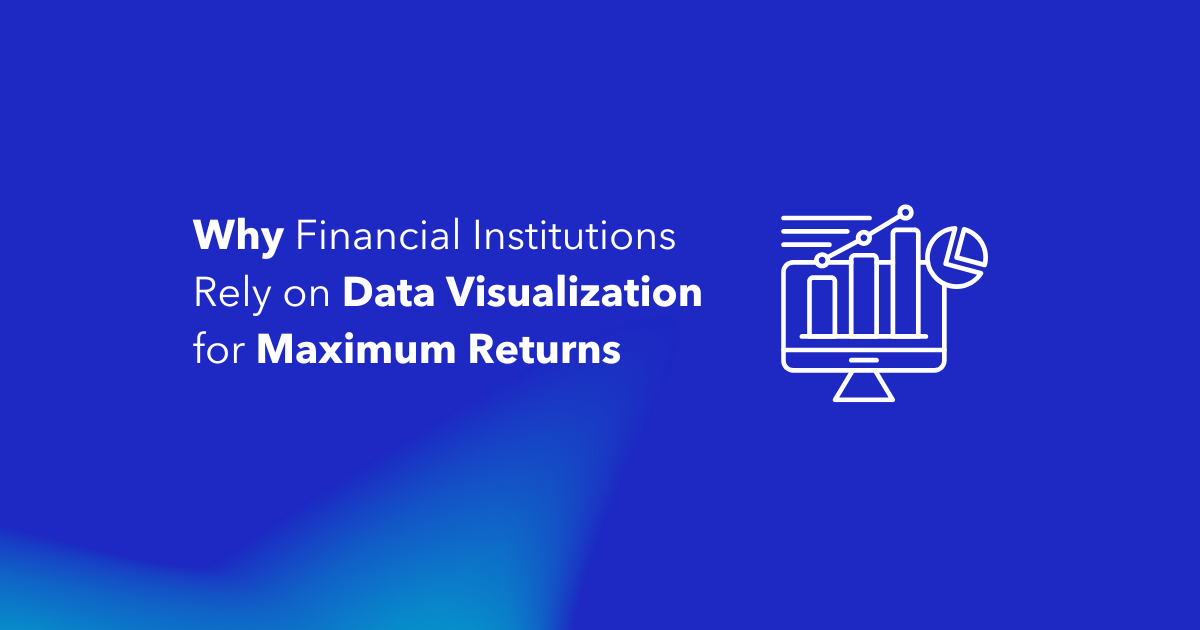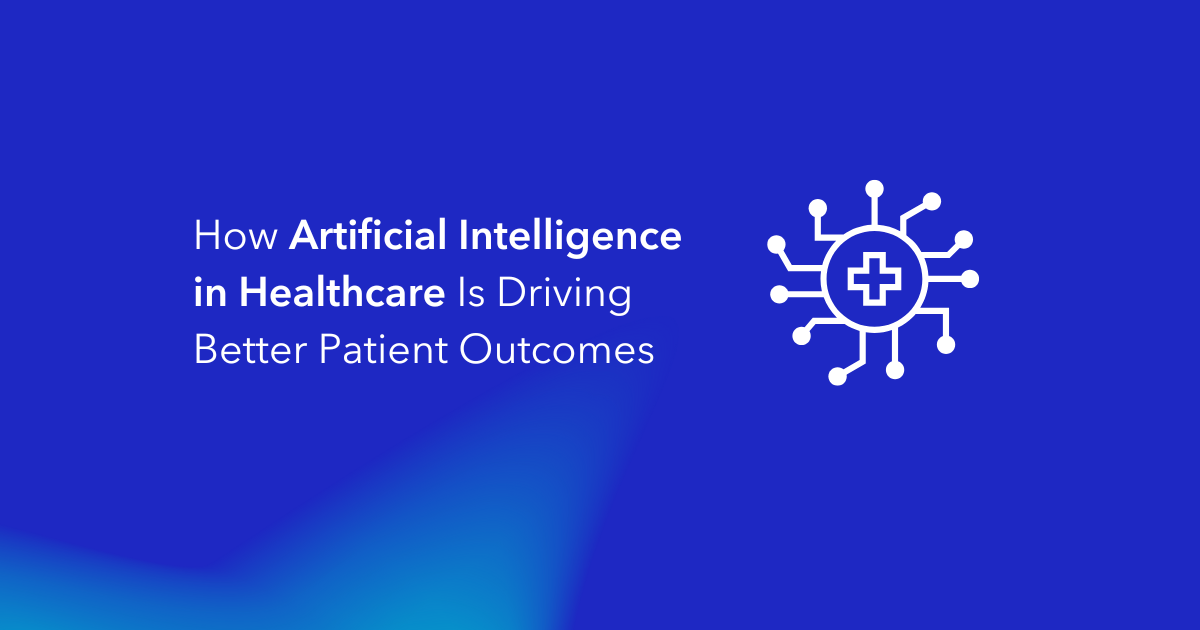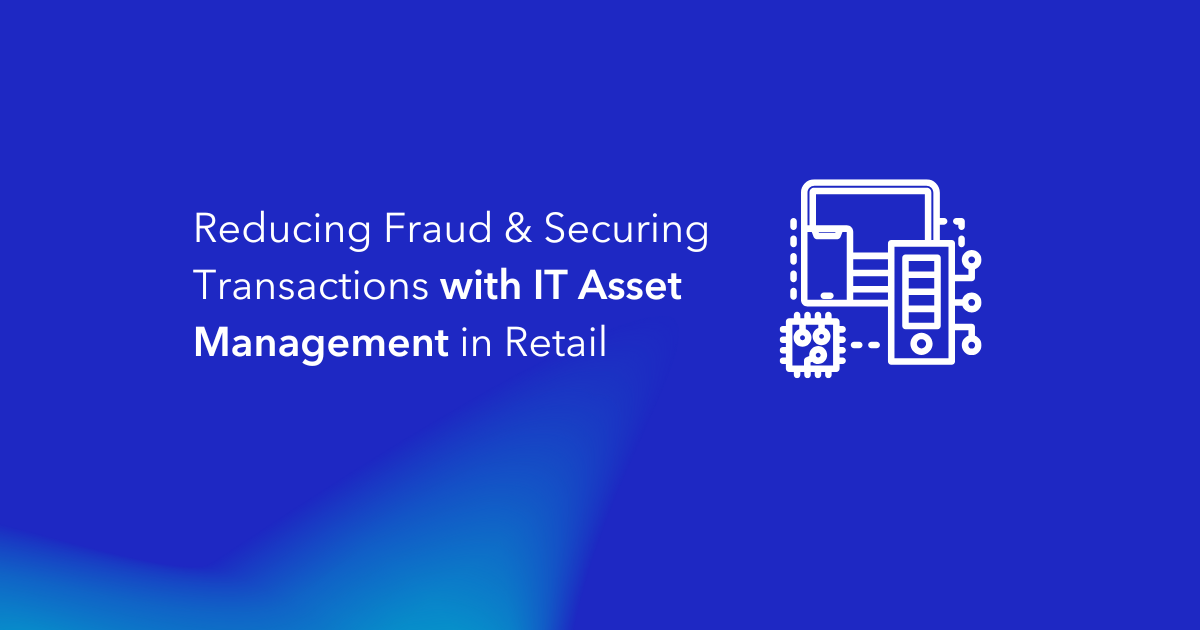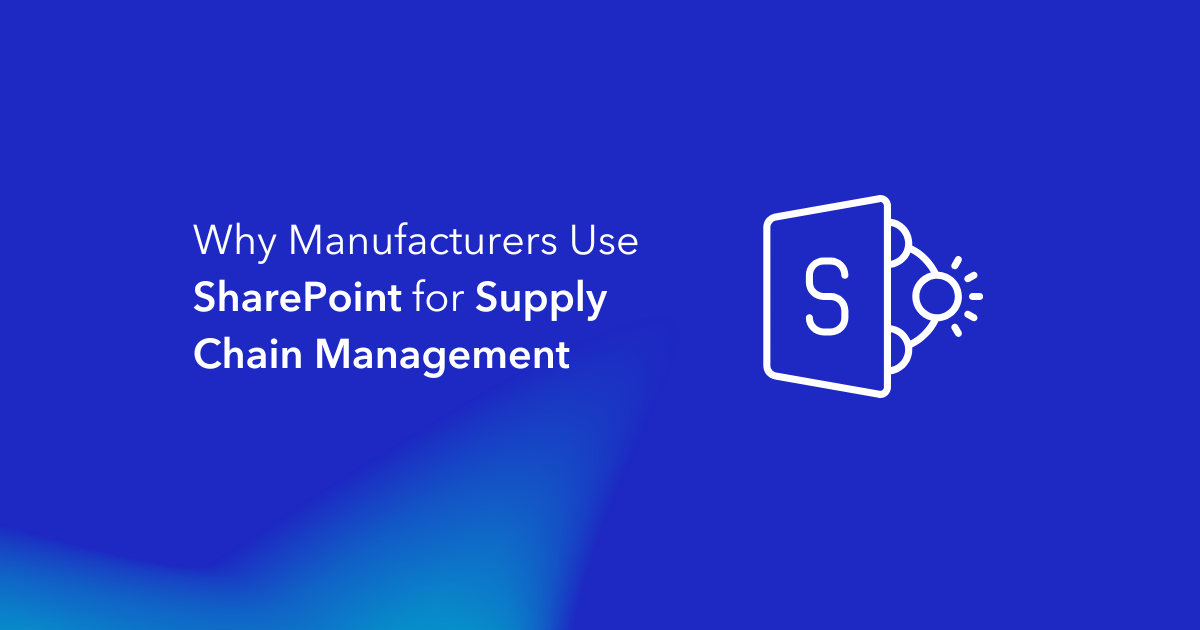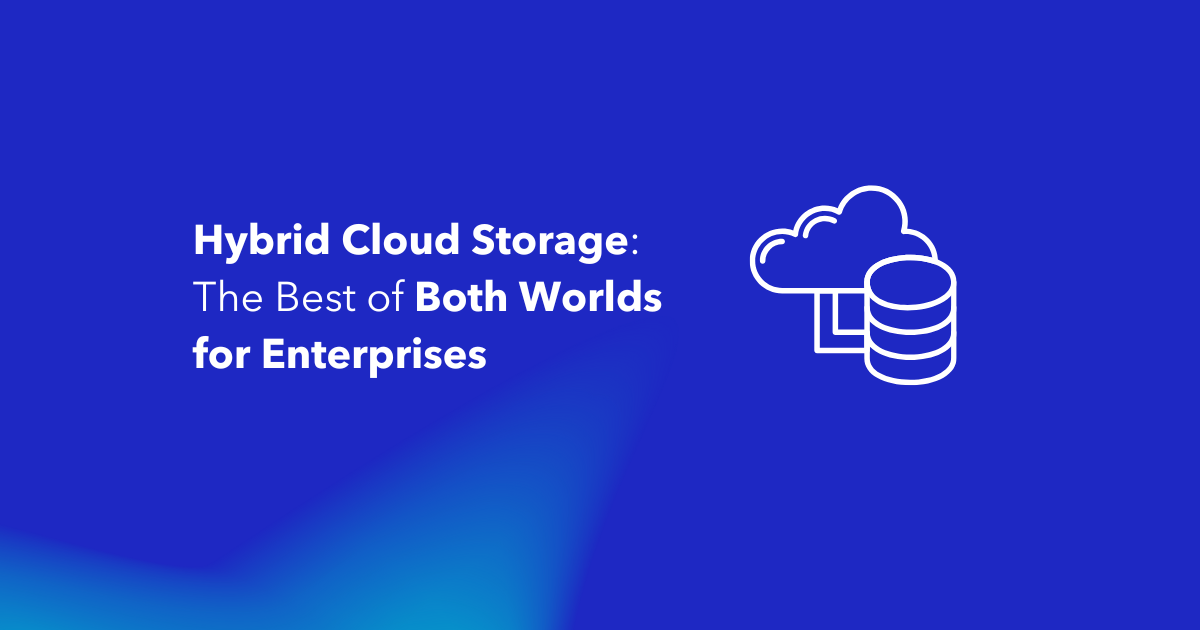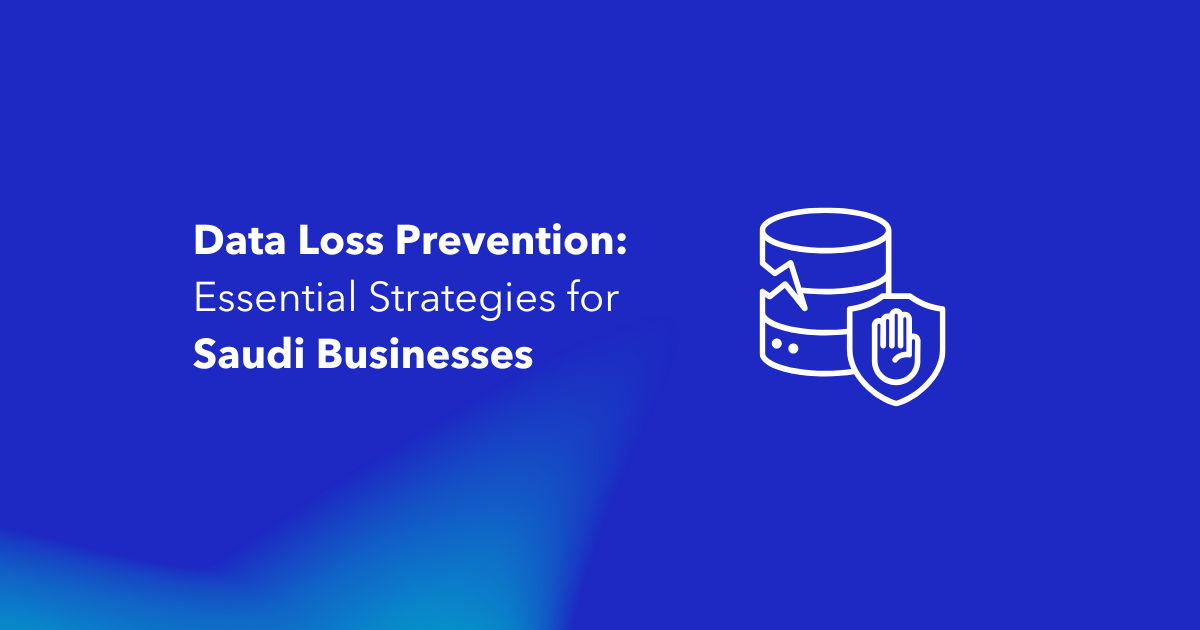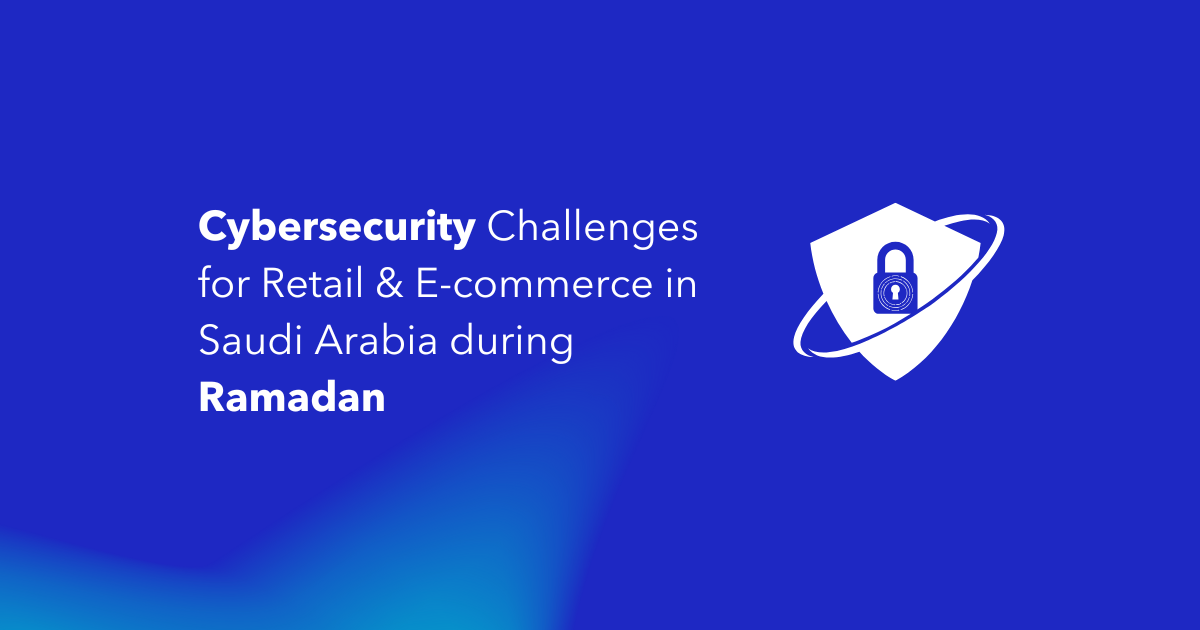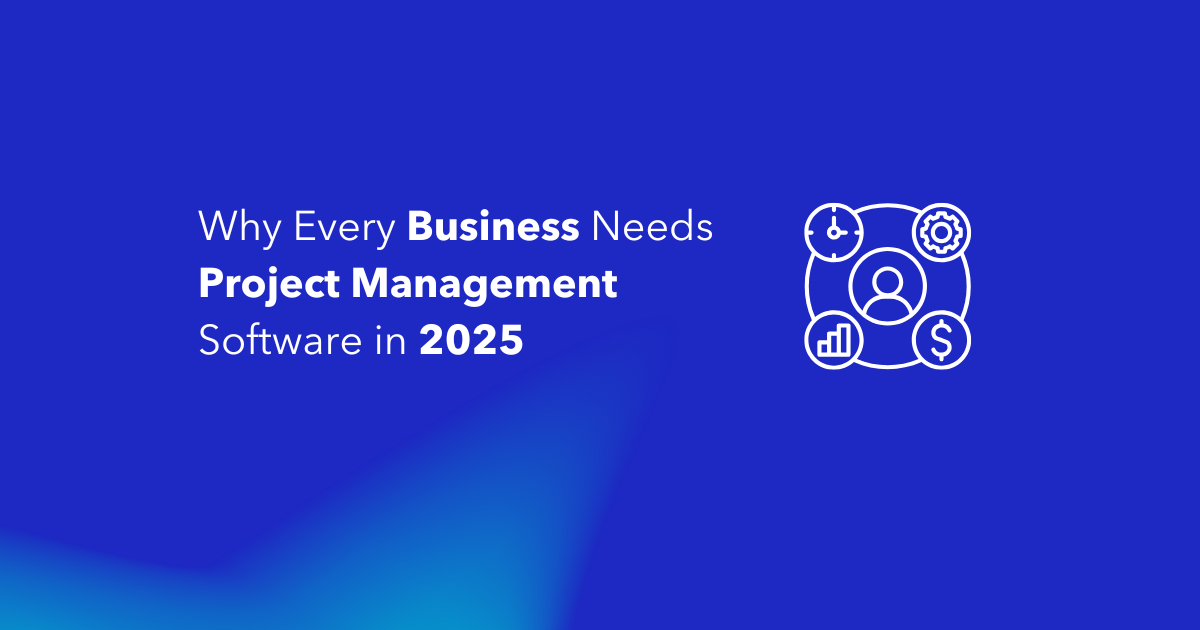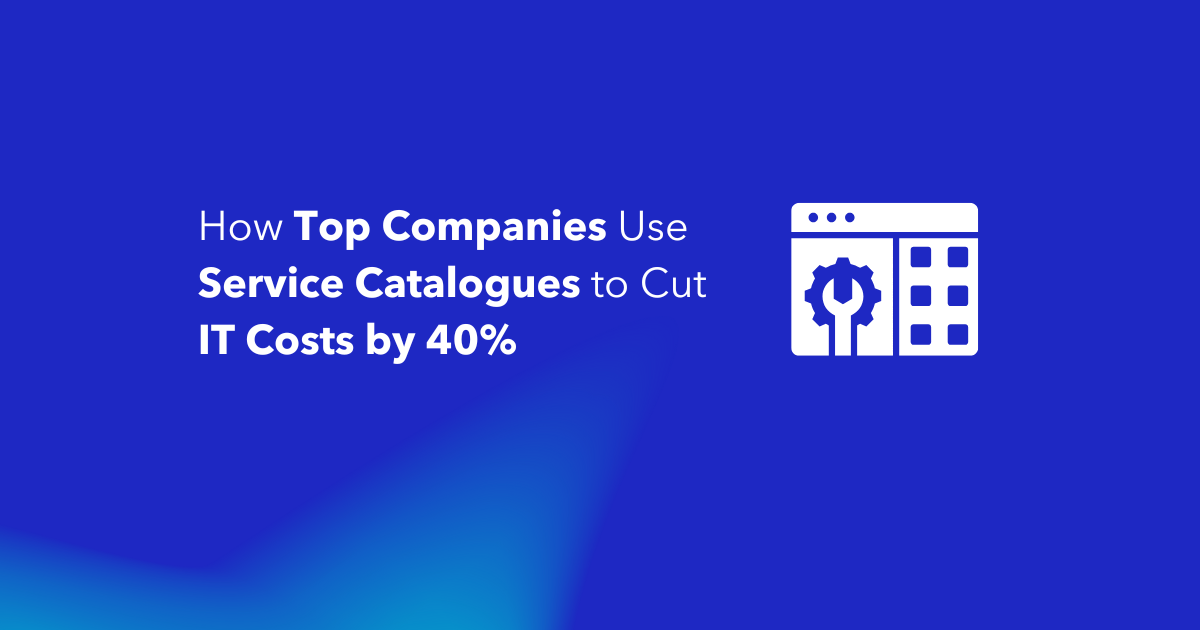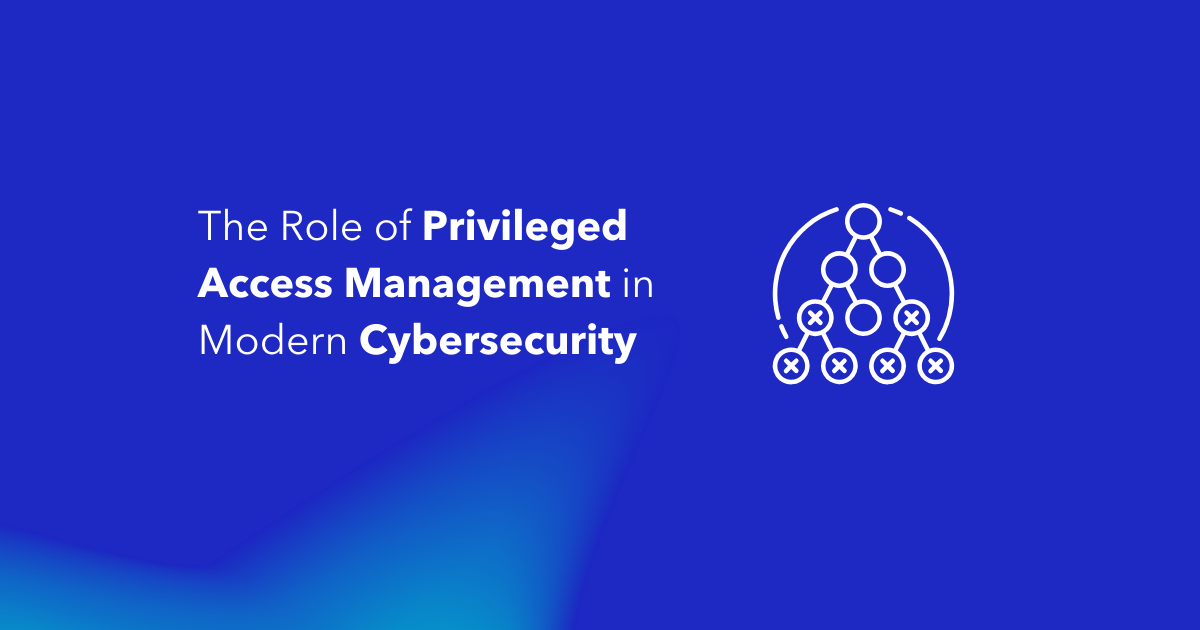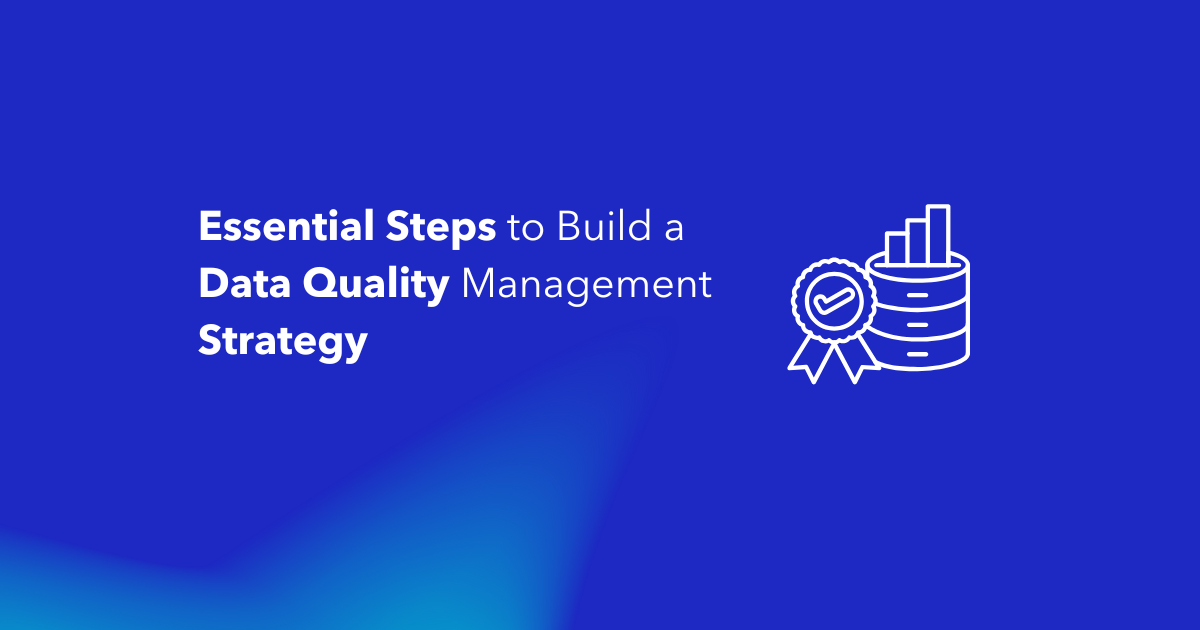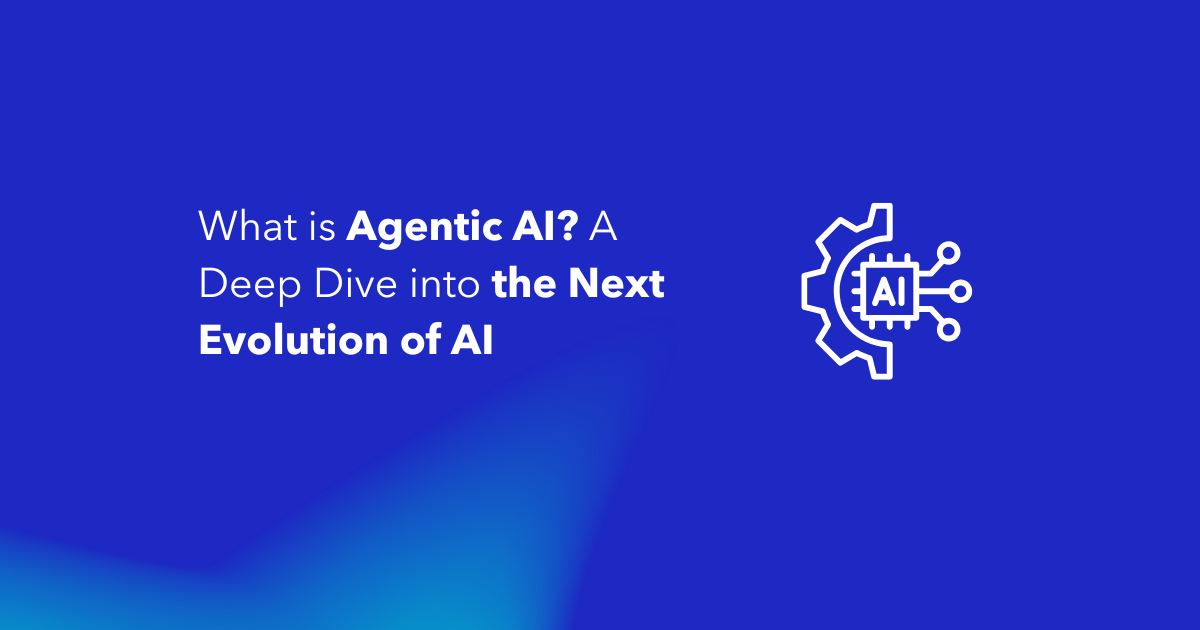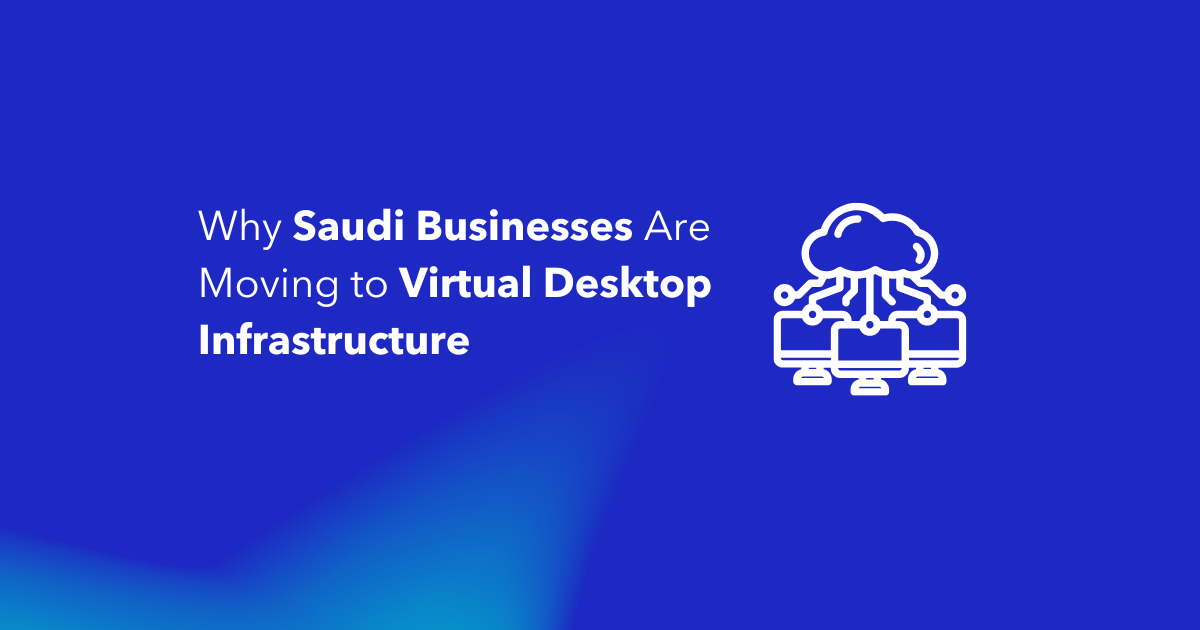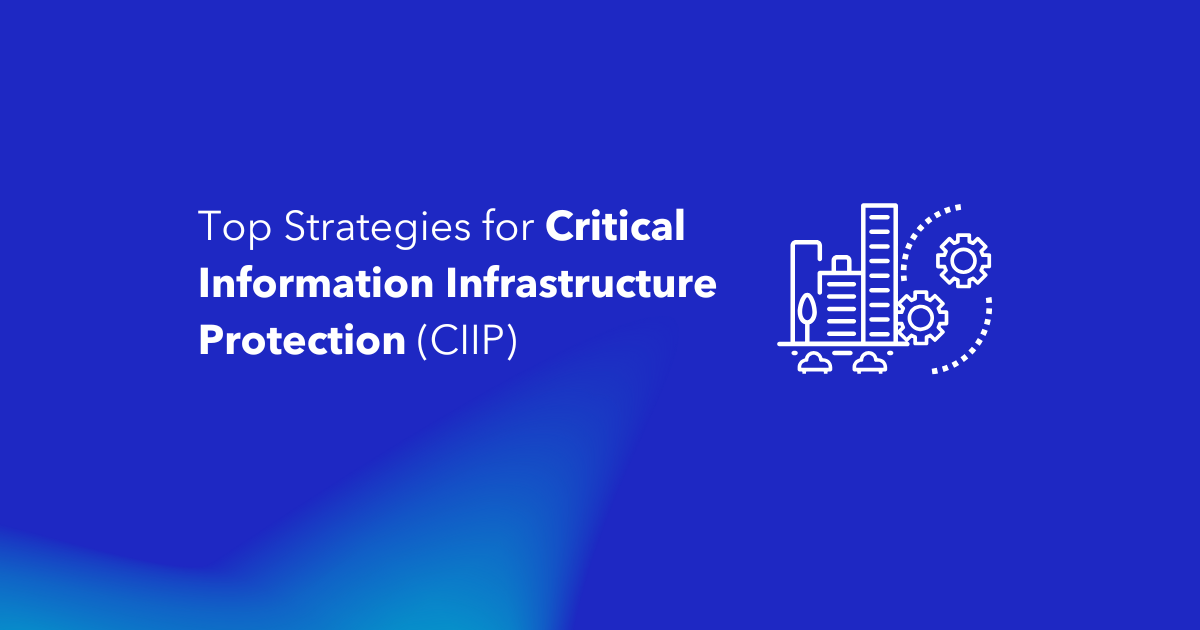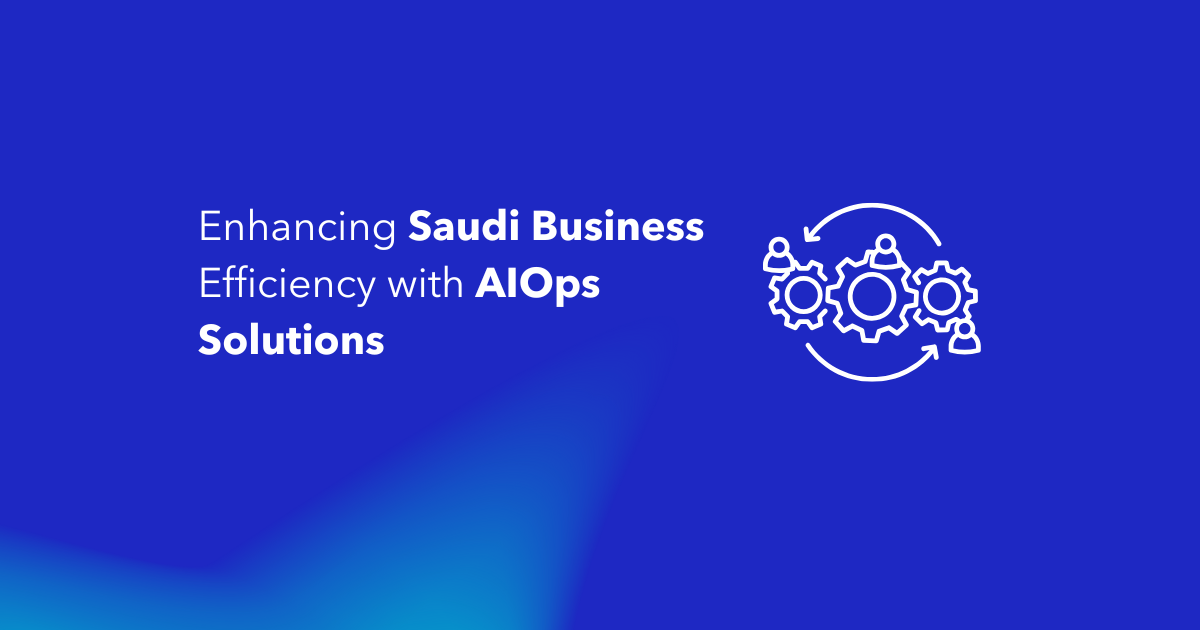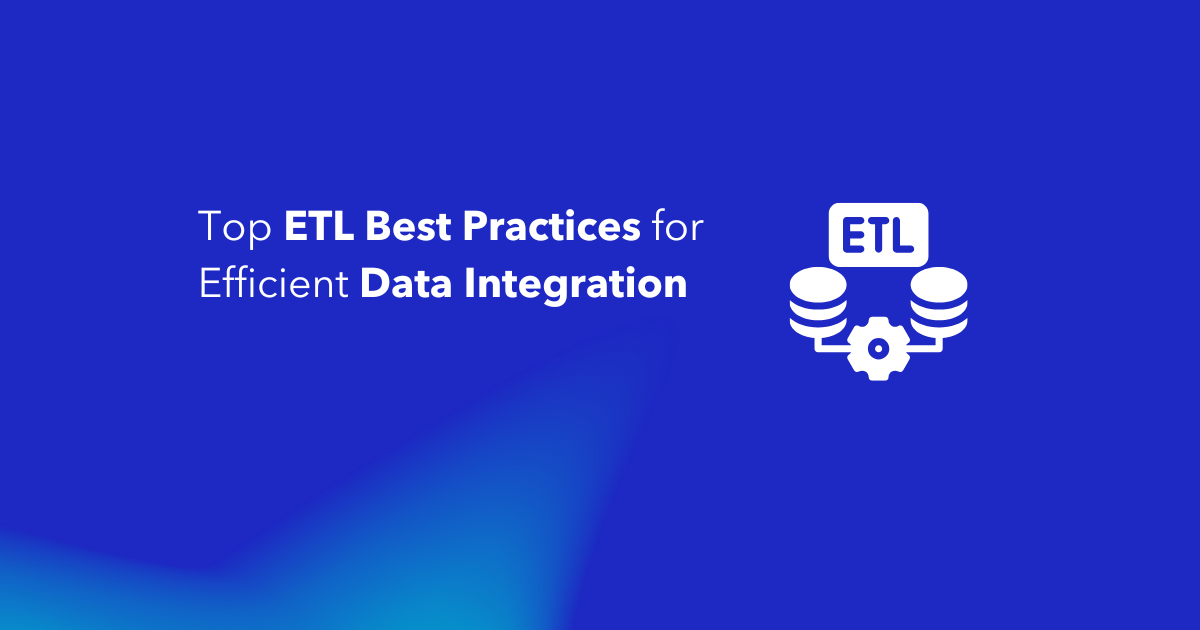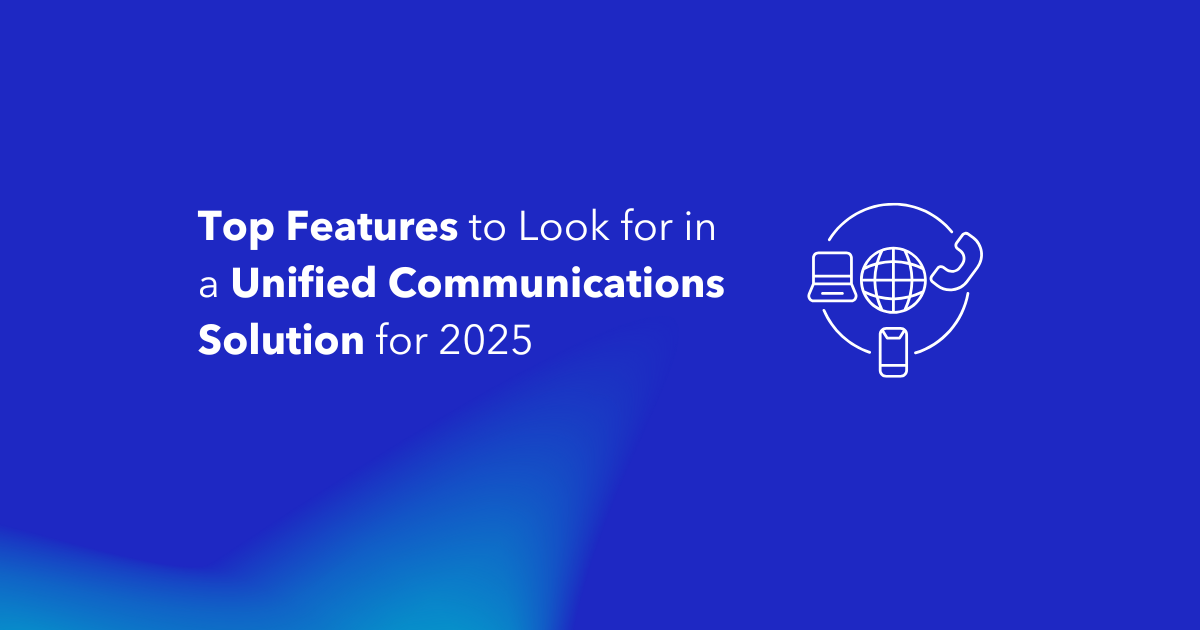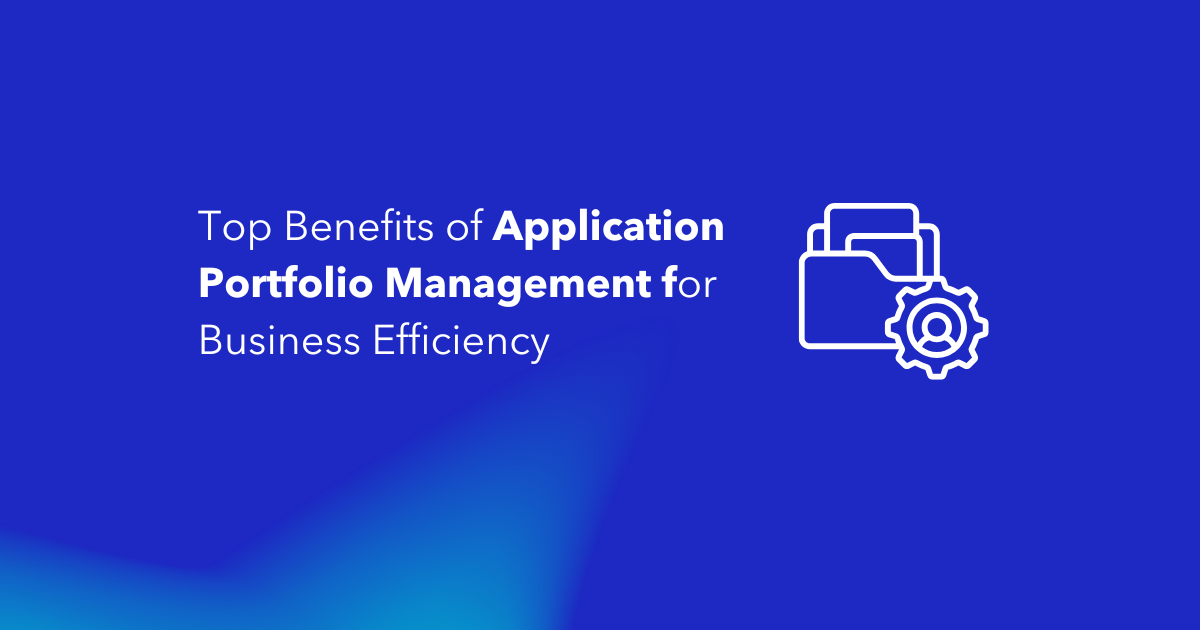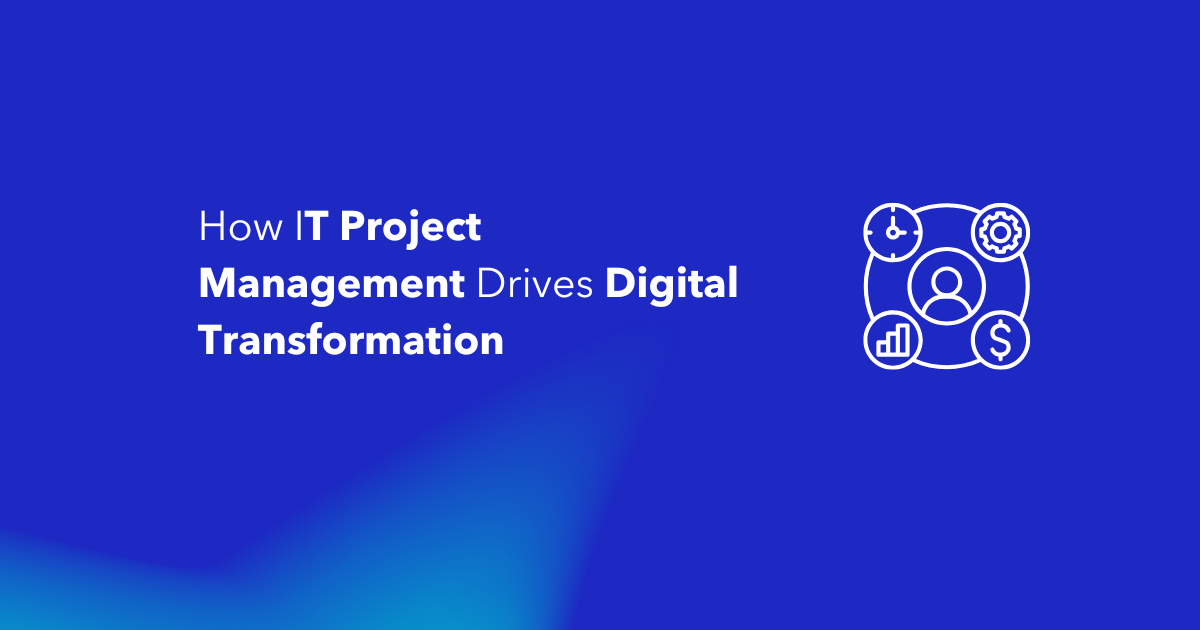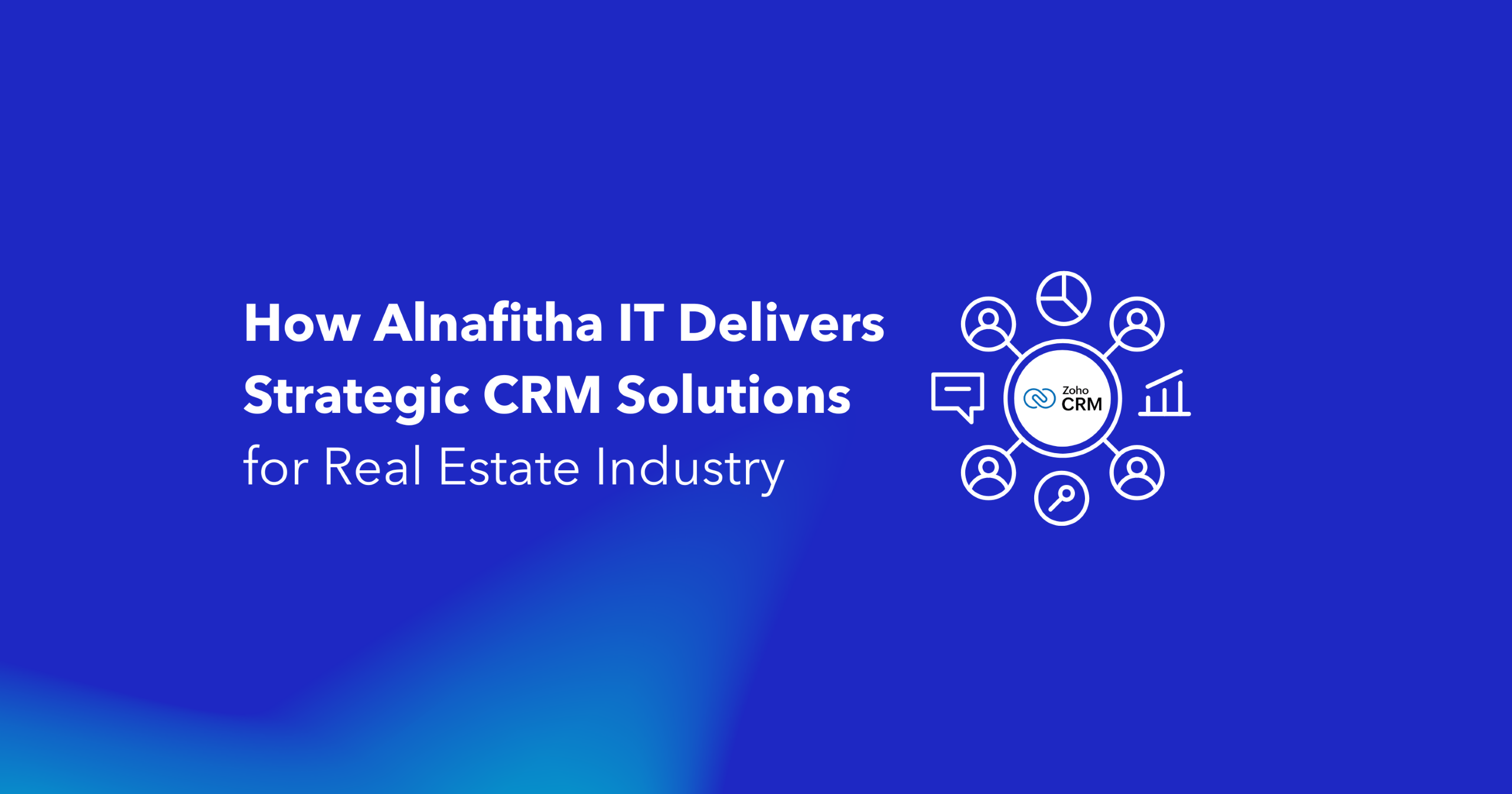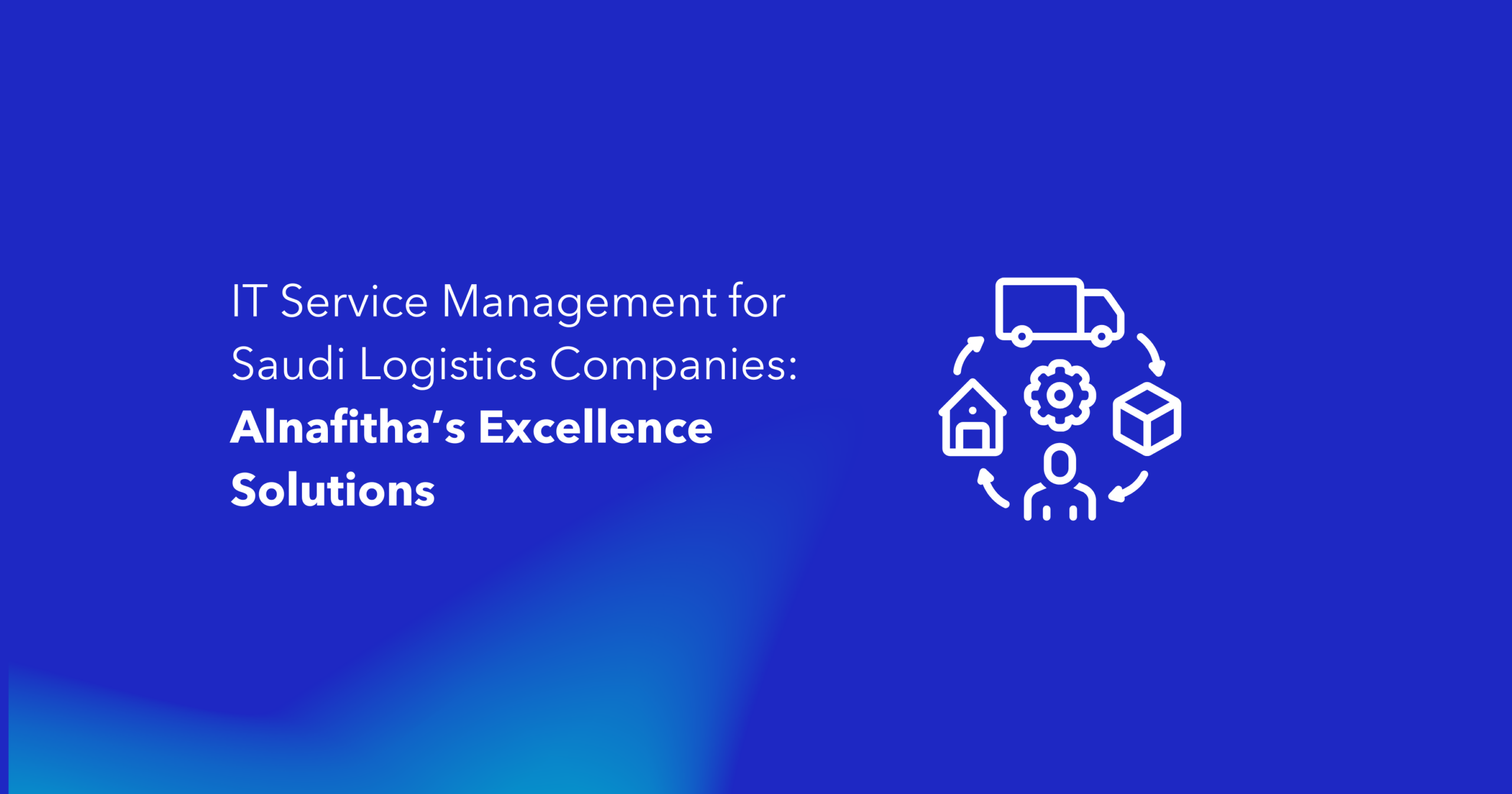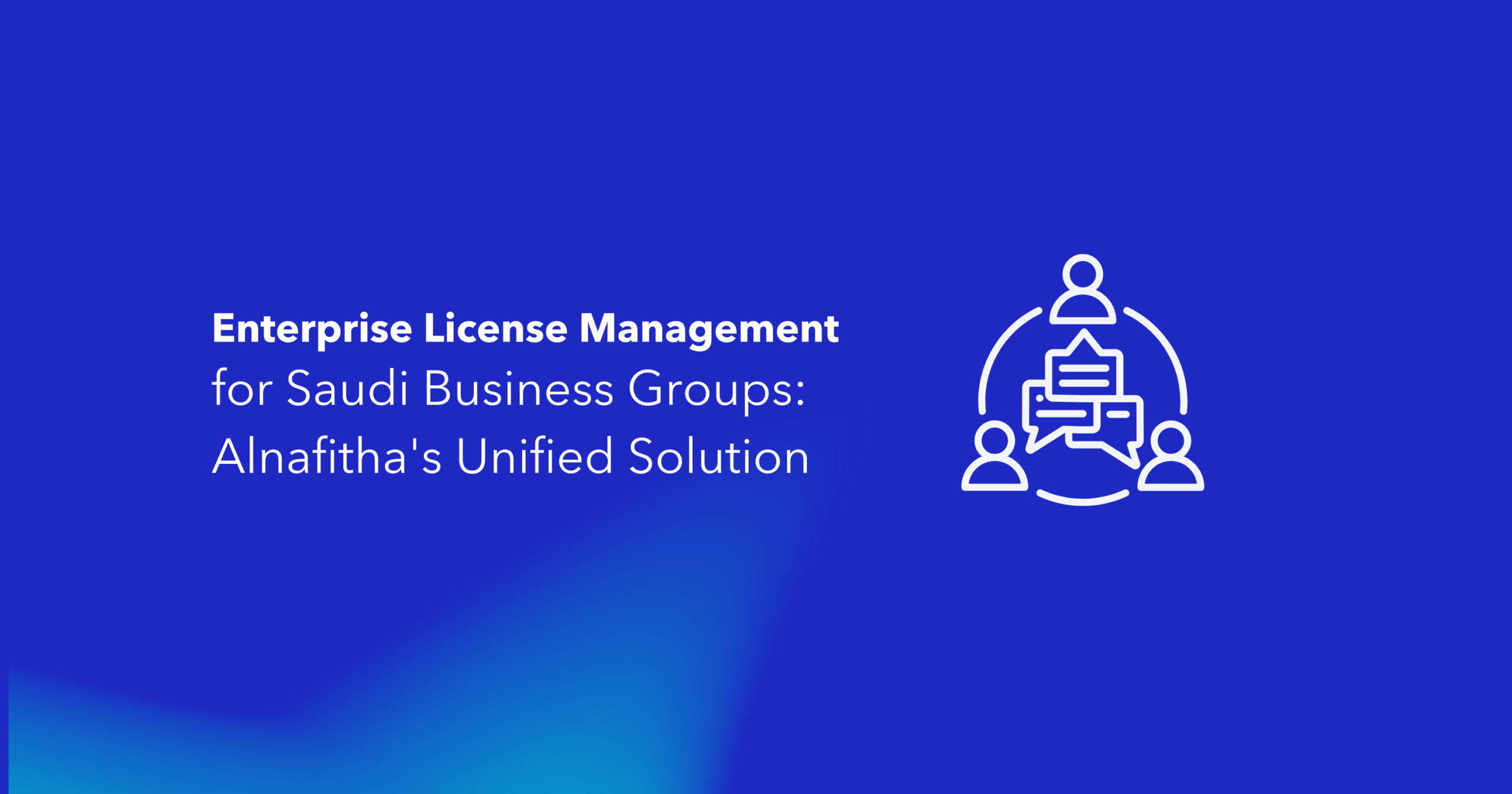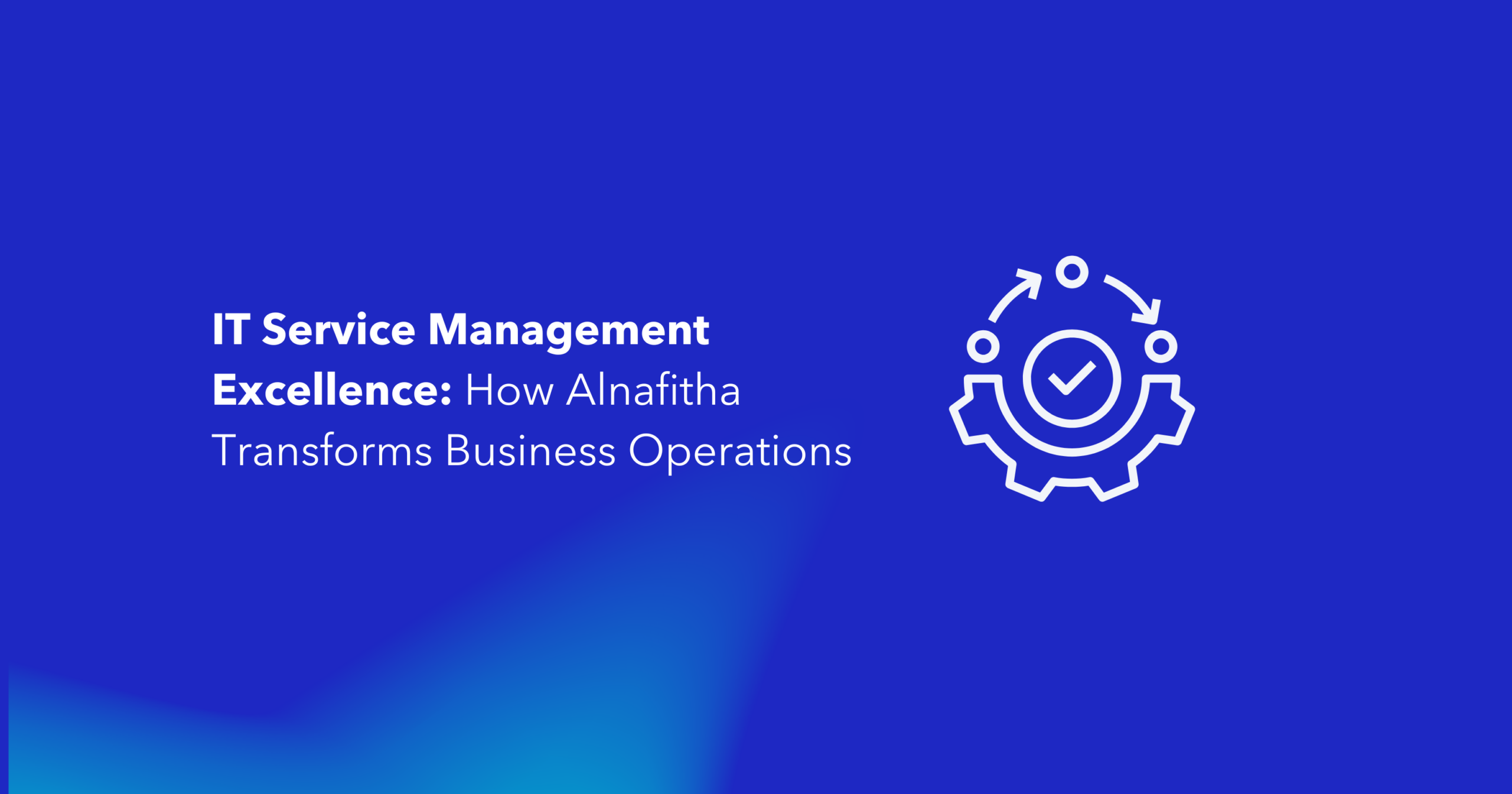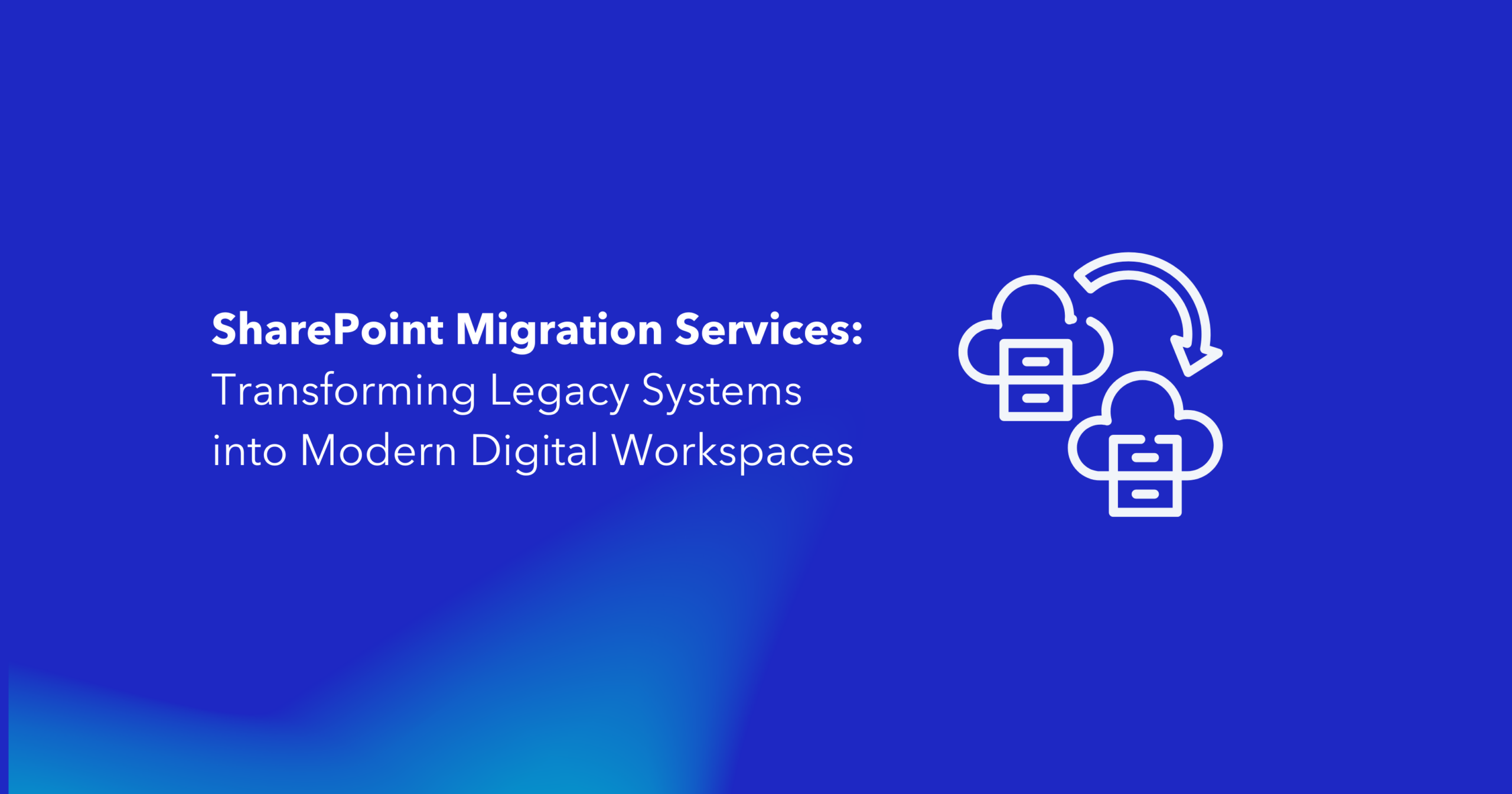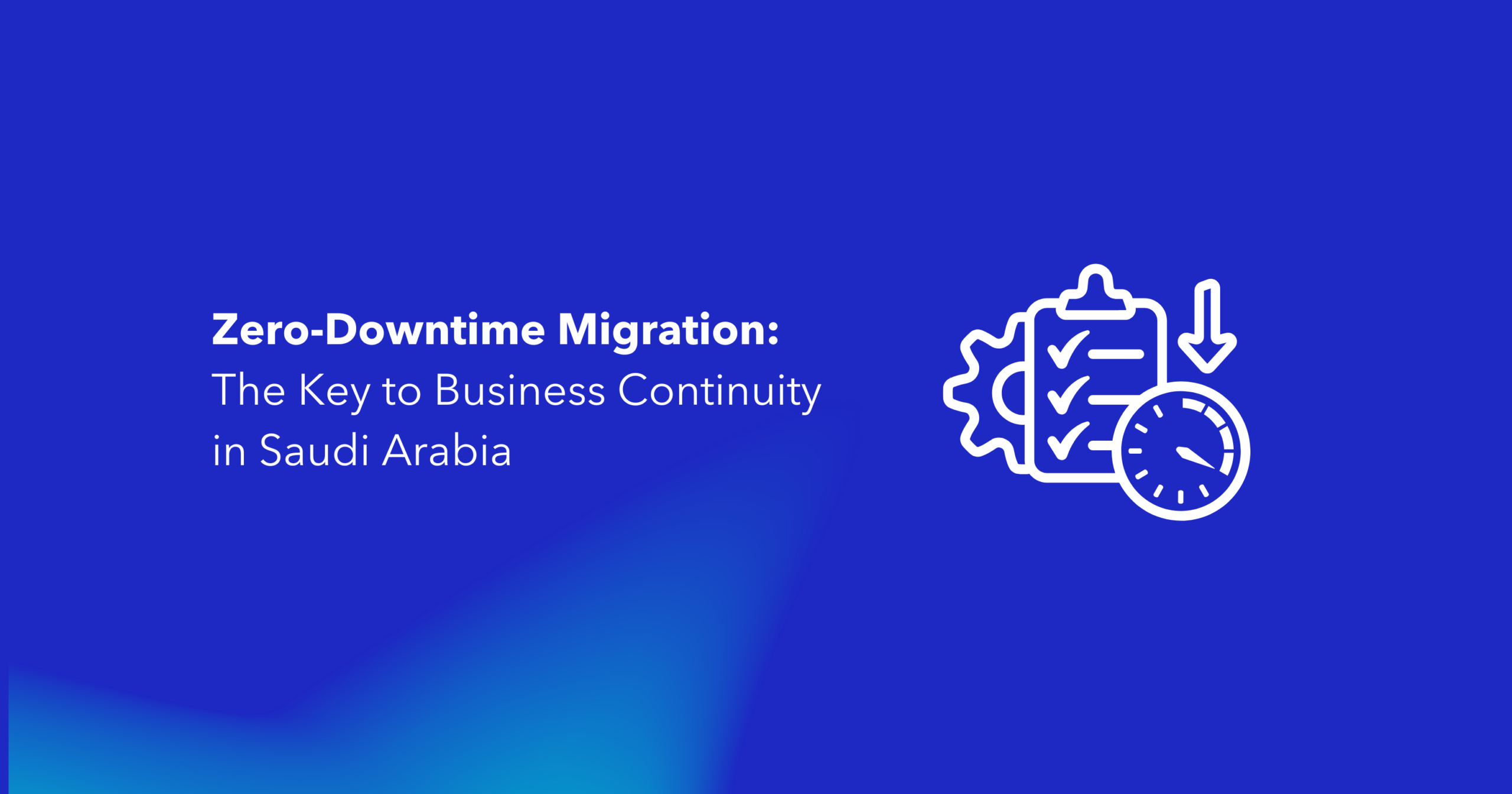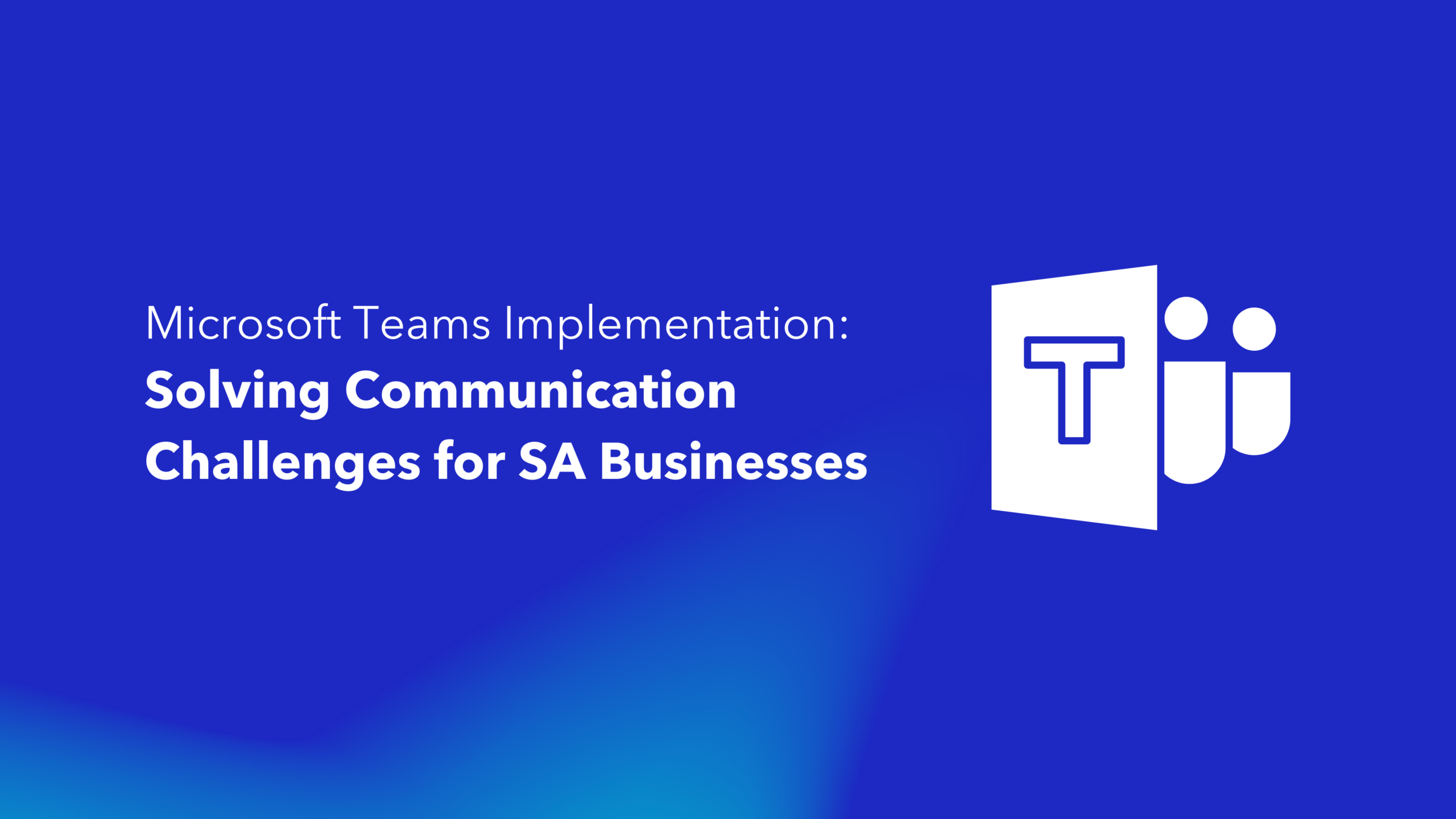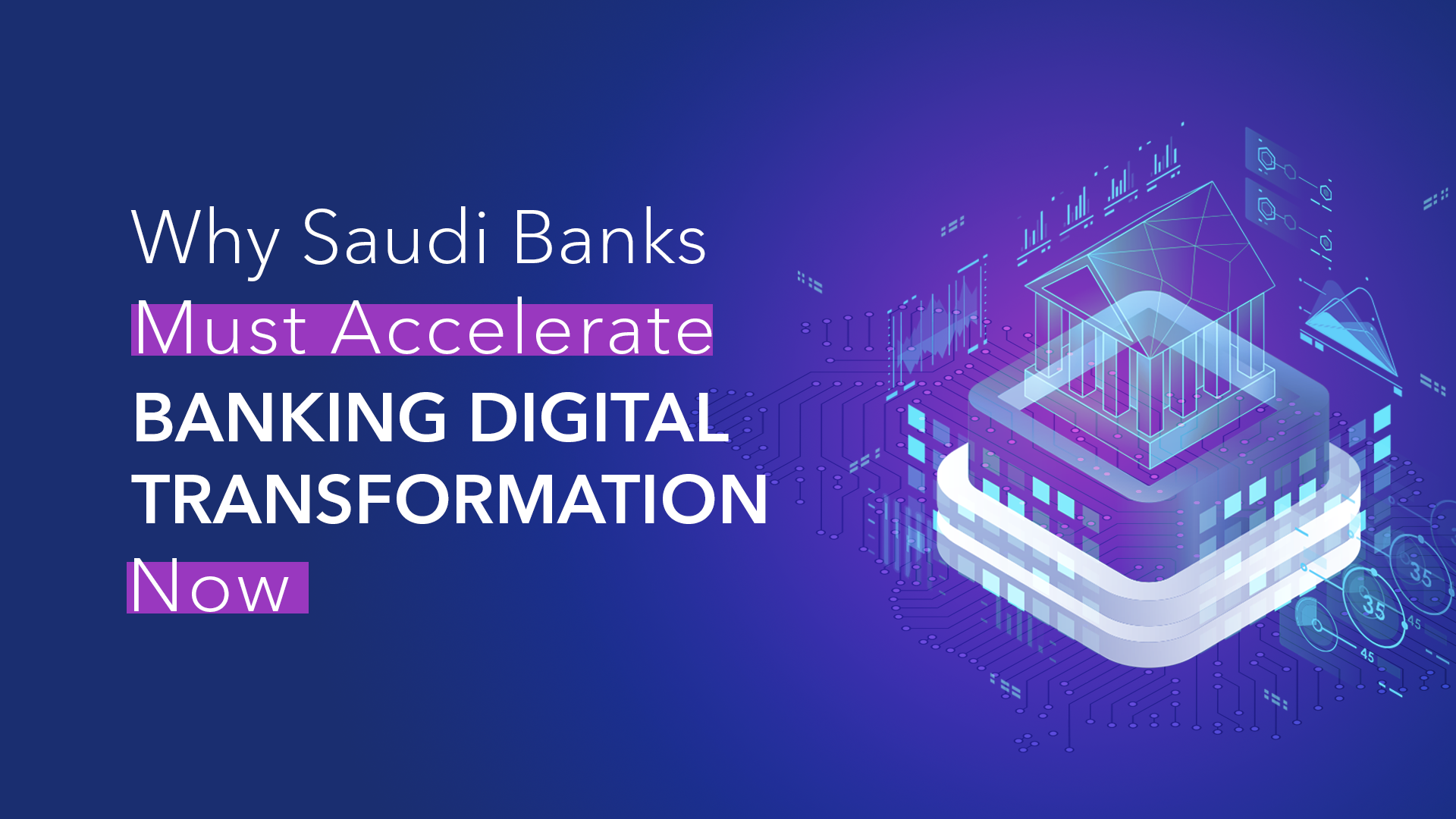Business leaders might be surprised to learn that 96% of them faced major operational disruptions in the last two years. The disruptions severely affected daily operations 76% of the time and threatened business continuity and productivity.
That’s why organizational resilience tops the priority list for 80% of executives now. Your business needs more than contingency planning to keep operations running during unexpected challenges. You just need reliable, secure, and quick remote access solutions.
Remote desktop services solve these challenges effectively. Your team can access critical applications, data, and resources from anywhere while you retain control and productivity. This piece shows 10 ways remote desktop services can strengthen your business continuity strategy. You’ll learn everything from keeping application access uninterrupted to improving collaboration in distributed teams.
1. Ensuring Uninterrupted Access to Critical Applications
Remote desktop services are the life-blood of operational stability in organizations. These services help your workforce access critical business applications easily from anywhere.
Remote Access to Essential Software
Remote desktop solutions create secure pathways to work computers, servers, and essential applications from any location. Your employees can control their work computers with up-to-the-minute responsiveness and access all resources as if they were at their desks.
Your team gets these benefits through remote desktop services:
- Instant access to office-based software and systems.
- Up-to-the-minute control of work computers for complex tasks.
- Secure connection to corporate networks through encrypted channels.
- Access to specialized applications that aren’t cloud-based.
Maintaining Productivity During Disruptions
Unexpected events might force office closures, but remote desktop services keep business operations running smoothly. IT teams can solve technical issues quickly to maintain workforce productivity even in challenging circumstances.
Remote desktop services strengthen your business continuity strategy with centralized application deployment and management. Your IT team can handle software updates, troubleshooting, and maintenance tasks efficiently without physical access to devices.
Remote desktop solutions bring substantial operational benefits. Research shows that organizations using these services face reduced downtime because employees work from alternative locations during disruptions. Your business keeps consistent productivity levels, especially when traditional office access becomes impossible.
Remote desktop gateways use SSL encryption for all communications between clients and servers to improve security and compliance. This secure framework protects sensitive data while your team accesses critical applications remotely, creating a strong foundation for sustained business operations.
2. Enhancing Data Security and Compliance
Security leads remote desktop services by providing resilient protection through advanced encryption protocols and centralized control mechanisms. Modern remote desktop solutions use TLS v1.2 and AES-256 bit encryption to protect data transmission.
Centralized Data Management
Remote desktop services excel at centralizing data storage and management operations. Your organization gets benefits from storing business resources, user personalization data, and settings securely on-premises or in cloud environments. This centralized approach makes shared access controls possible through Network Level Authentication, and users must authenticate before they establish connections.
Essential security features include:
- SSL/TLS encryption for all remote desktop sessions.
- Network Level Authentication for boosted access control.
- Regular security updates through standard Microsoft patch cycles.
- Centralized file sharing with controlled permissions.
Simplified Compliance Monitoring
Remote desktop services make compliance monitoring easier through detailed audit capabilities. The built-in monitoring console shows visibility in your remote access infrastructure. The system logs track remote user activity, connection duration, and operational status.
Remote Access monitoring targets two vital aspects: active connection monitoring and accounting history. The system tracks machine tunnel traffic connections for system-level access and user tunnel traffic connections for resource access. This dual-monitoring approach gives complete visibility of all remote activities.
Remote desktop services support various compliance frameworks to improve security governance. The system creates detailed reports that show compliance with regulatory standards. The Remote Desktop Gateway provides secure connections between remote desktop session hosts and clients, which creates a protected pathway for data transmission.
3. Facilitating Remote Work Capabilities
Recent studies show that 54% of workers prefer to maintain their remote work arrangements. This trend shows how important remote desktop services have become in modern business operations. Companies now need to adapt their infrastructure to support their scattered teams better.
Seamless Work-from-Home Transitions
Remote desktop services help companies move quickly to work-from-home setups. Some organizations have moved thousands of employees to remote environments in just weeks. These services give secure access to corporate resources through virtual desktop interfaces. Your team can stay productive whatever their location.
Remote desktop services offer these key benefits for work-from-home transitions:
- Virtual workspaces deploy quickly.
- Corporate applications work on personal devices.
- Cloud infrastructure keeps data secure.
- Remote users get simple IT support.
Supporting a Distributed Workforce
85% of managers agree that remote workers are the new normal. Remote desktop services give complete solutions to keep operations running smoothly in different locations and time zones.
Your scattered teams can access essential tools through session-based virtualization or virtual desktop infrastructure (VDI). This setup makes shared work possible whatever the geographic location. Organizations that implemented remote work solutions saw a 2-3% increase in customer satisfaction scores.
Remote desktop services without doubt strengthen your support for flexible work arrangements. Studies show 41% of employees report higher productivity when working remotely. This boost comes from secure access to work resources from any device – Windows, Mac, iOS, and Android platforms.
Remote desktop services create one unified experience for all users whatever their device choices. This standard approach and central management help your scattered workforce keep steady access to critical resources while following security rules.
4. Streamlining IT Management and Support
Organizations face unique challenges when managing IT infrastructure across multiple locations. Remote desktop services make these operations smoother through centralized control and automated management capabilities.
Centralized Application Deployment
IT teams can handle multiple systems at once using a unified management console instead of managing individual workstations. Administrators can deploy updates, adjust settings, and track system performance from one interface with this approach.
Key management capabilities include:
- Automated agent installation and configuration.
- Up-to-the-minute monitoring of remote sessions.
- Detailed logging and reporting features.
- Integrated power management tools.
Simplified Troubleshooting and Maintenance
Remote desktop services boost IT support efficiency by allowing swift issue resolution. Support teams can fix problems without needing physical access to devices. Technicians can connect to affected systems and apply solutions right after an issue surfaces.
System diagnostics, performance monitoring, and remote registry access come built into the troubleshooting tools. IT administrators can maintain healthy systems by spotting and fixing potential problems before they affect operations.
Administrators use session management features to monitor active connections, track resource usage, and optimize performance. While support once required on-site visits, modern remote desktop services allow detailed troubleshooting through secure remote connections.
The platform includes video calls and chat channels between support staff and users to streamline processes. This multi-channel approach creates clear communication during troubleshooting sessions. Users get faster solutions and better service as a result.
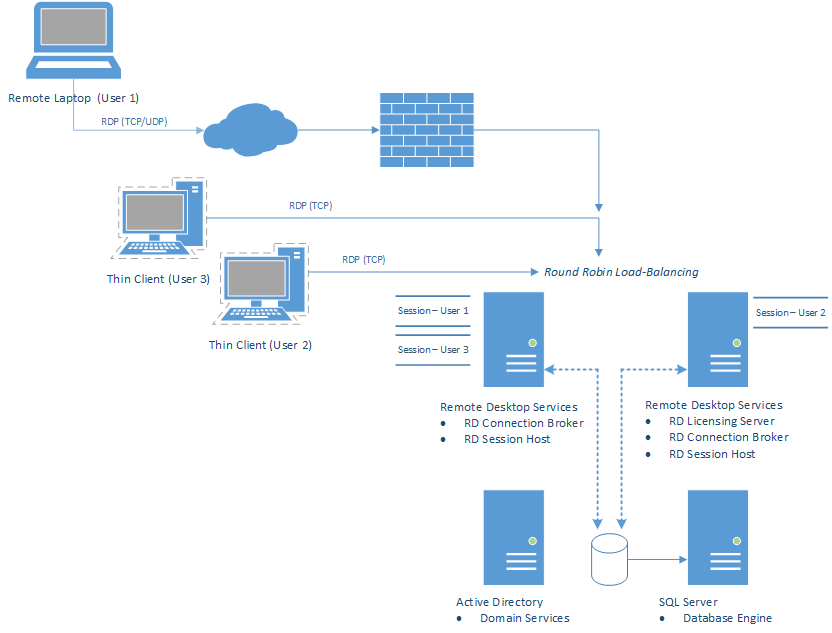
Businesses adopt remote desktop services mainly to optimize costs. Studies show these services can cut annual hardware expenses by 56% reduction in annual hardware expenses. Remote desktop solutions help organizations streamline processes and offer substantial financial benefits through lower infrastructure costs and better resource usage.
Minimizing Hardware Investments
Remote desktop services help cut capital expenses by removing the need for extensive on-site hardware. Your business saves substantially on server installation and maintenance costs. Studies show that only 15-25% of server ownership costs come from initial installation.
Key cost-saving benefits include:
- Monthly pricing you can predict based on user count.
- Less need for expensive office hardware.
- Existing devices last longer through virtual desktop infrastructure.
- No more costly server maintenance and upgrades.
Lowering Energy Consumption
Remote desktop services help businesses cut their energy bills substantially. Research shows companies that use remote solutions see major drops in power consumption through various ways.
These services help optimize energy usage with centralized power management. Tasks that need more resources run during off-peak hours. Variable-speed cooling systems and efficient hardware components also help reduce energy costs.
Your organization can save energy through:
- Lower power usage in office spaces.
- Less cooling needed for server rooms.
- Better processor power management settings.
- Less electronic waste as hardware lasts longer.
Remote desktop services are an economical solution that lets you implement Bring Your Own Device (BYOD) policies. You won’t need to give company devices to each employee since everything stays available through cloud infrastructure.
6. Enhancing Disaster Recovery Strategies
Business operations need resilient disaster recovery capabilities to guard against unexpected disruptions. We strengthened the recovery strategy through Azure Site Recovery that coordinates replication, failover, and recovery of virtual machines.
Rapid Recovery Post-Disaster
Azure Site Recovery helps restore systems quickly by supporting multiple replication technologies for virtual and physical servers. Your recovery time objective (RTO) shows how long you can accept until service comes back, while the recovery point objective (RPO) sets the maximum acceptable data loss.
Key recovery features include:
- Automated failover processes for quick service restoration.
- Support for both planned and unplanned failovers.
- Recovery plan automation through Azure Site Recovery Vault.
- Full testing capabilities for failover scenarios.
Data Redundancy and Backup
Remote desktop services boost data protection through geo-redundant deployments. Your organization can keep data available by replicating critical information across multiple Azure regions. The system works with backup approaches of all types, from cloud-based solutions to hybrid configurations.
The platform now lets you test and verify backups automatically to ensure data integrity. The Storage Spaces Direct scale-out file server with Storage Replica aids data replication between primary and secondary deployments.
Remote desktop services support object locking for cloud archives that keeps your backup data secure and unchangeable against ransomware or malicious actors. The system spots deployment failures automatically and routes user traffic to secondary locations, so resource access stays continuous.
Azure Site Recovery verifies VM compatibility through the Azure Virtual Machine Readiness Assessment tool. A successful recovery needs proper configuration and regular testing. Organizations should run disaster recovery drills using both planned and unplanned failovers to check system readiness.
7. Improving Scalability and Flexibility
Scalability is a key benefit of remote desktop services. Your organization can adapt quickly to changing business needs. Research shows that businesses using RDS can deploy new resources within minutes instead of weeks, which gives you exceptional flexibility in resource management.
Adapting to Business Growth
Remote desktop services help businesses expand through dynamic resource allocation. Your IT infrastructure scales up or down based on current needs without big hardware investments. This flexibility applies to both virtual desktops and applications. You can add computing resources like RAM, CPU, and storage whenever needed.
Here’s what you can do with these scaling features:
- Set up virtual desktops for new employees right away.
- Add resources during busy periods.
- Adjust server capacity as needed.
- Choose flexible subscription-based pricing models.
Customizing User Environments
Remote desktop services reshape how users work with their environments. The platform supports session-based virtualization and Virtual Desktop Infrastructure (VDI). These options give you tailored solutions for different user needs. The service runs on Windows, Mac, iOS, and Android platforms.
Administrators can fine-tune user experiences through custom RDP properties and specialized settings. You can also modify these properties for each virtual desktop type. This ensures peak performance for different user groups. The platform lets you customize everything from desktop looks to application access controls.
RDP settings improve the audio/visual experience when configured properly. These customizations need more network bandwidth but work great for users who run specialized applications or need better multimedia capabilities.
You can deploy the platform on-premises or in the cloud. This hybrid approach lets your organization keep existing infrastructure while moving to cloud services step by step. Your IT environment’s transition stays smooth and controlled.
8. Strengthening Security Measures
Reliable security measures are the foundation of dependable remote desktop services. Multi-factor authentication (MFA) reduces security breach risks by up to 99.9%. Network Level Authentication (NLA) works as the first defense layer and proves user credentials before establishing connections.
Better Access Controls
Multi-factor authentication makes remote desktop security stronger through multiple verification layers. Users must prove their identity with various factors like smartphones, hardware tokens, or biometric authentication. Access control policies define user permissions based on their roles and responsibilities.
These security features will give you better access control:
- Account lockout policies preventing brute force attacks.
- Role-based access control (RBAC) for granular permissions.
- Network Level Authentication requirement.
- IP-based access restrictions.
- Encrypted session management.
Regular Security Updates
Security updates work as vital defense mechanisms against evolving cyber threats. The Remote Desktop Protocol (RDP) gets regular patches through standard Microsoft update cycles. Automated patch management solutions make the update deployment process smoother and ensure consistent security across multiple RDP servers.
Update management strategy needs detailed testing in controlled environments before deployment. This approach helps verify compatibility with existing infrastructure and minimizes operational disruptions. System administrators used to rely on manual updates, but automated tools now enable scheduled maintenance during off-peak hours.
The platform needs regular audits of software vendors’ release notes and security advisories to maintain optimal security. This proactive approach helps identify and fix potential vulnerabilities before they affect operations. Transport Layer Security (TLS) improves security by creating encrypted communication channels between clients and servers.
Remote desktop services support various compliance frameworks through detailed activity logging and monitoring. The system tracks machine tunnel traffic connections and creates detailed reports that prove regulatory adherence. This dual-monitoring approach gives complete visibility of remote activities while maintaining security standards.
9. Supporting Compliance with Industry Standards
Organizations implementing remote desktop services must stay compliant with industry regulations. Non-compliance can cost companies millions in penalties. A resilient infrastructure helps businesses remain sustainable.
Simplifying Audit Processes
We streamlined audit procedures through automated monitoring and complete logging capabilities. The built-in audit console keeps track of user activities, connection times, and system access patterns. The services now support machine tunnel traffic connections for system-level access and user tunnel traffic connections for resource access.
Remote desktop audit features give you these advantages:
- Immediate visibility into remote desktop activities.
- Centralized management of audit trails.
- Automated report generation for compliance verification.
- Complete session monitoring capabilities.
Meeting Regulatory Requirements
Remote desktop services work with multiple regulatory frameworks that help organizations meet strict compliance standards. The platform works with regulations of all types, including HIPAA for healthcare, GDPR for data privacy, and PCI DSS for payment card security. Organizations can also implement additional compliance standards through Microsoft Defender for Cloud.
The services let you control privileged accounts with precision to improve compliance management. Access to sensitive systems gets restricted based on roles and responsibilities. Automated tools now monitor and enforce security policies consistently across systems, replacing manual compliance processes.
The platform includes complete logging and monitoring solutions that maintain industry compliance. Regular security audits detect and fix vulnerabilities in the remote desktop infrastructure. This ensures continuous adherence to compliance requirements. Organizations can prove compliance through detailed reports that track user activity over remote connections.
Built-in features for data protection and access control make compliance easier. These include encrypted communications, multi-factor authentication, and detailed activity logging. The system tracks and documents remote access activities automatically. This gives evidence-based insights into user behavior and creates an audit trail when someone asks about compliance.
10. Enhancing Collaboration and Communication
Remote collaboration tools are changing the way teams work together in distributed environments. Studies show that 97% of workers now seek some form of remote work arrangement. This makes communication tools crucial for business success.
Real-Time Data Sharing
Teams can share data with multiple parties at once through remote desktop services. Your teams can work together on projects in real-time through virtual whiteboards and shared workspaces. This helps maintain productivity no matter where team members are located.
The platform offers 64,000 separate channels for data transmission. This ensures smooth information flow in networks of all types. The current capabilities include:
- Virtual workspace sharing for collaborative projects.
- Real-time document editing and review.
- Smooth file sharing through cloud storage.
- Integrated project management dashboards.
Integrated Communication Tools
Remote desktop services come with complete communication features that promote team connectivity. The platform brings together voice calling, video conferencing, and messaging in one streamlined experience. These integrated tools support both real-time and delayed communication. This helps teams work across different schedules and time zones.
Your teams get advanced collaboration features that were once limited to specialized solutions. These include integrated video conferencing solutions, VoIP calls, and instant messaging. A clear communication protocol helps teams decide which tools to use for work-related interactions. This ensures consistent and effective collaboration.
Remote desktop services have shown promising results with spatial audio technology. It reduces cognitive load and improves speech clarity. Combined with video conferencing, this creates an immersive environment similar to in-person meetings.
Teams can connect through Windows, Mac, iOS, or Android platforms. This cross-platform functionality makes collaboration smooth whatever device you choose. Such flexibility builds stronger team relationships and improves overall collaboration efficiency.
Comparison Table
Feature | Key Benefits | Implementation Aspects | Notable Statistics/Data |
Uninterrupted Access | • Quick access to office software | • Centralized application deployment | 96% of business leaders faced operational disruptions in the last 2 years |
Data Security | • Central data storage | • TLS v1.2 and AES-256 encryption | Supports multiple compliance frameworks with detailed coverage |
Remote Work | • Access from any device | • Session-based virtualization | 54% of workers prefer remote work arrangements; 41% show higher productivity |
IT Management | • Central control | • Unified management console | Makes shared management of multiple systems possible |
Cost Reduction | • Lower hardware costs | • BYOD policies | Up to 56% reduction in yearly hardware costs |
Disaster Recovery | • Quick system restore | • Azure Site Recovery | Supports multiple replication technologies for virtual and physical servers |
Scalability | • Dynamic resource use | • On-demand scaling | New resources deploy within minutes instead of weeks |
Security Measures | • Multi-factor authentication | • Network Level Authentication | MFA reduces security breach risks by 99.9% |
Compliance Support | • Automated tracking | • Built-in audit console | Supports HIPAA, GDPR, and PCI DSS compliance needs |
Collaboration | • Live data sharing | • Virtual whiteboards | 97% of workers want some form of remote work |
Conclusion
Remote desktop services are vital tools that keep businesses running smoothly in today’s ever-changing environment. Your business can get secure access to critical resources, better data protection, and simplified IT management. Teams working from different locations stay productive while operational costs go down.
The numbers tell a compelling story. Companies using remote desktop services cut their hardware costs by 56% and boost employee productivity by 41%. Your business’s disaster recovery capabilities become stronger through complete security measures that ensure regulatory compliance.
Alnafitha IT’s mutually beneficial alliances with global tech providers make it your ideal partner for remote desktop services. Their team knows how to protect your business operations and make them run better.
The technology behind remote desktop services keeps getting better with new features that match your changing business needs. Your organization stays ahead of competitors through secure and flexible operations, whatever challenges come your way.
